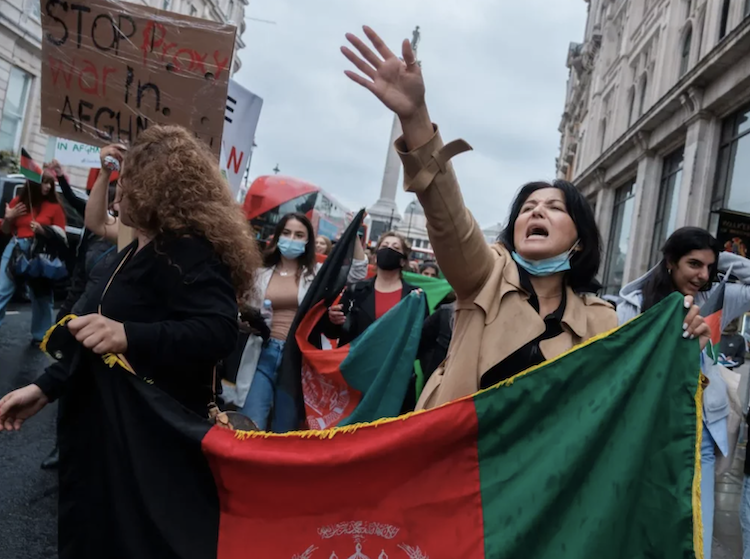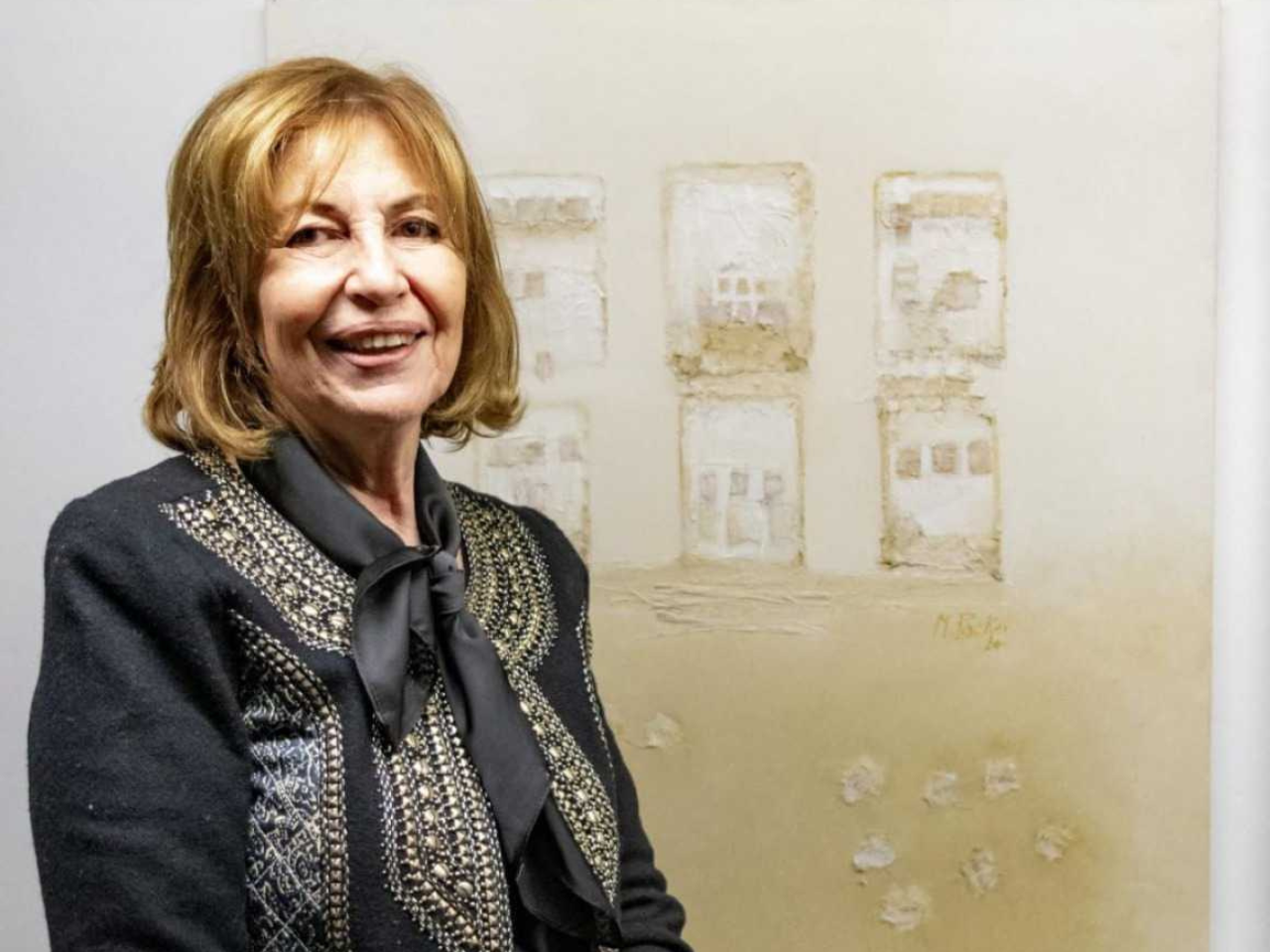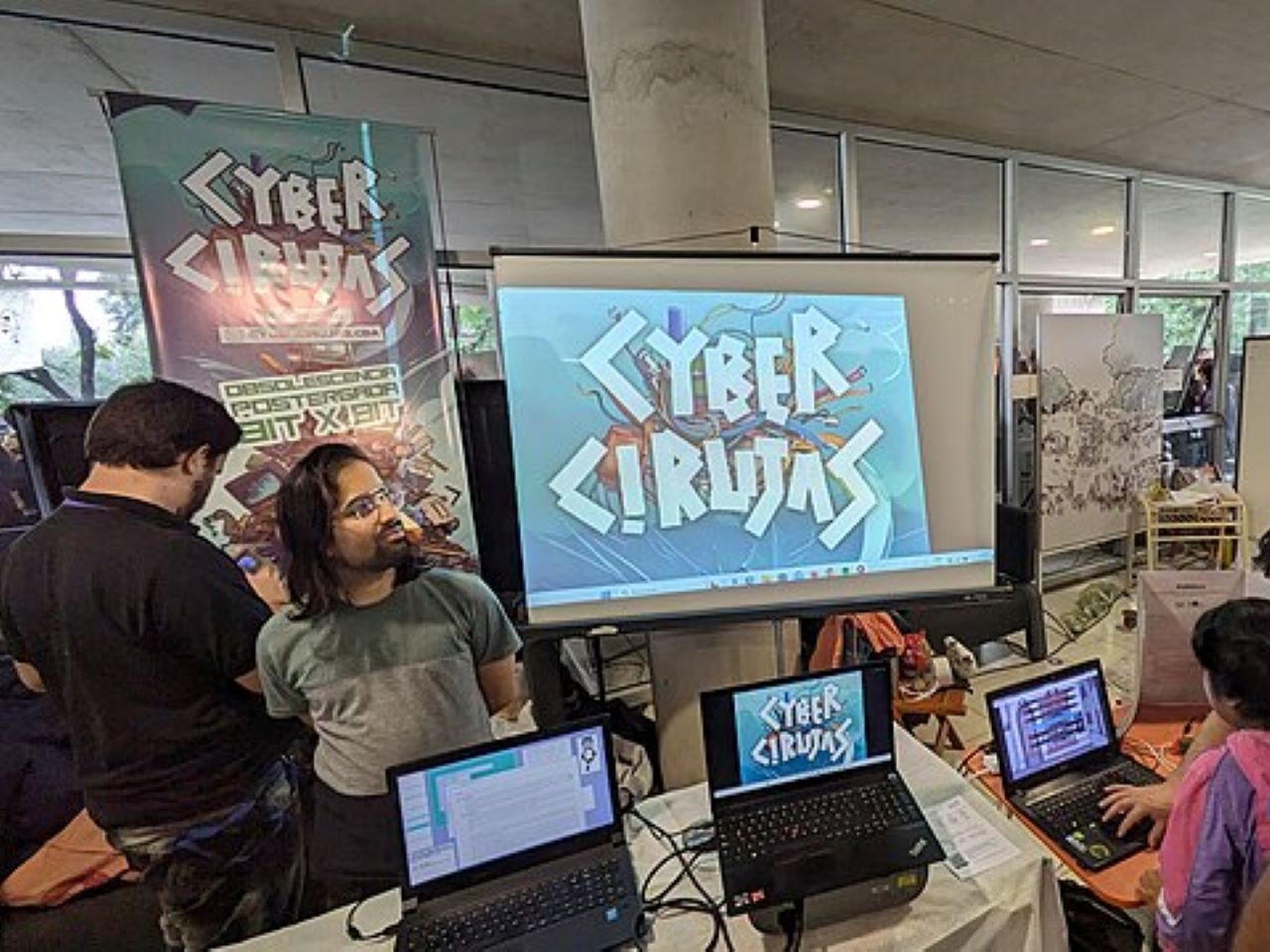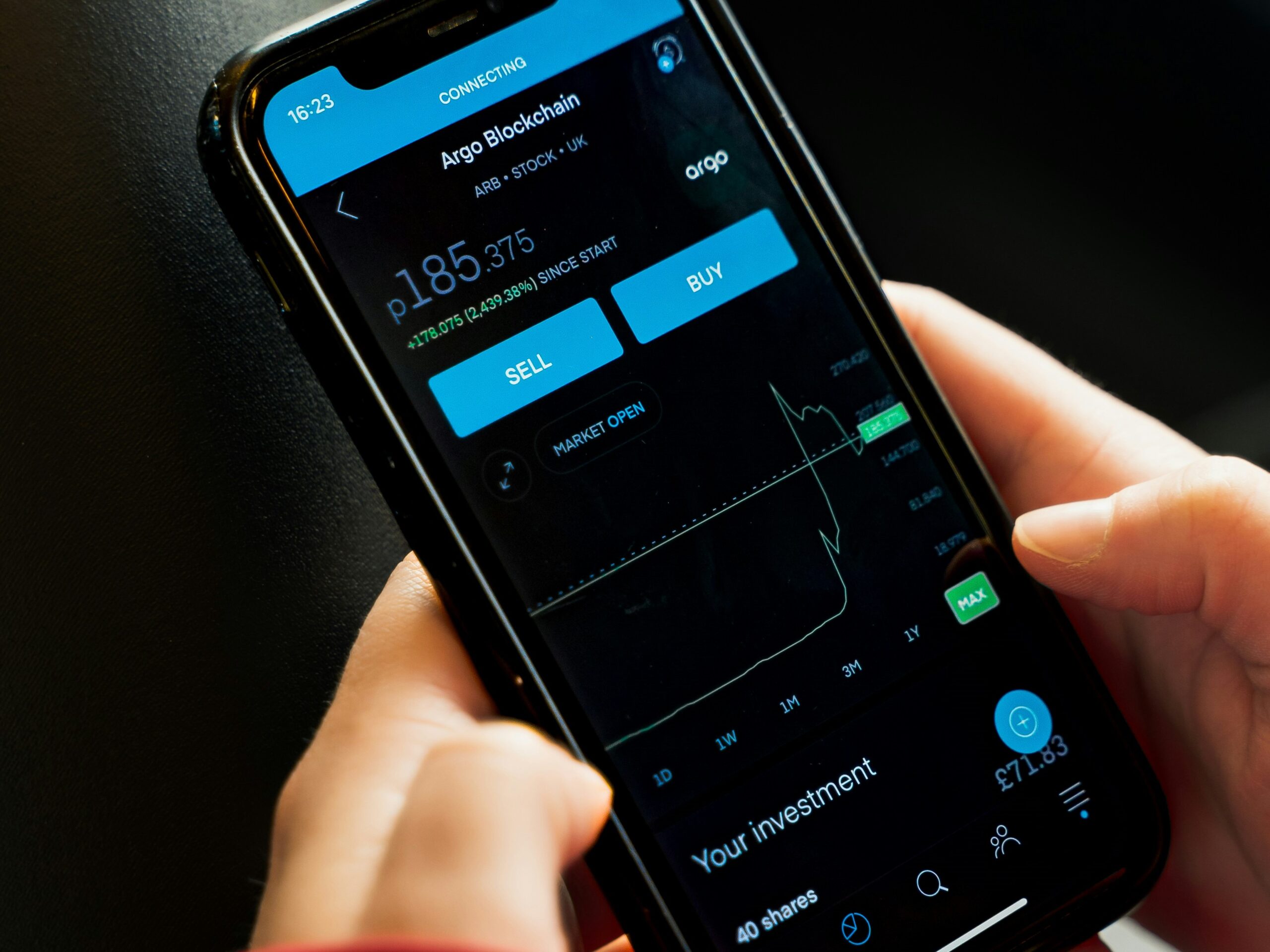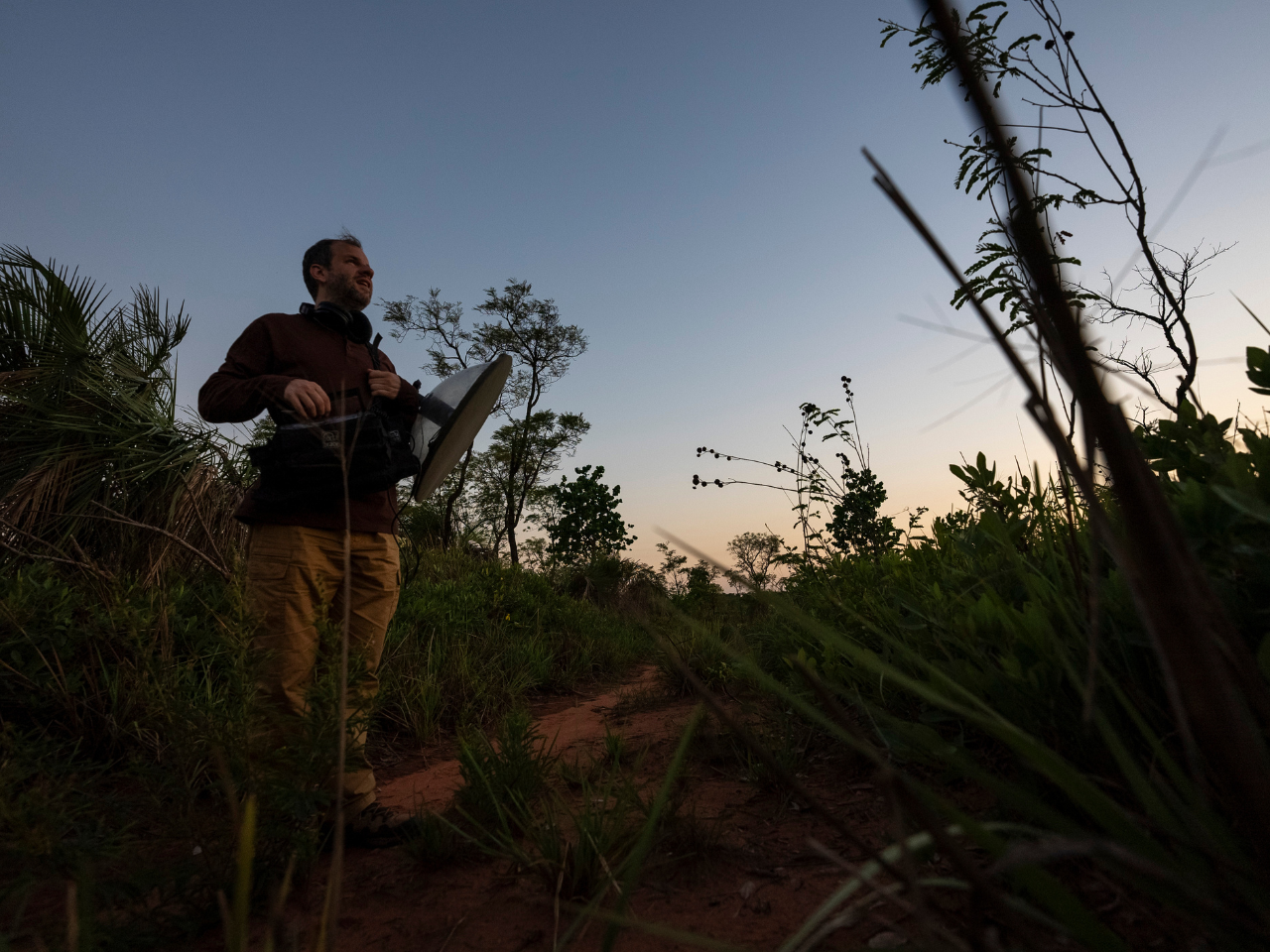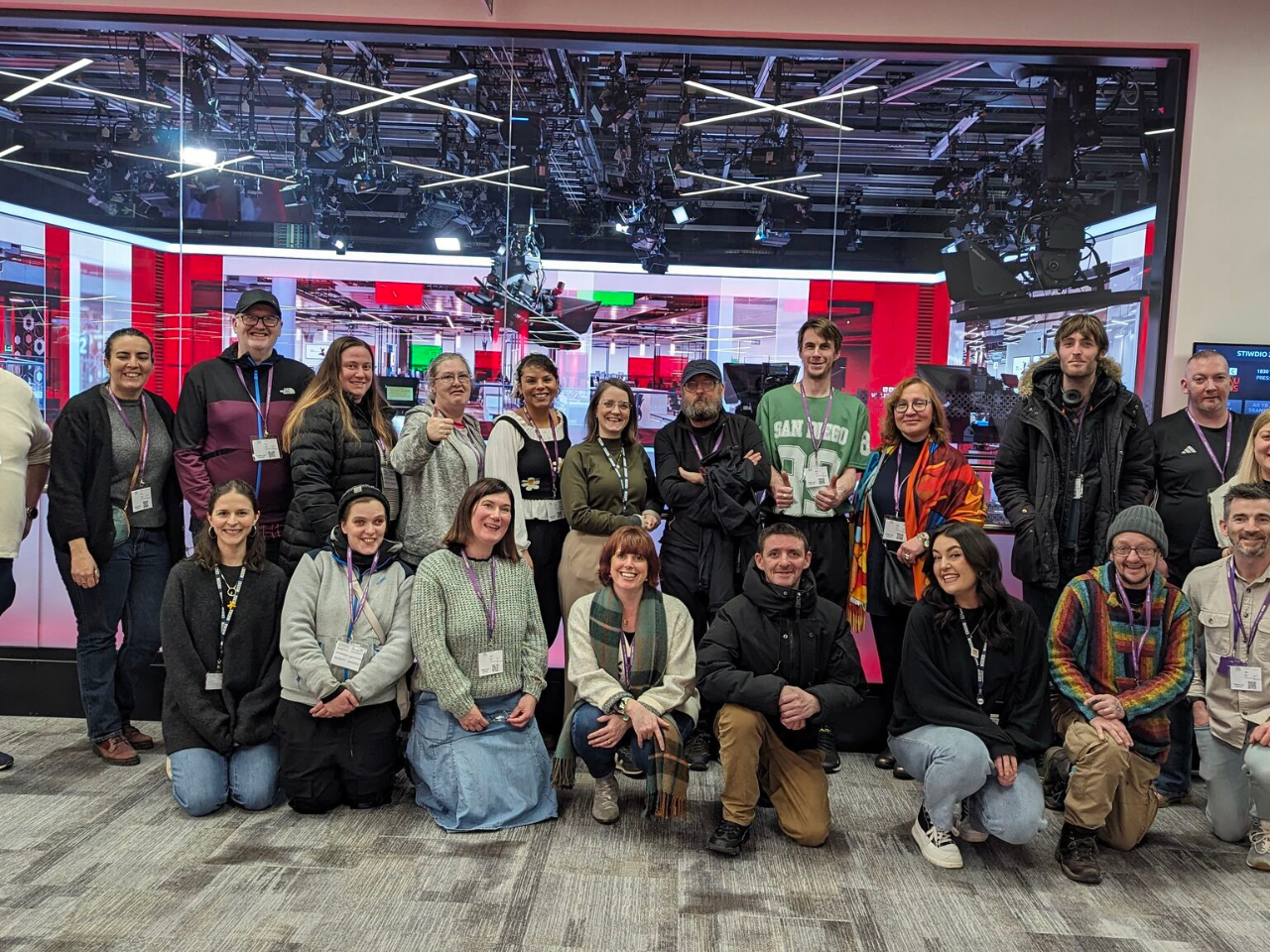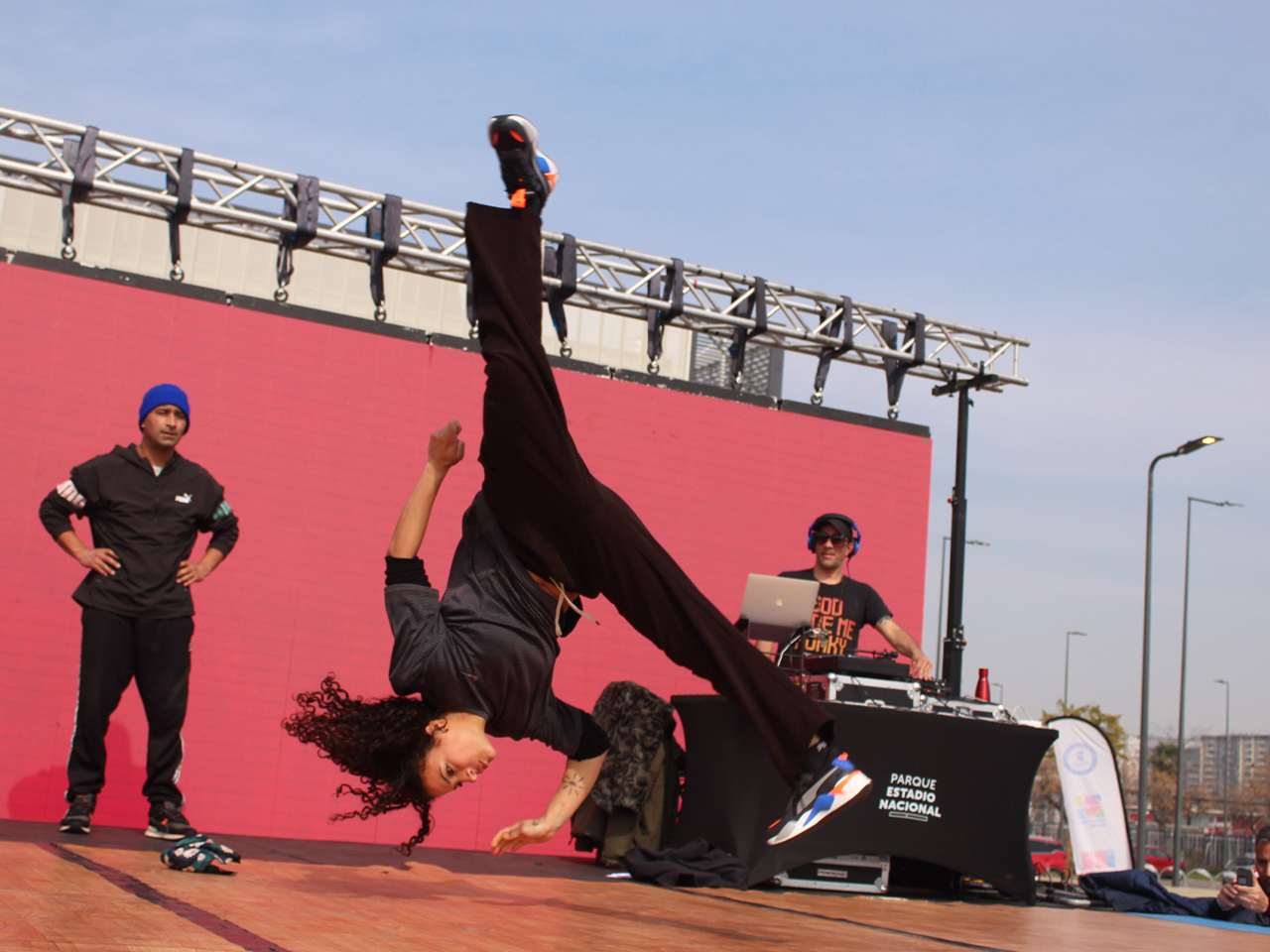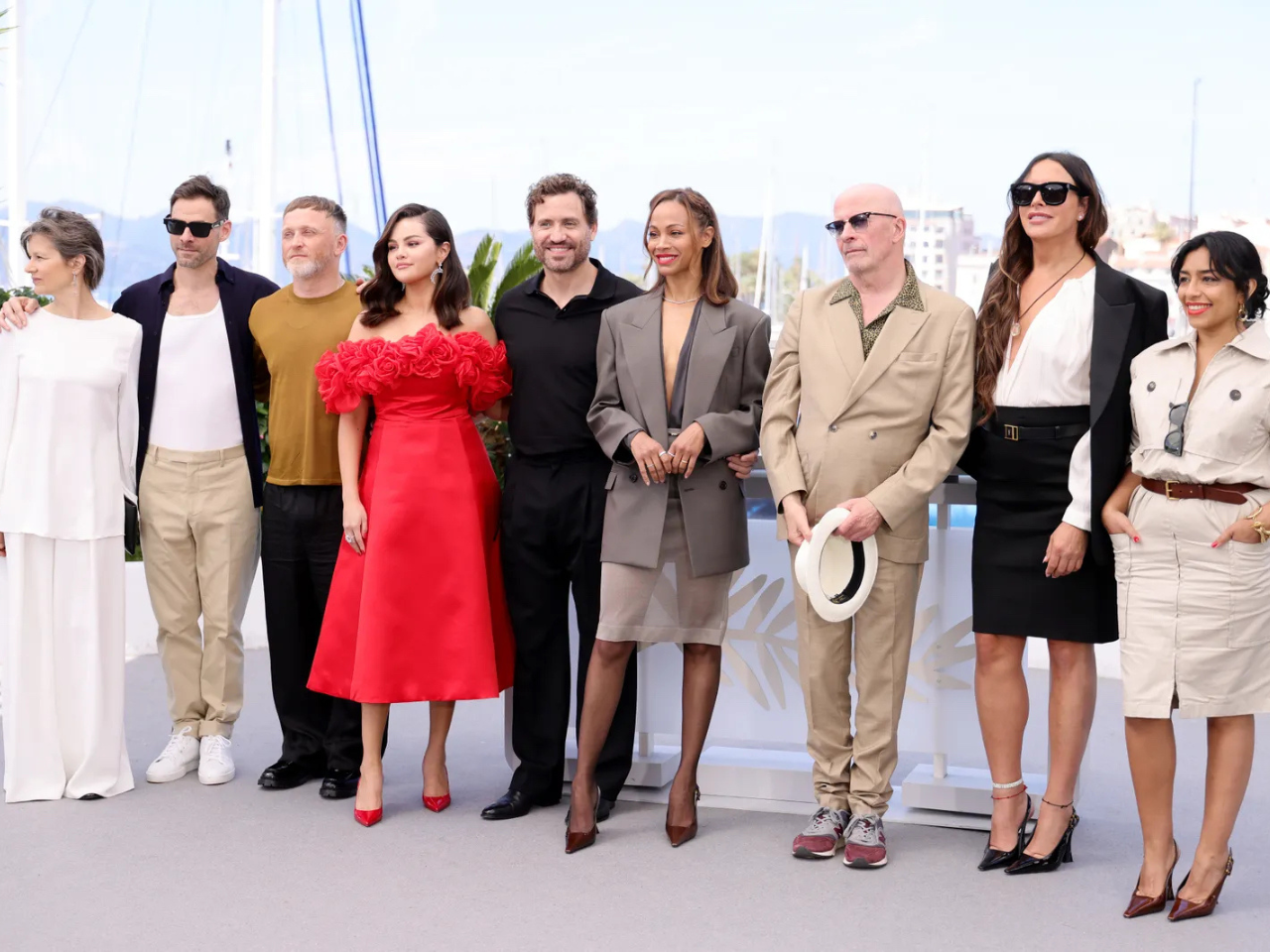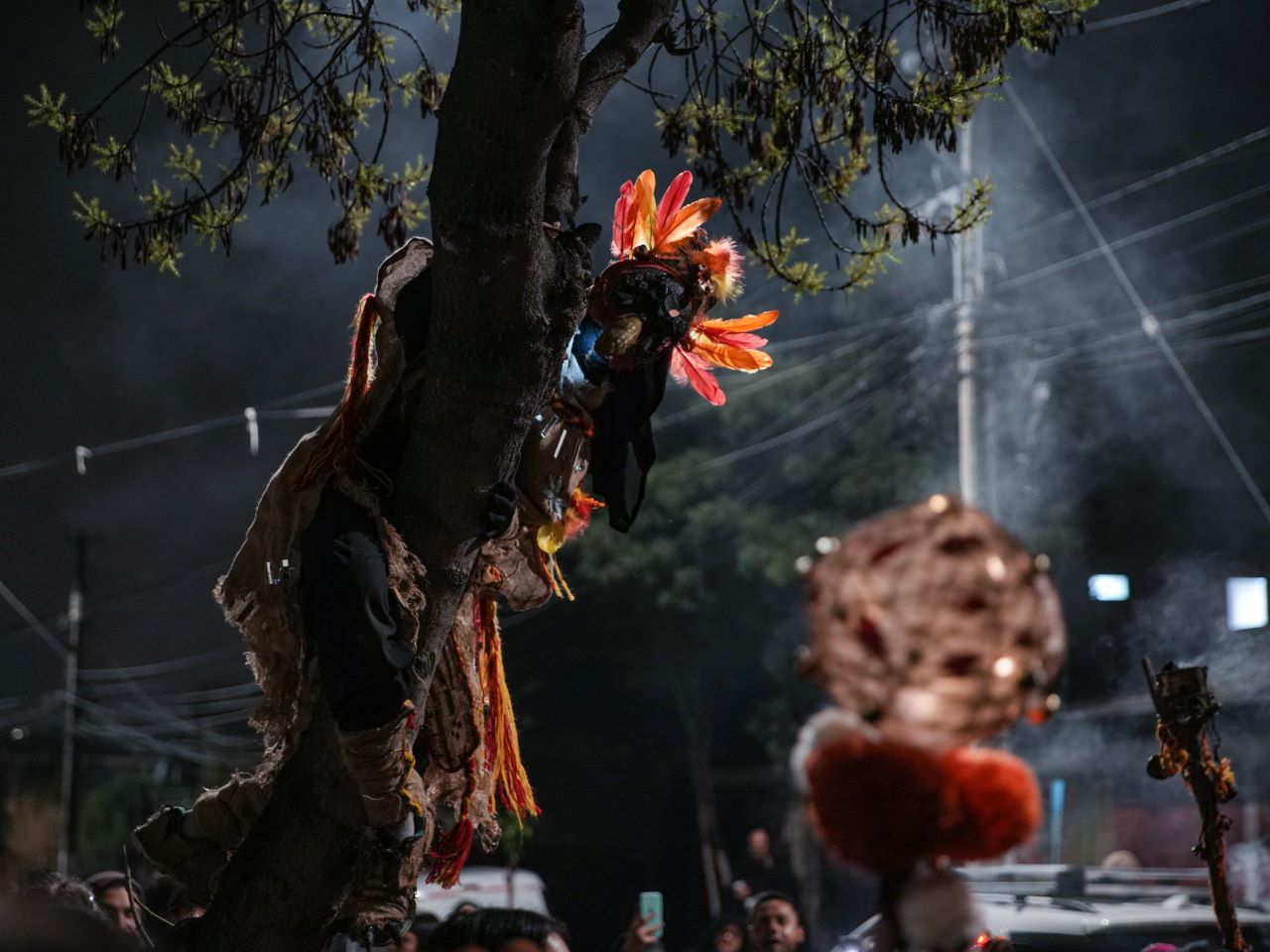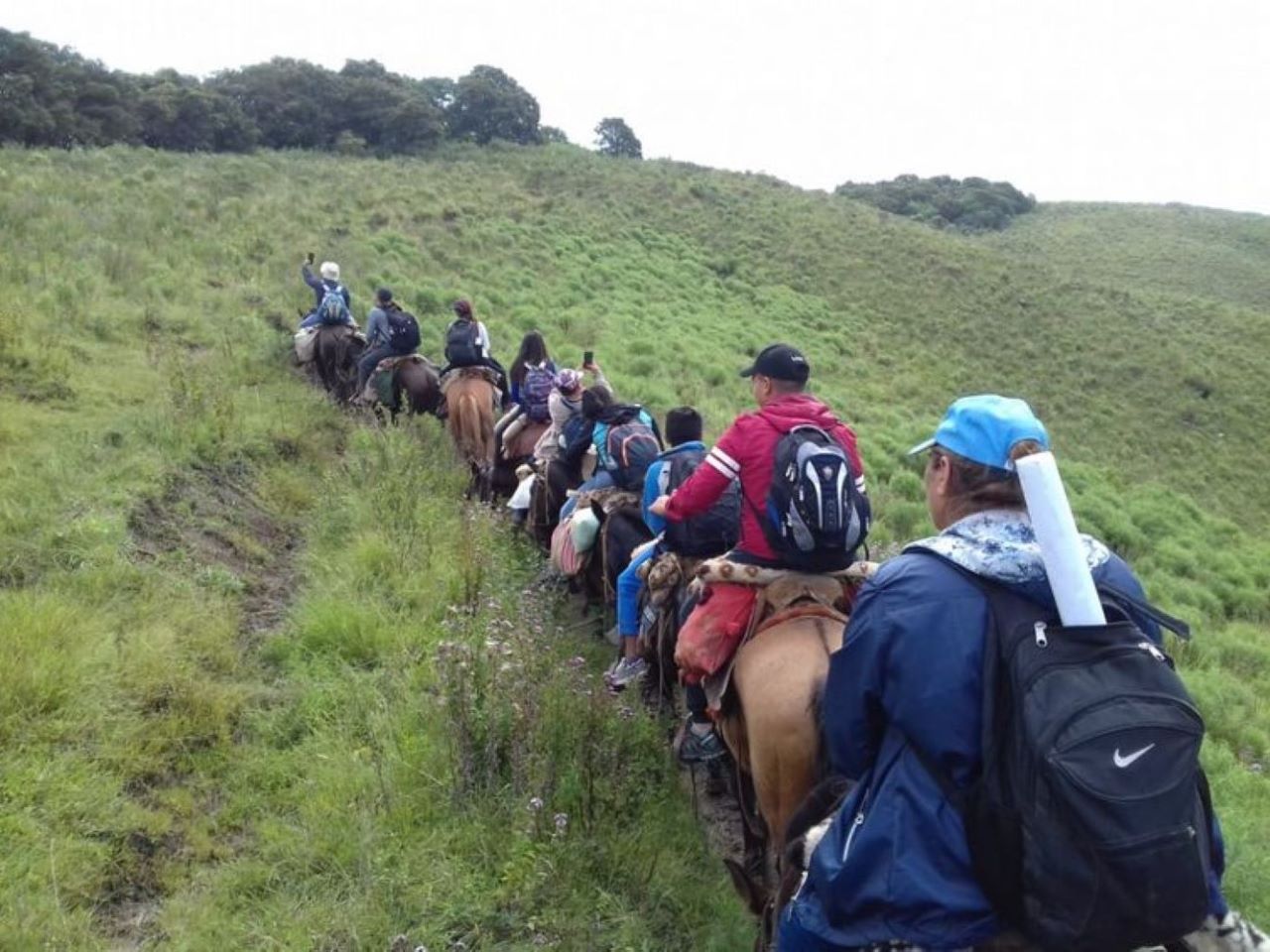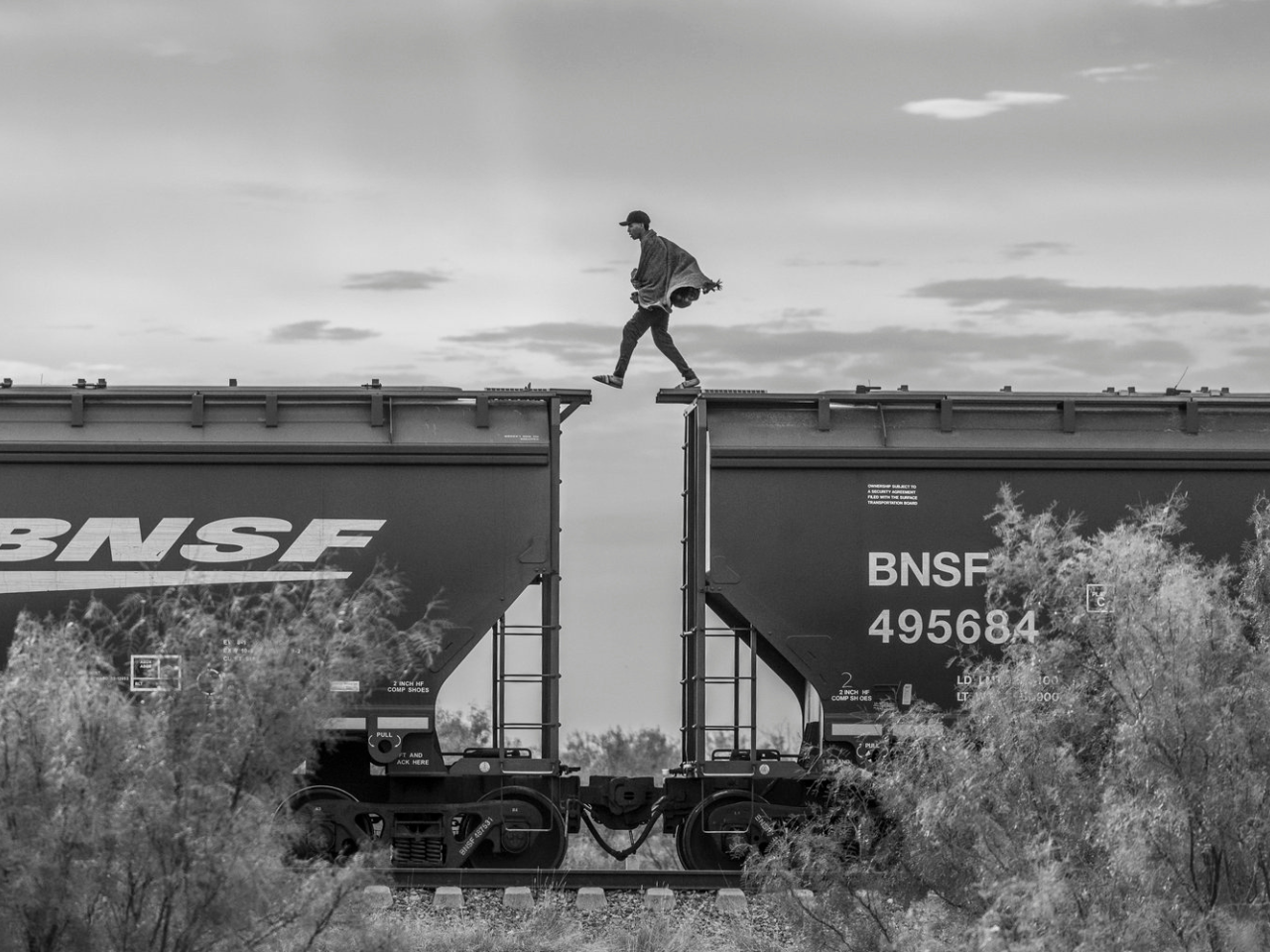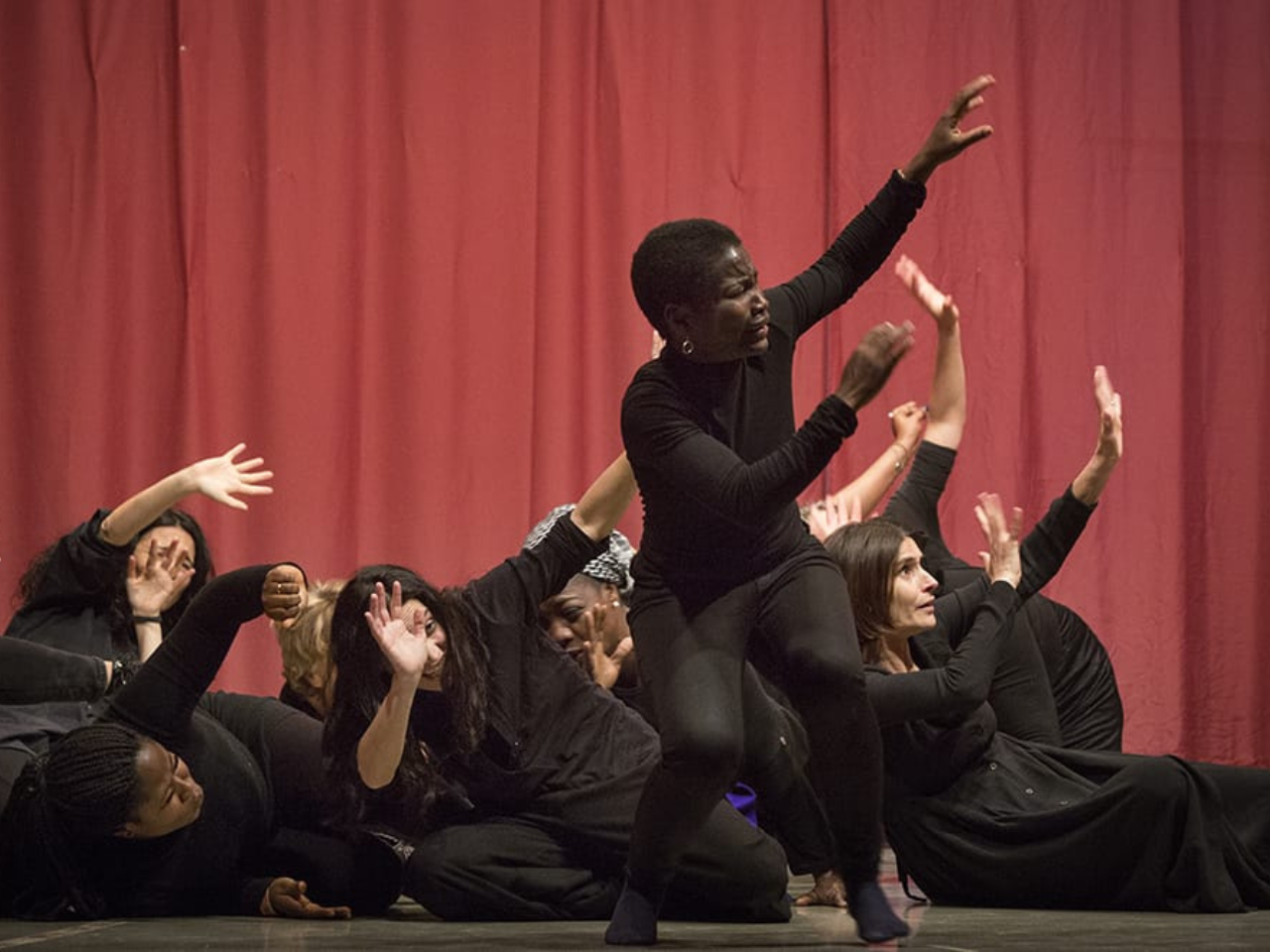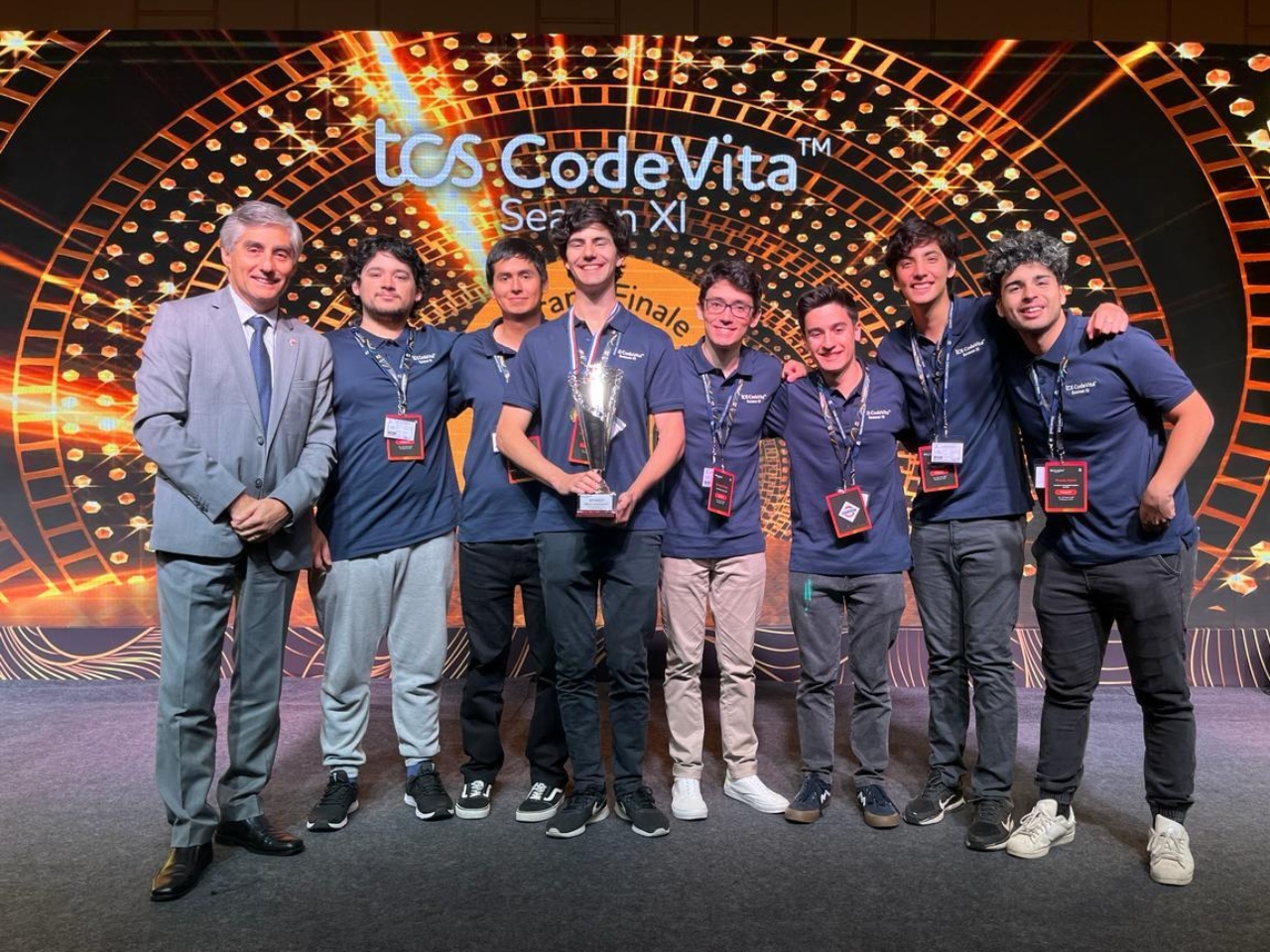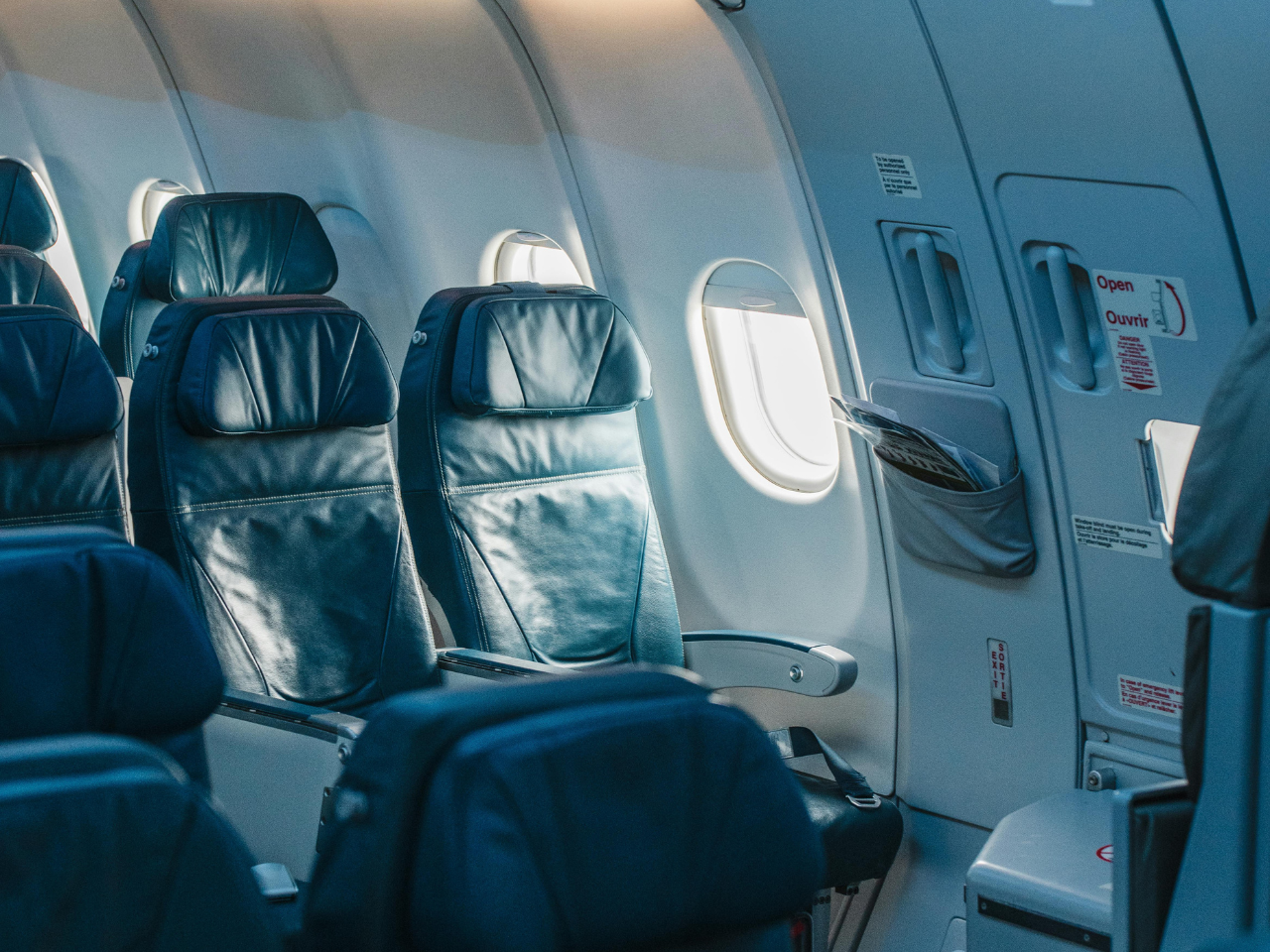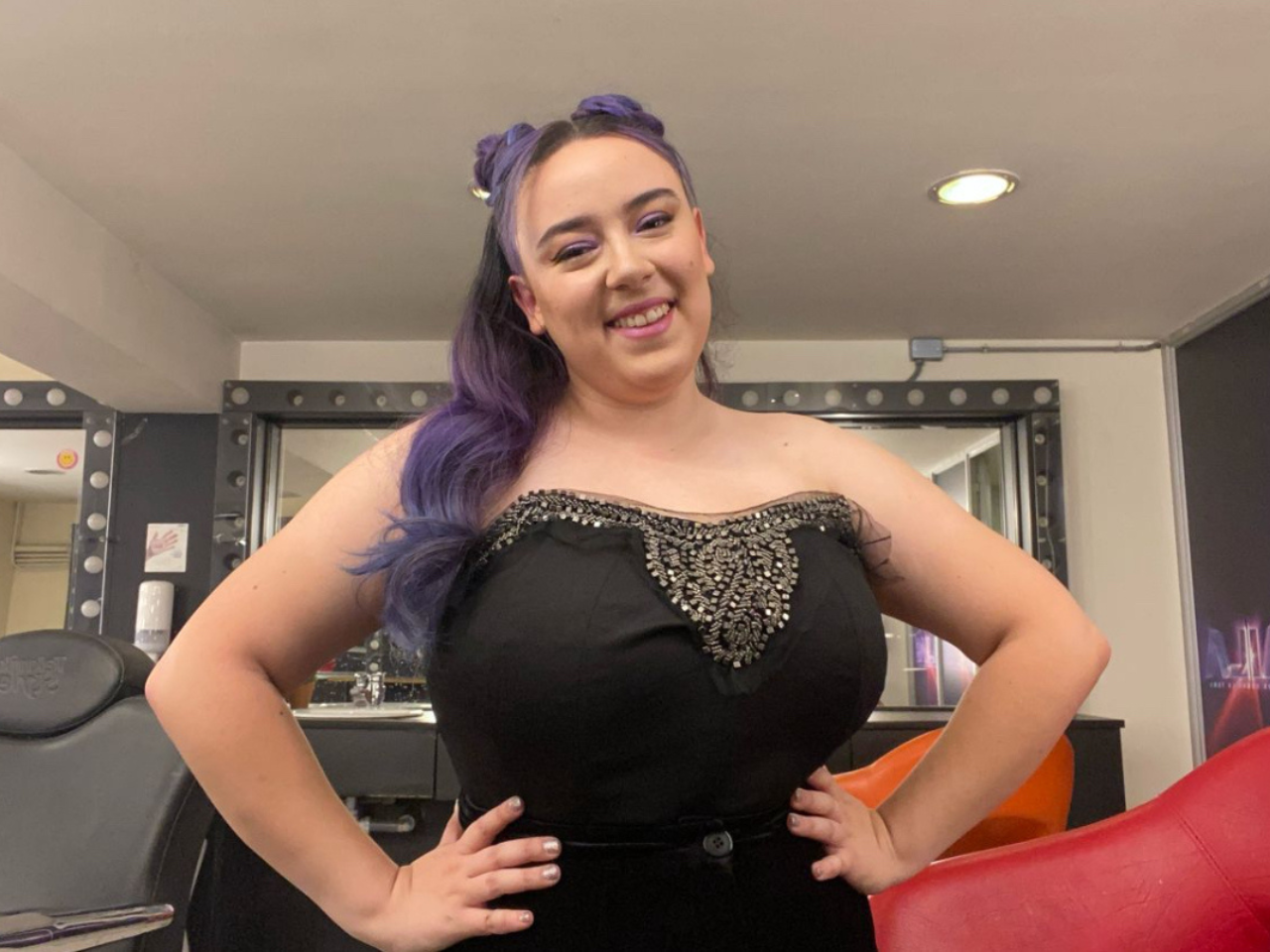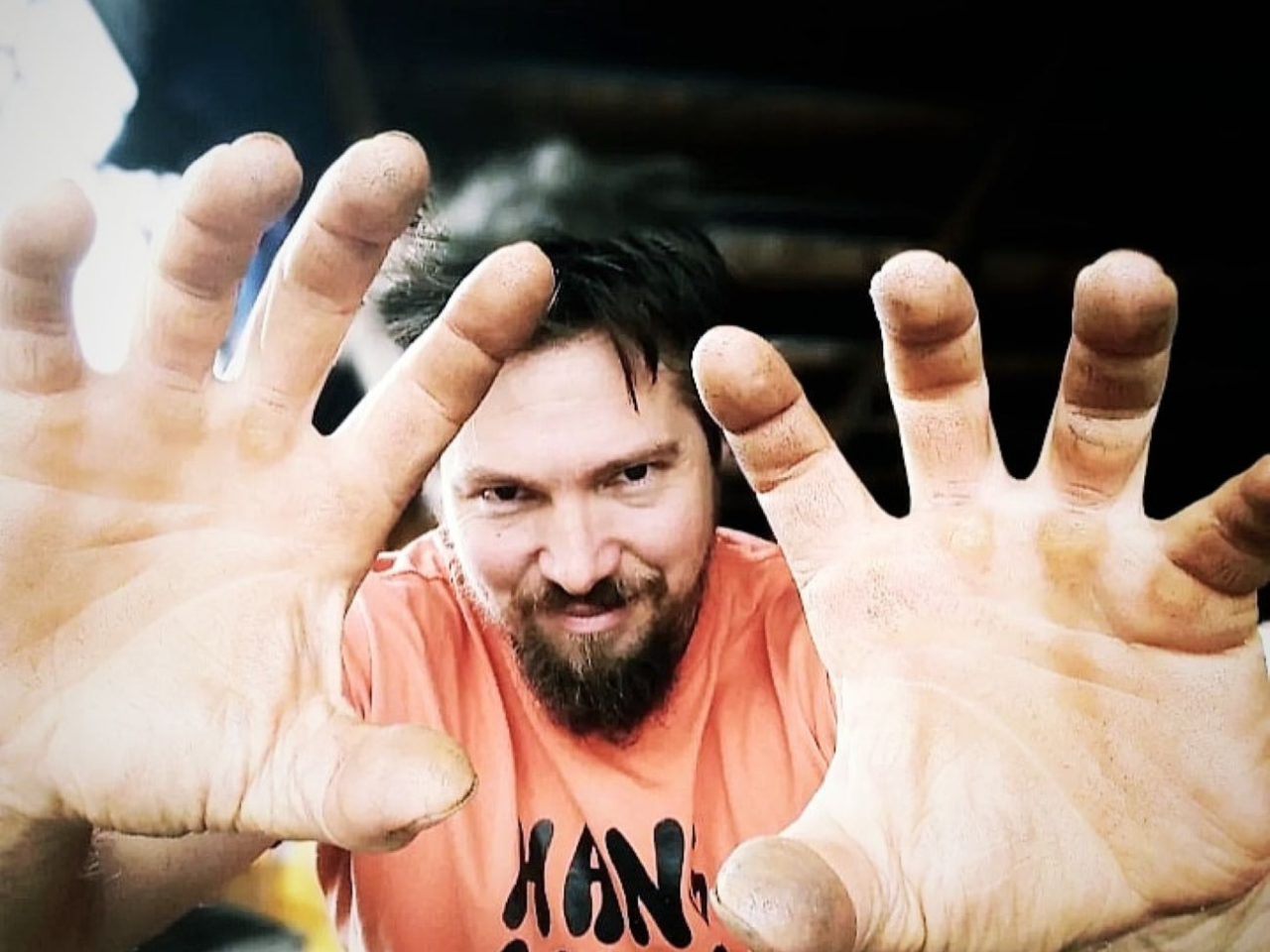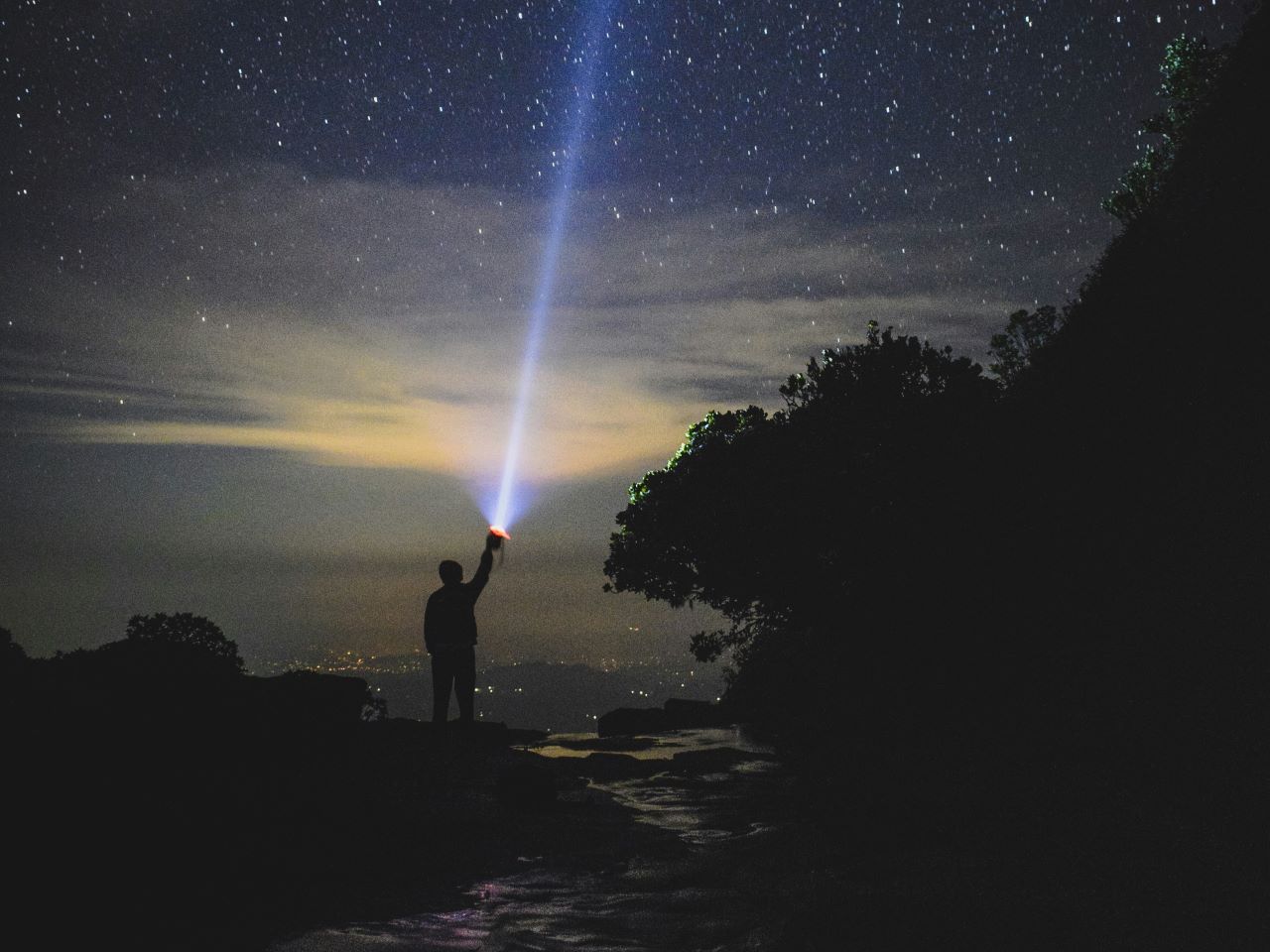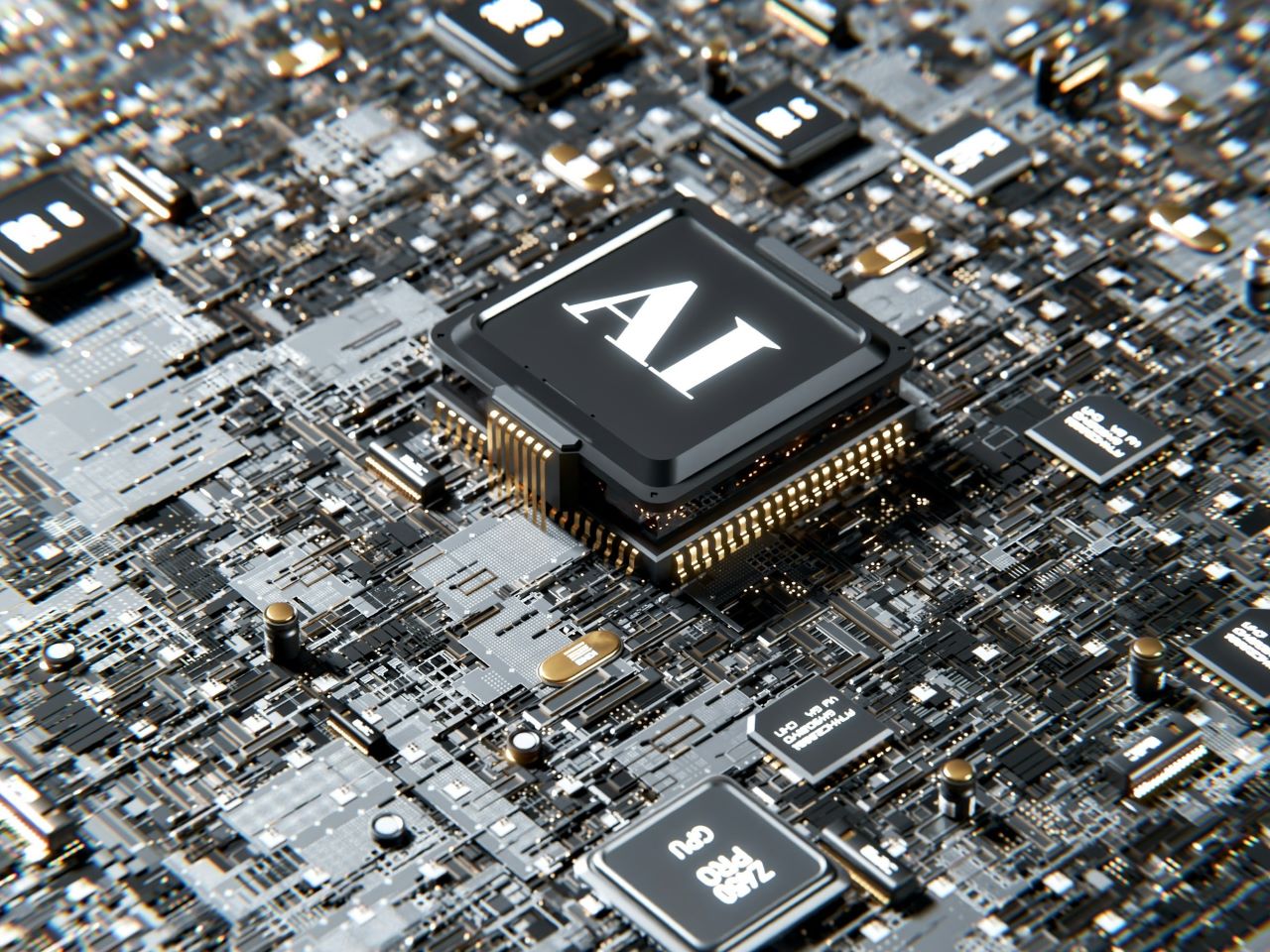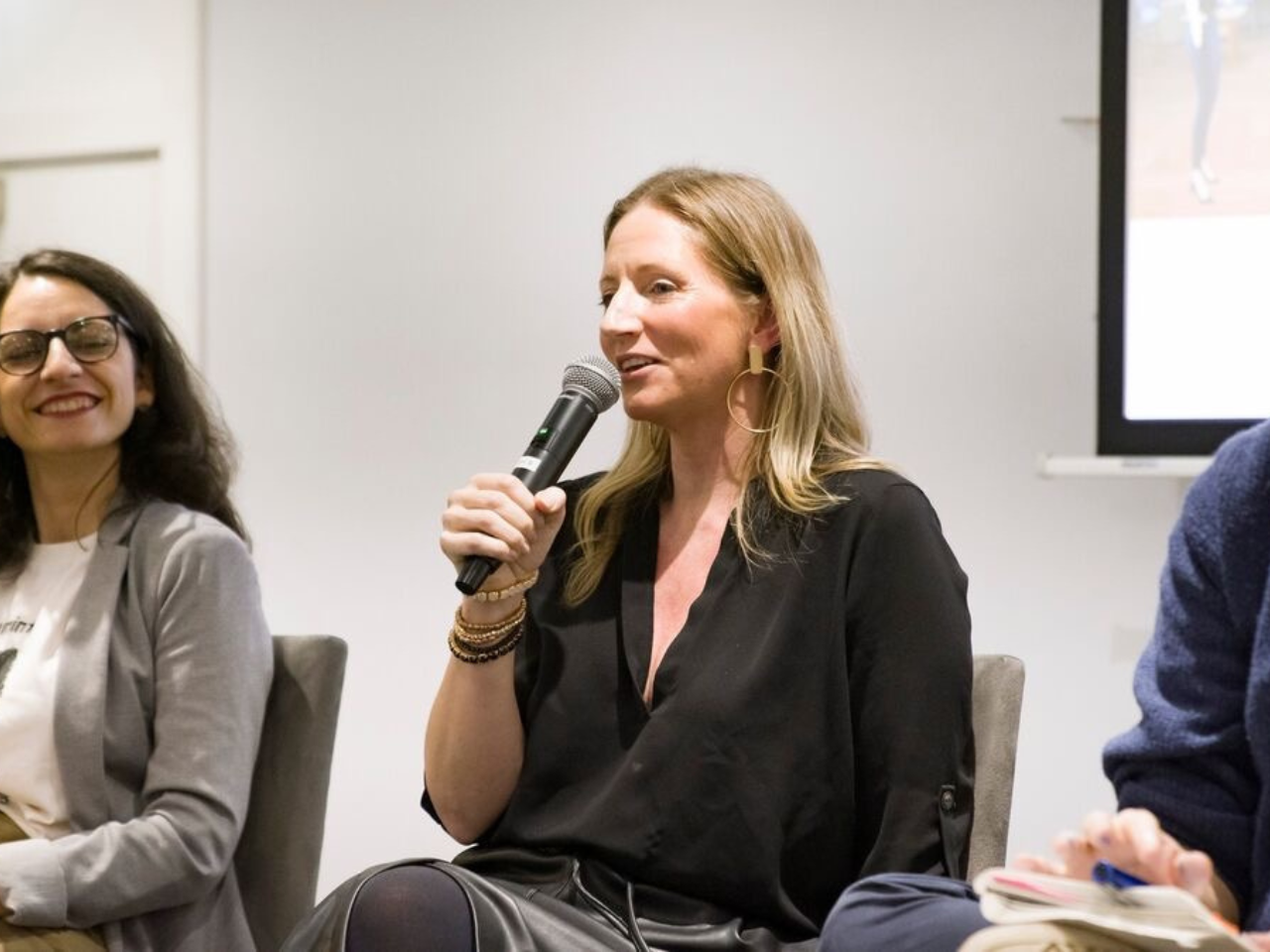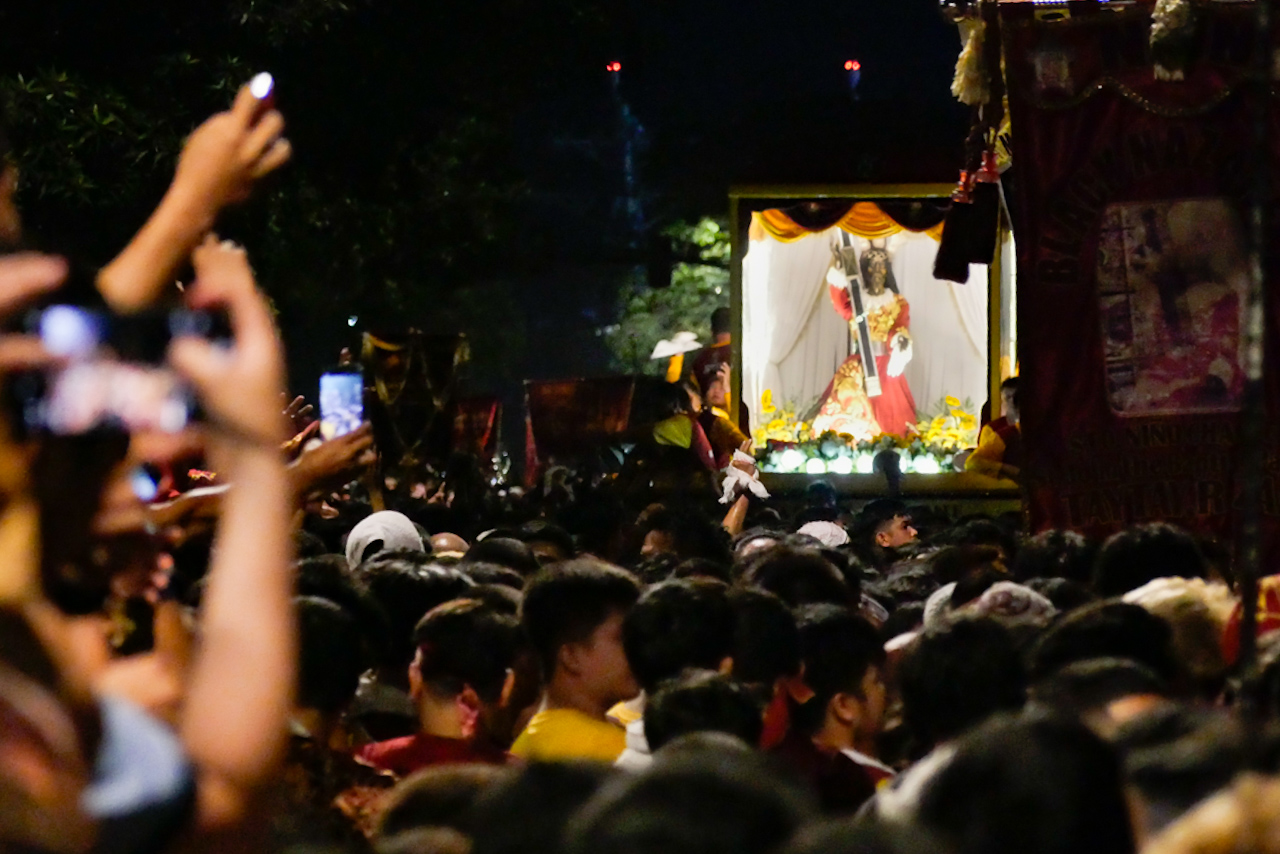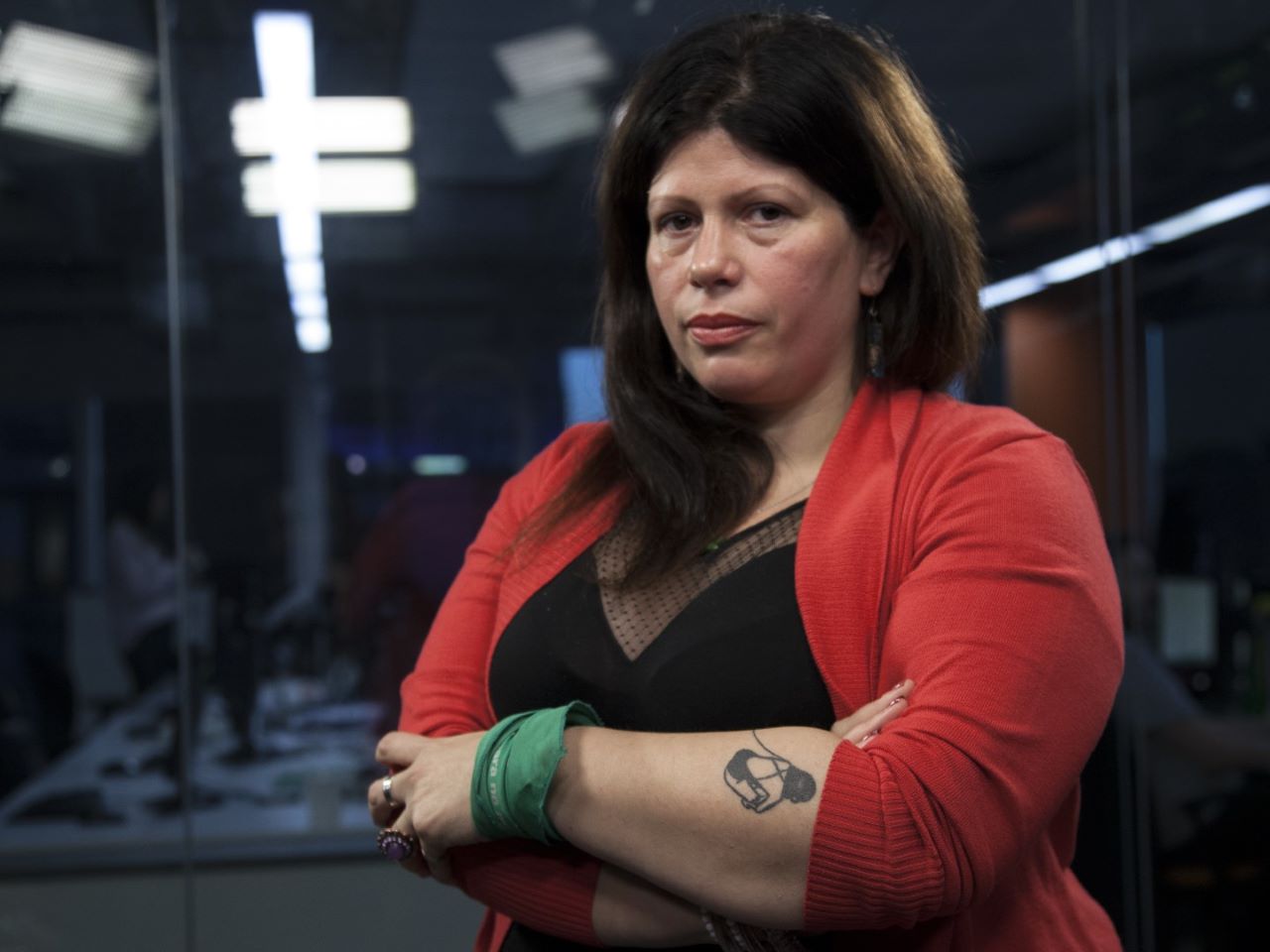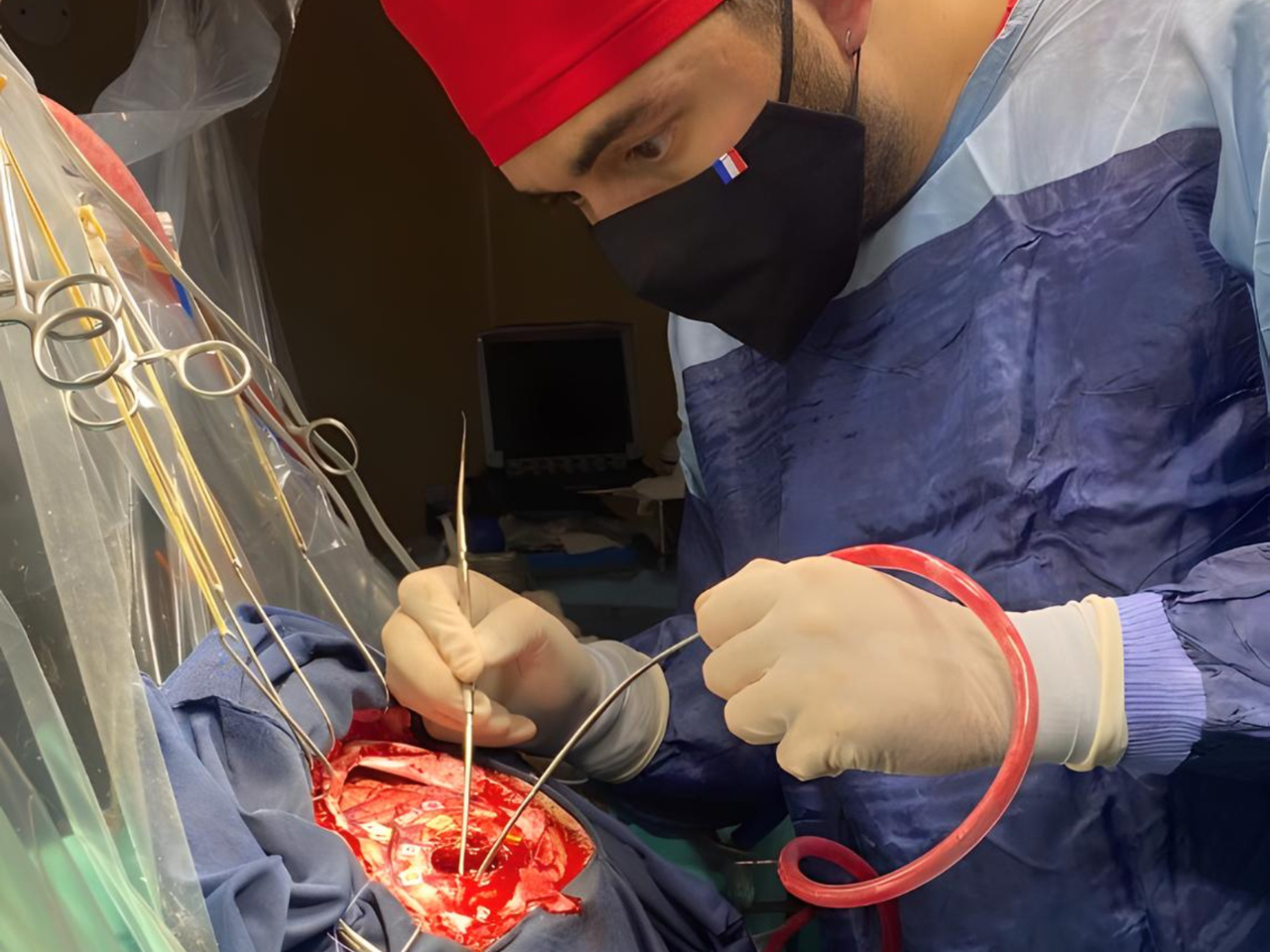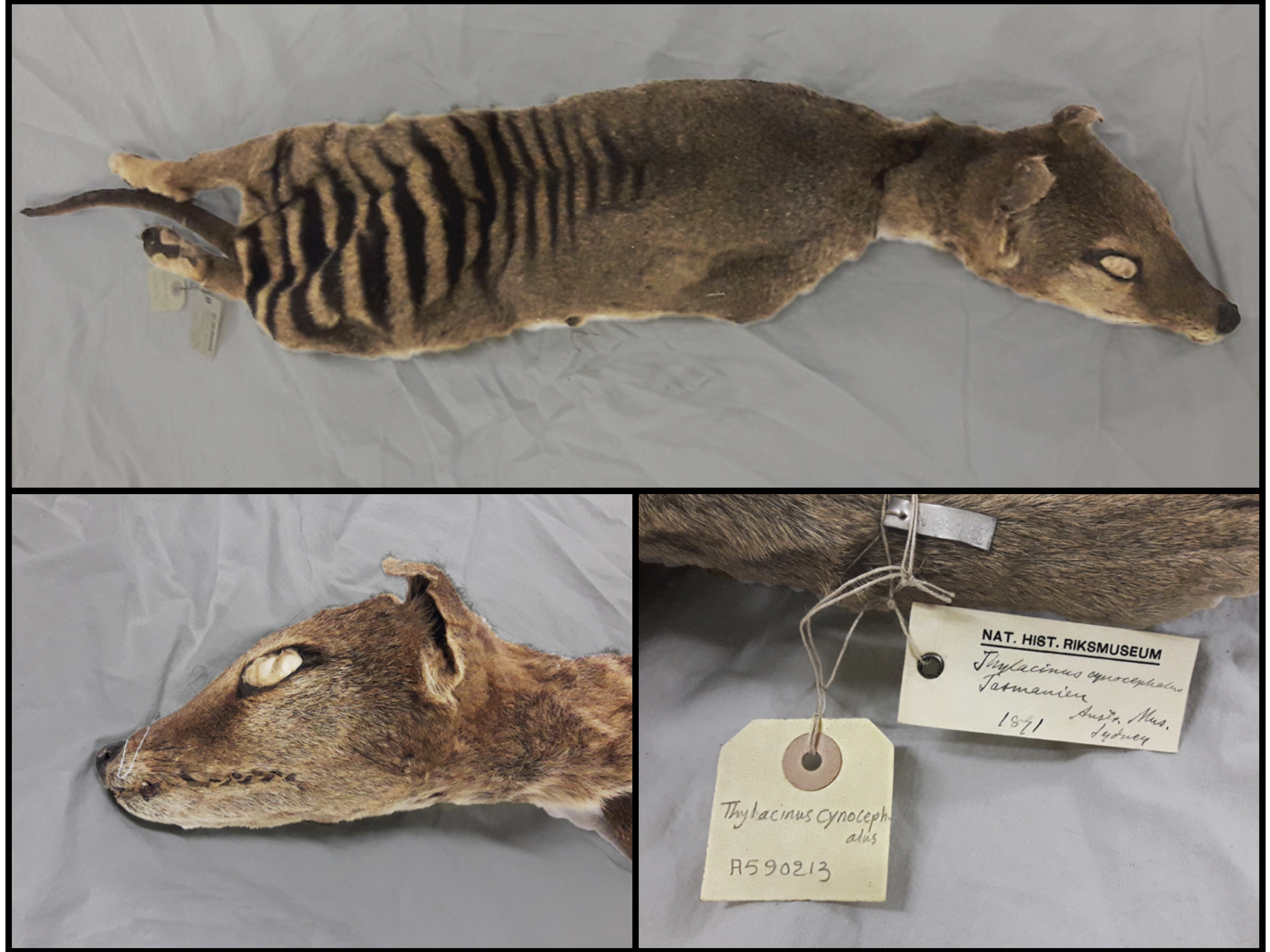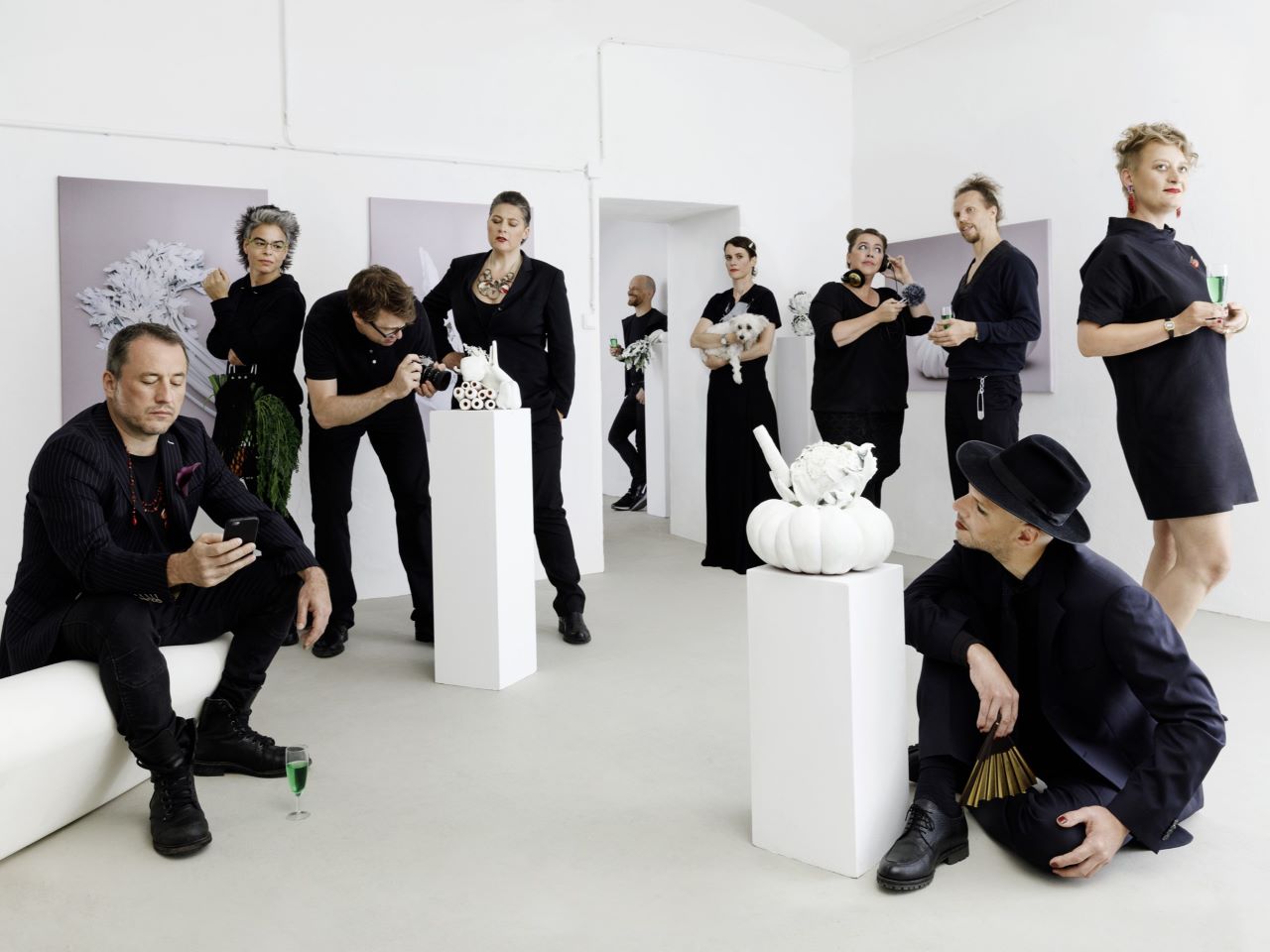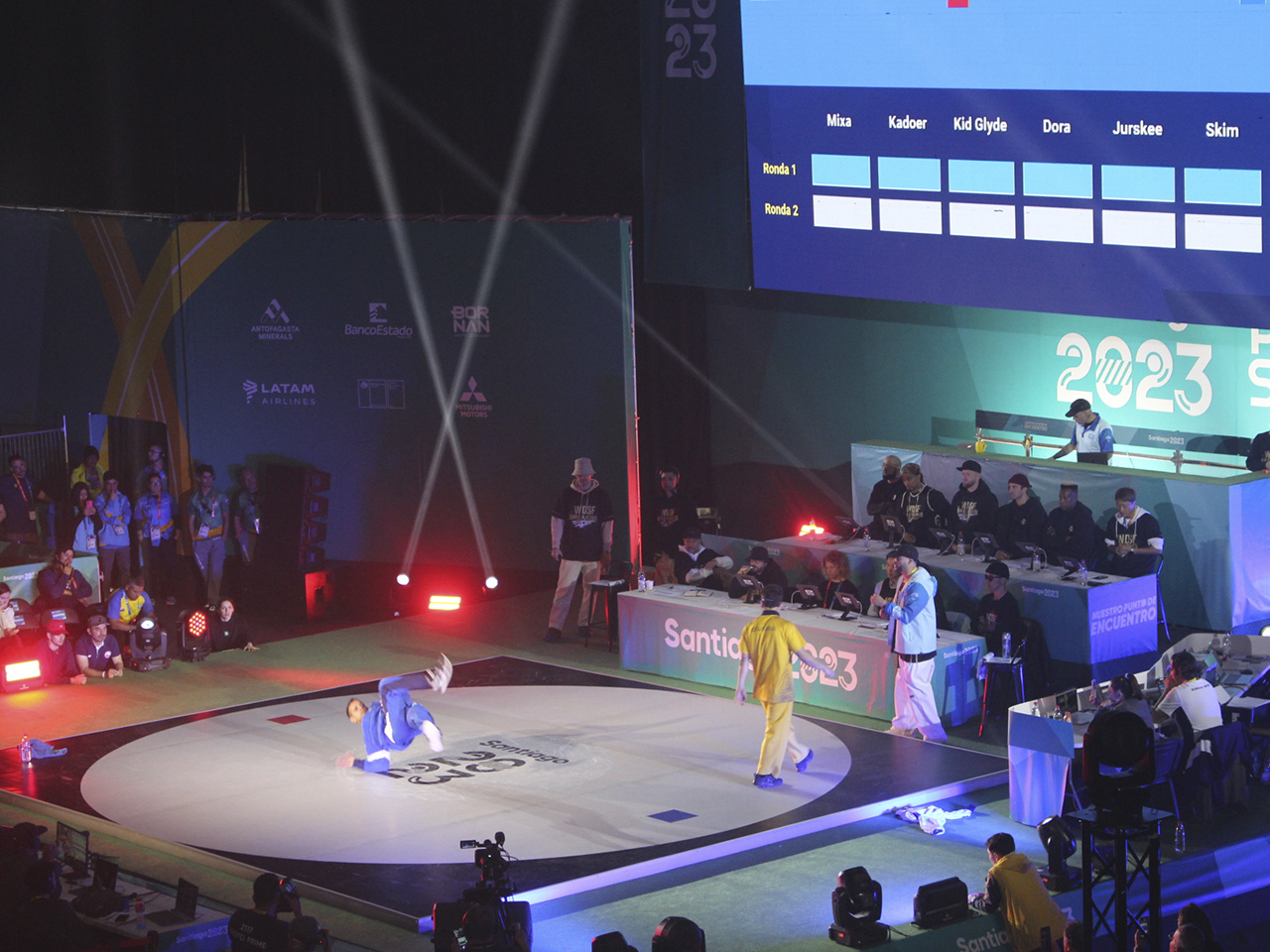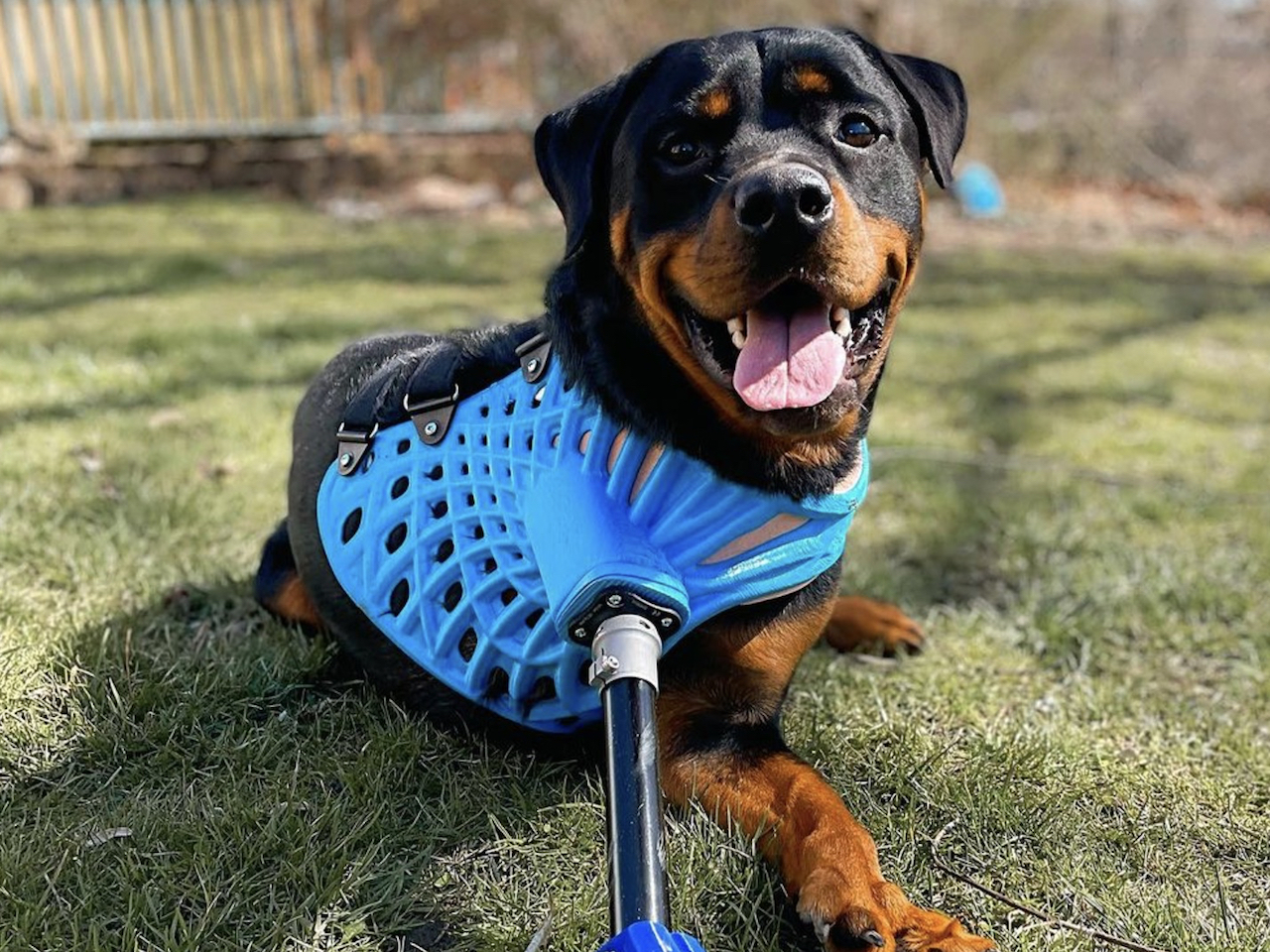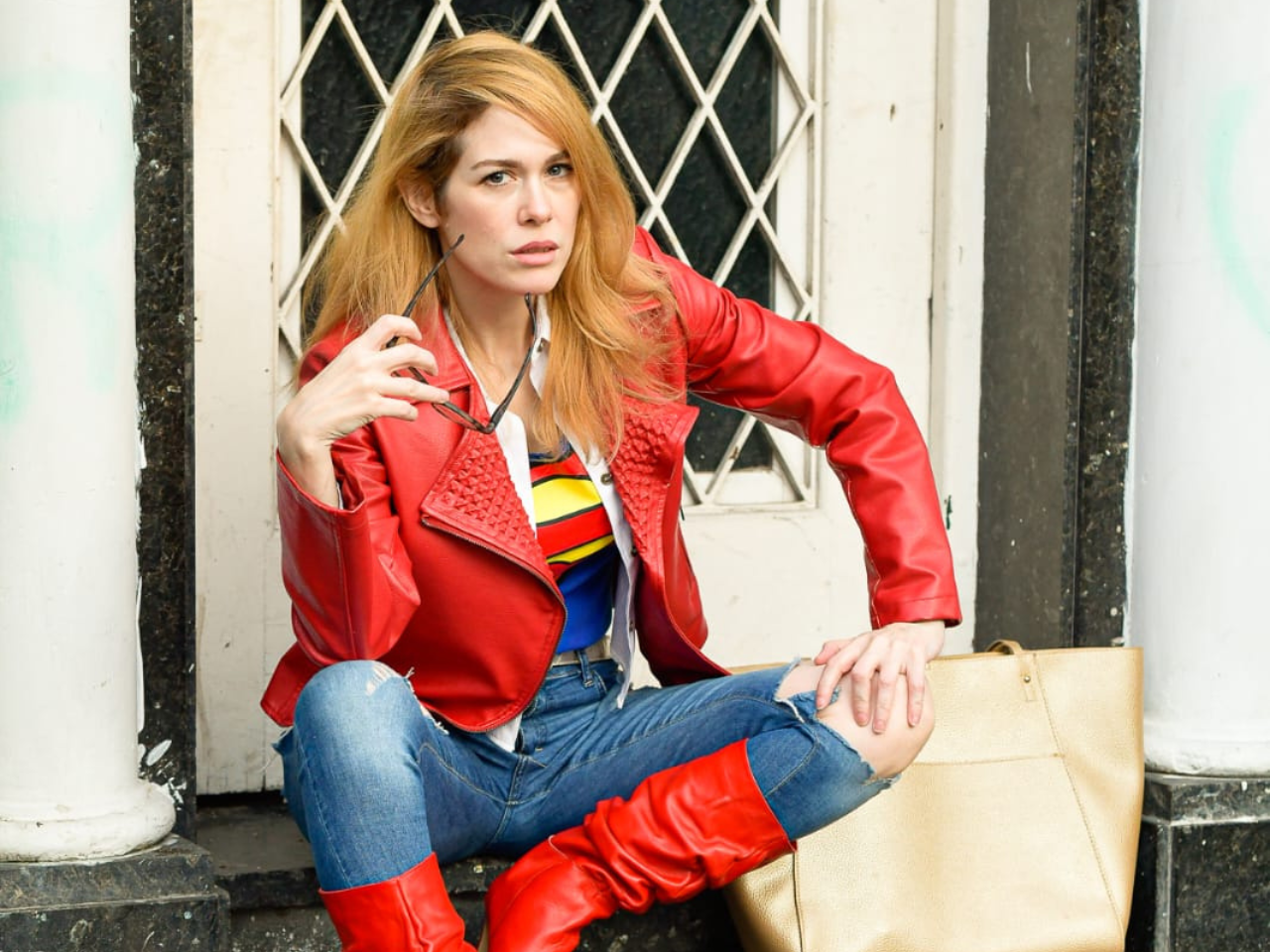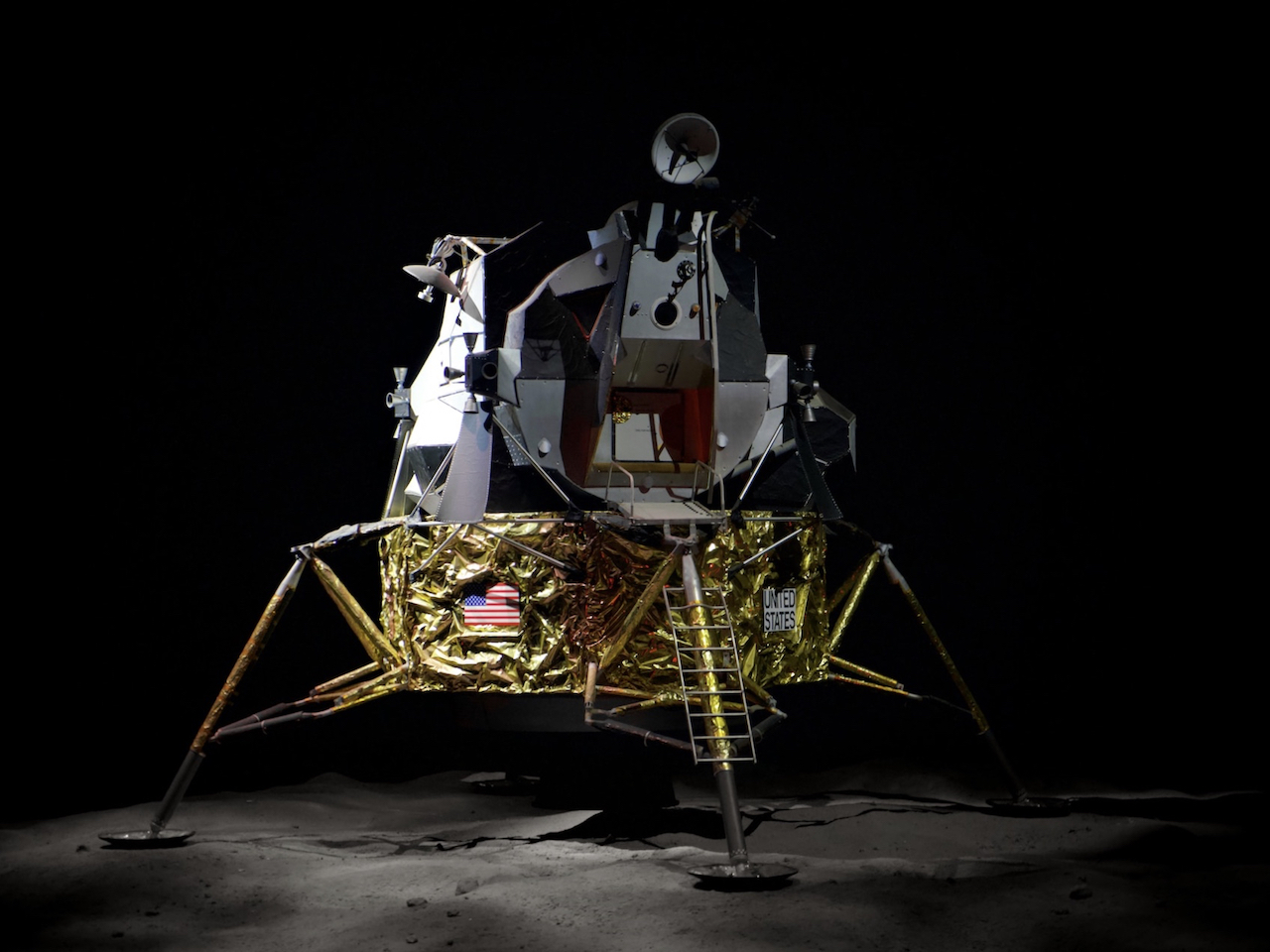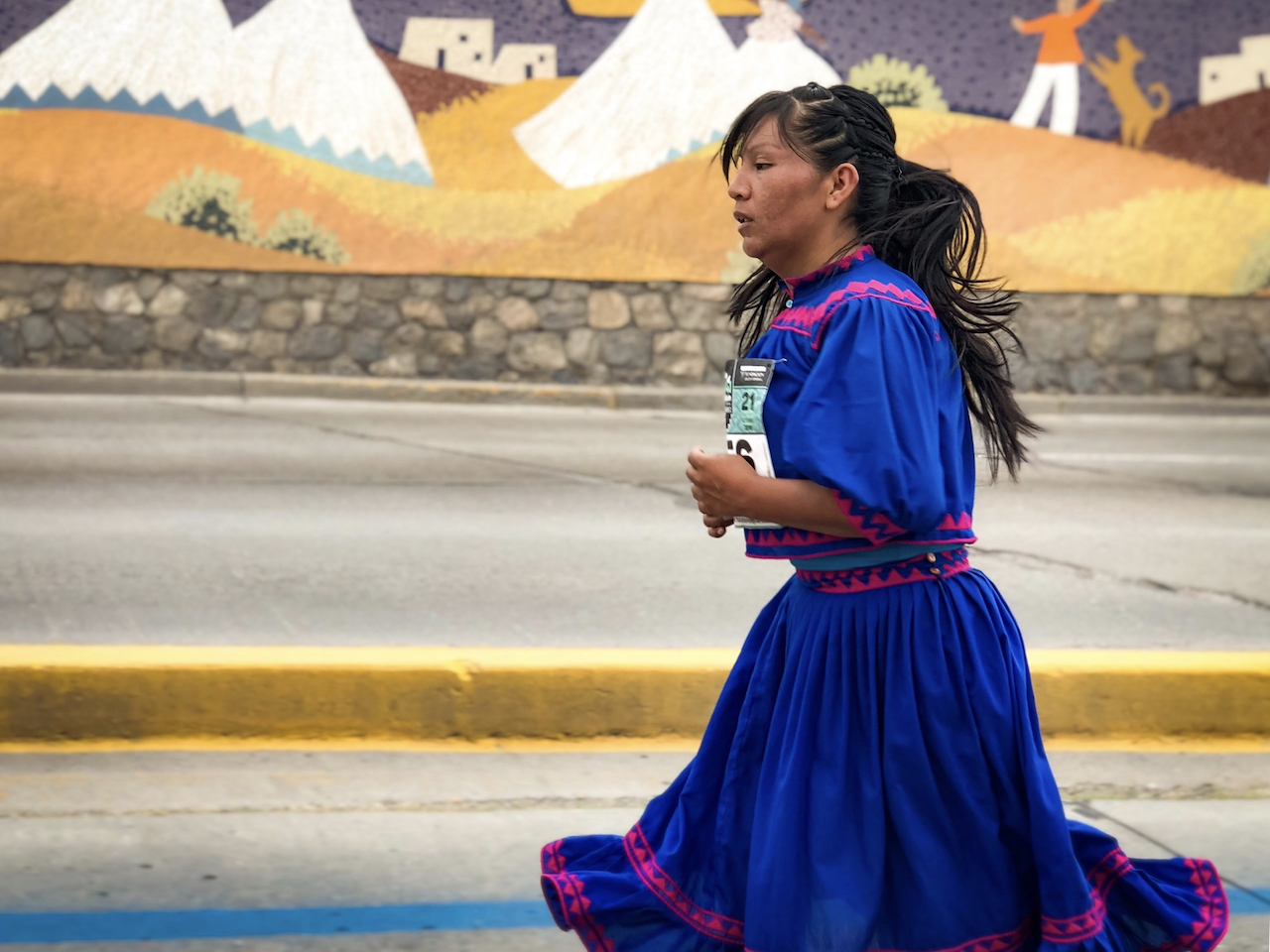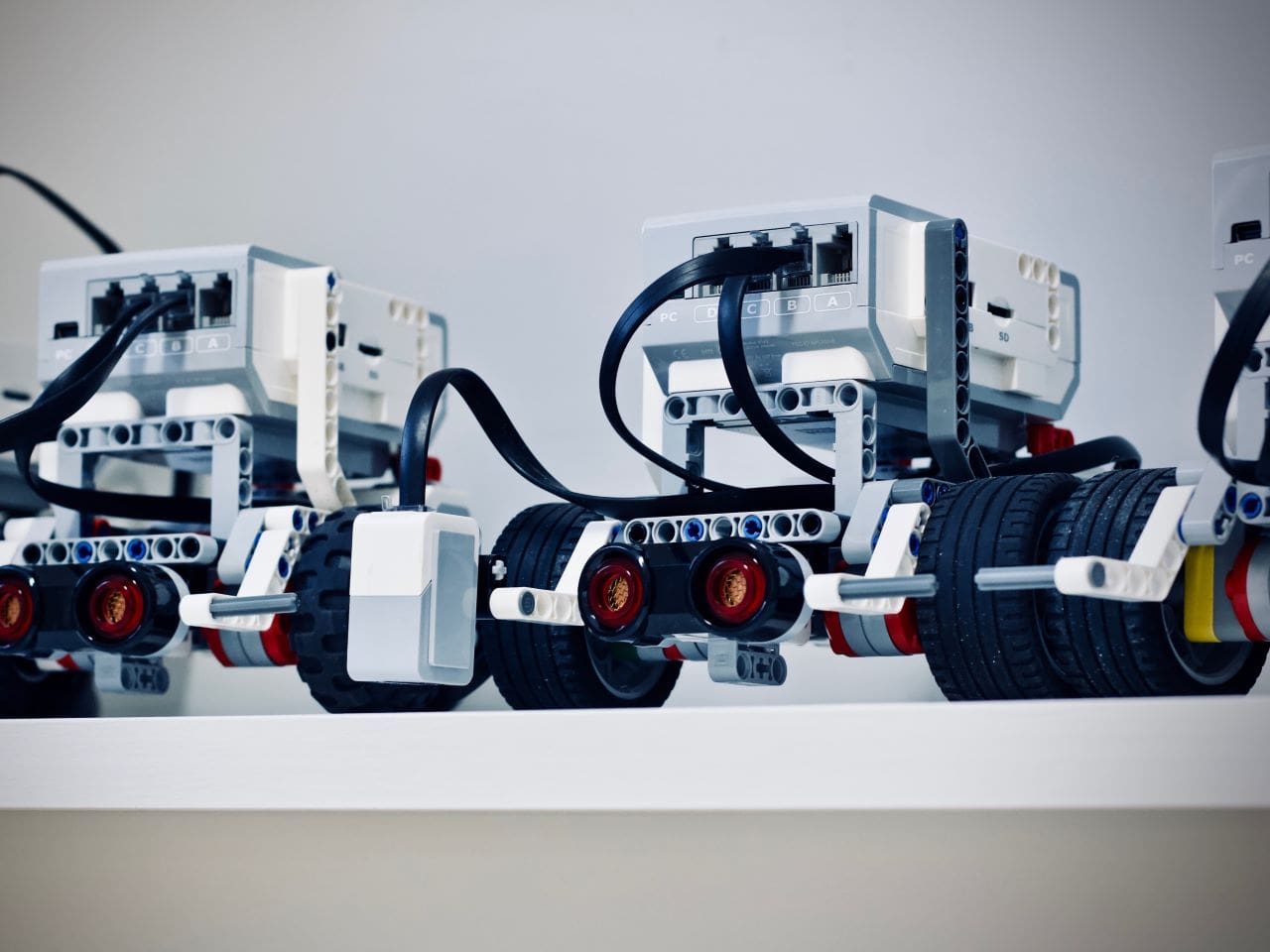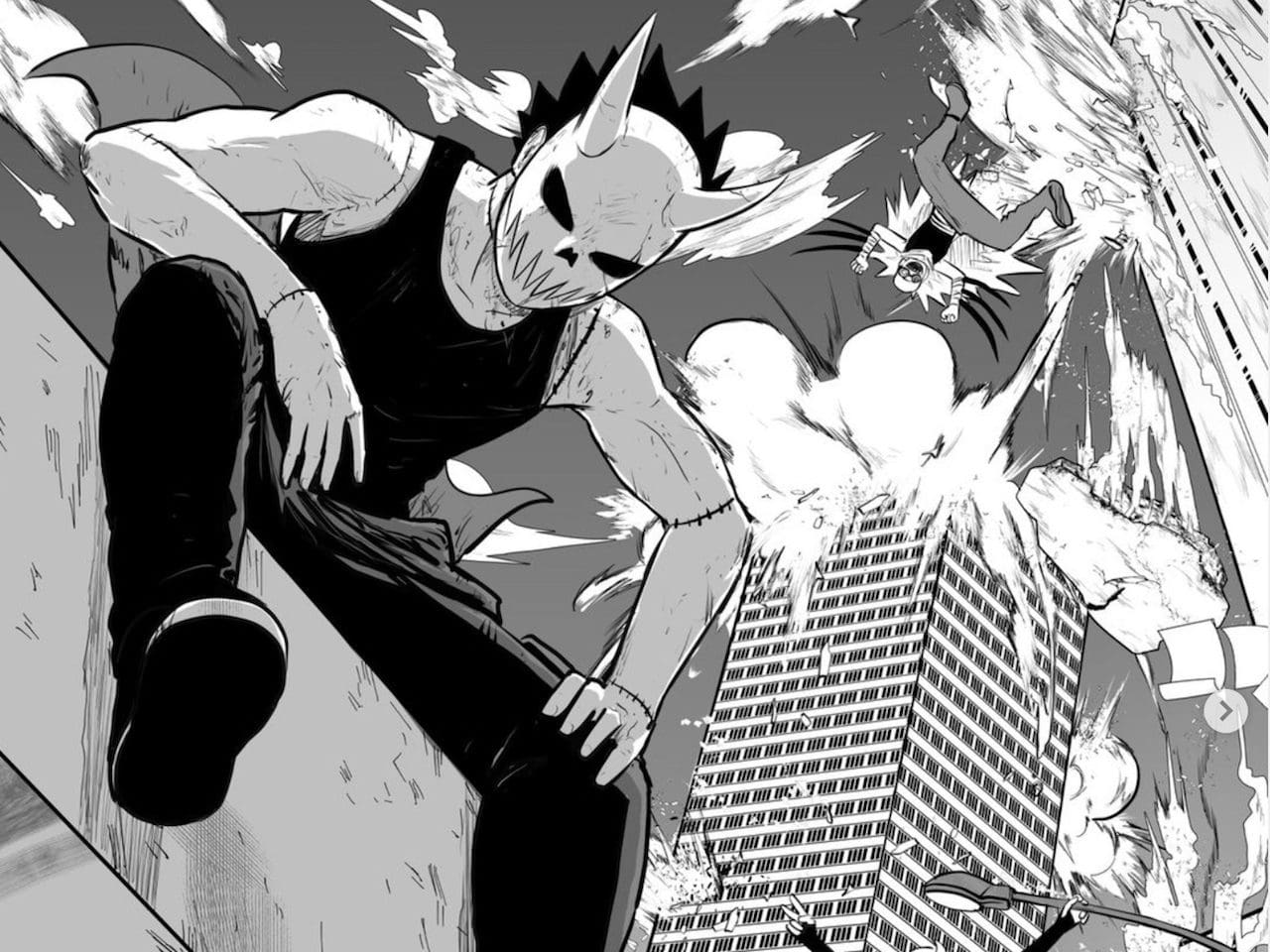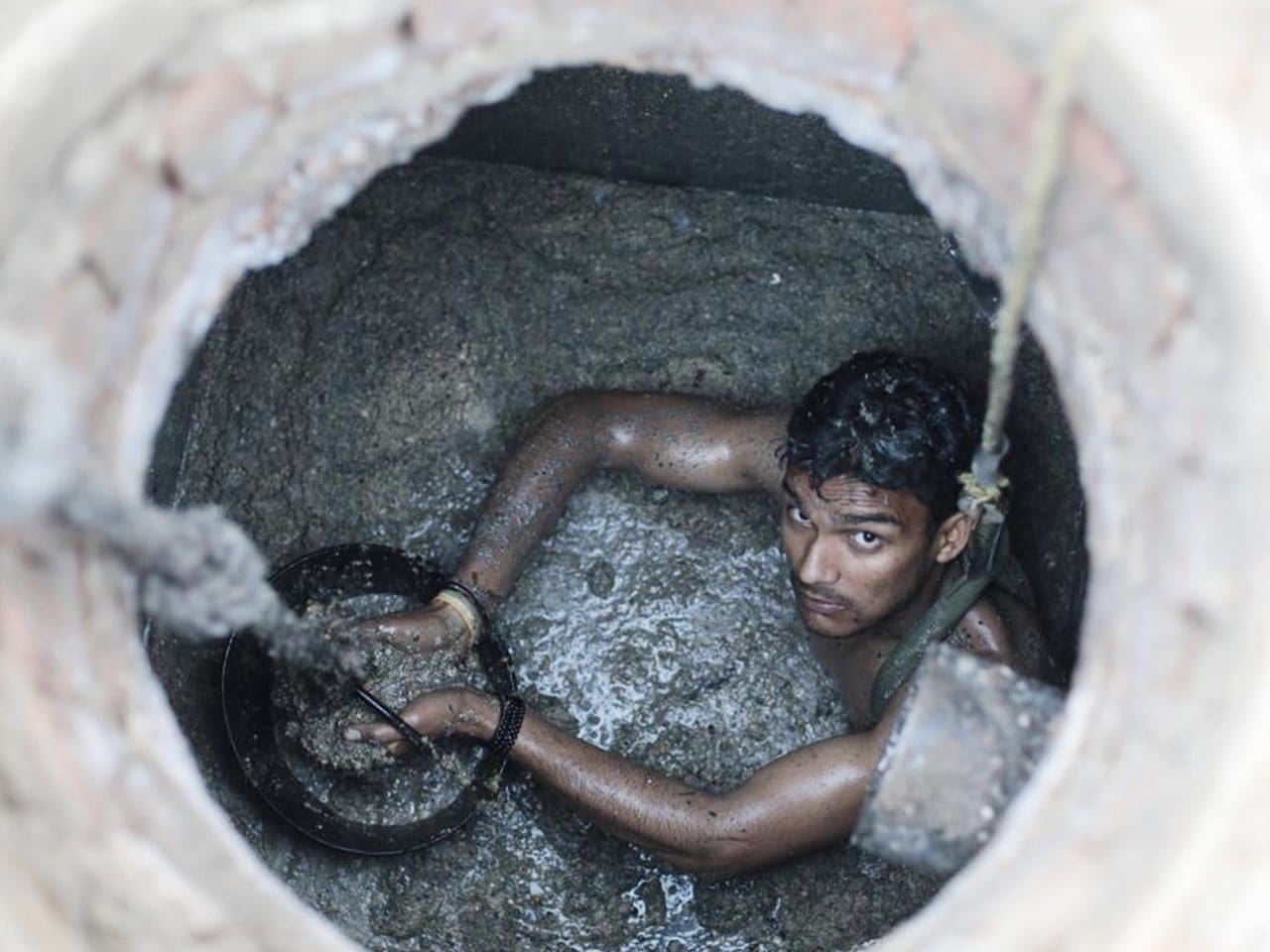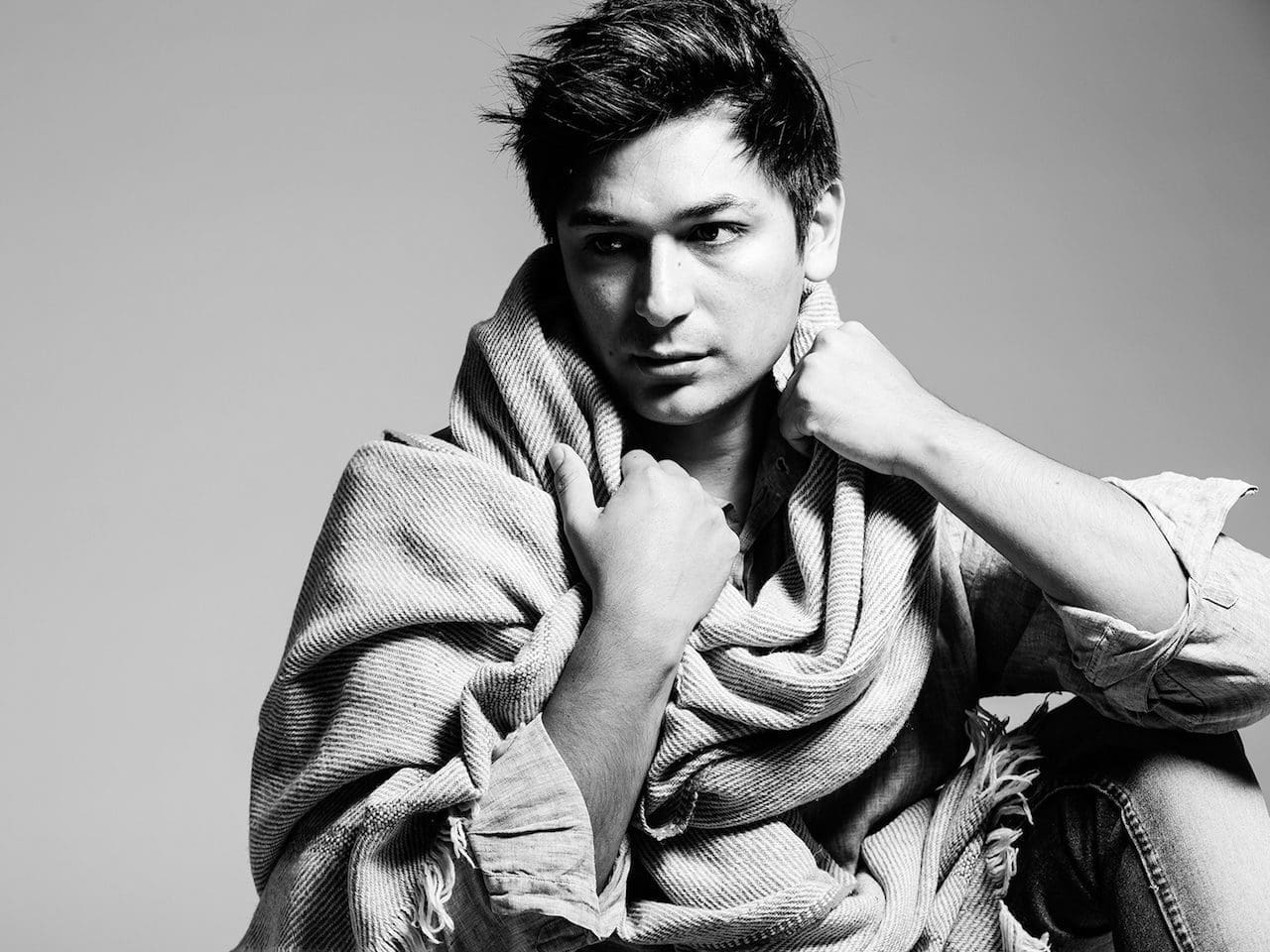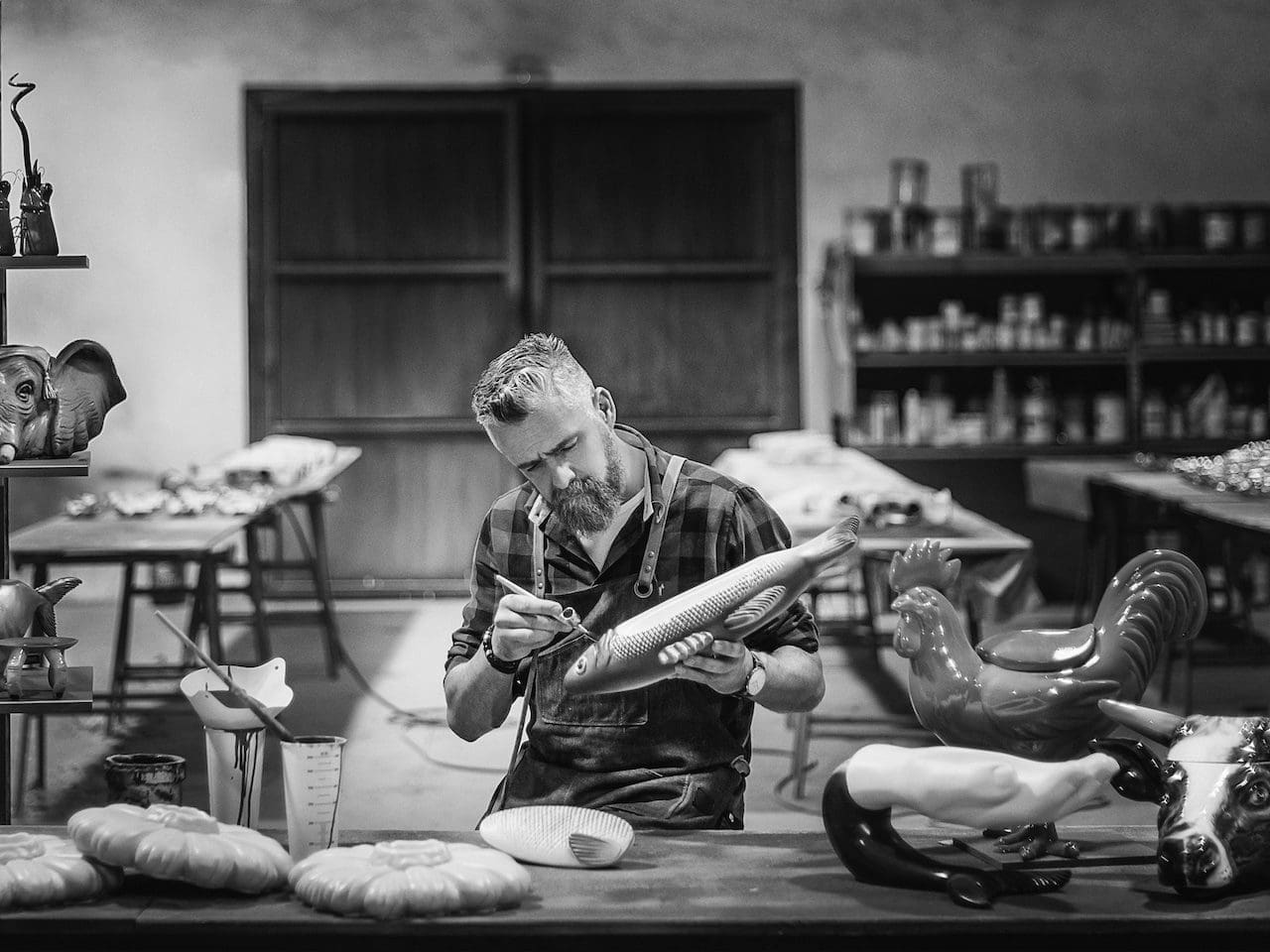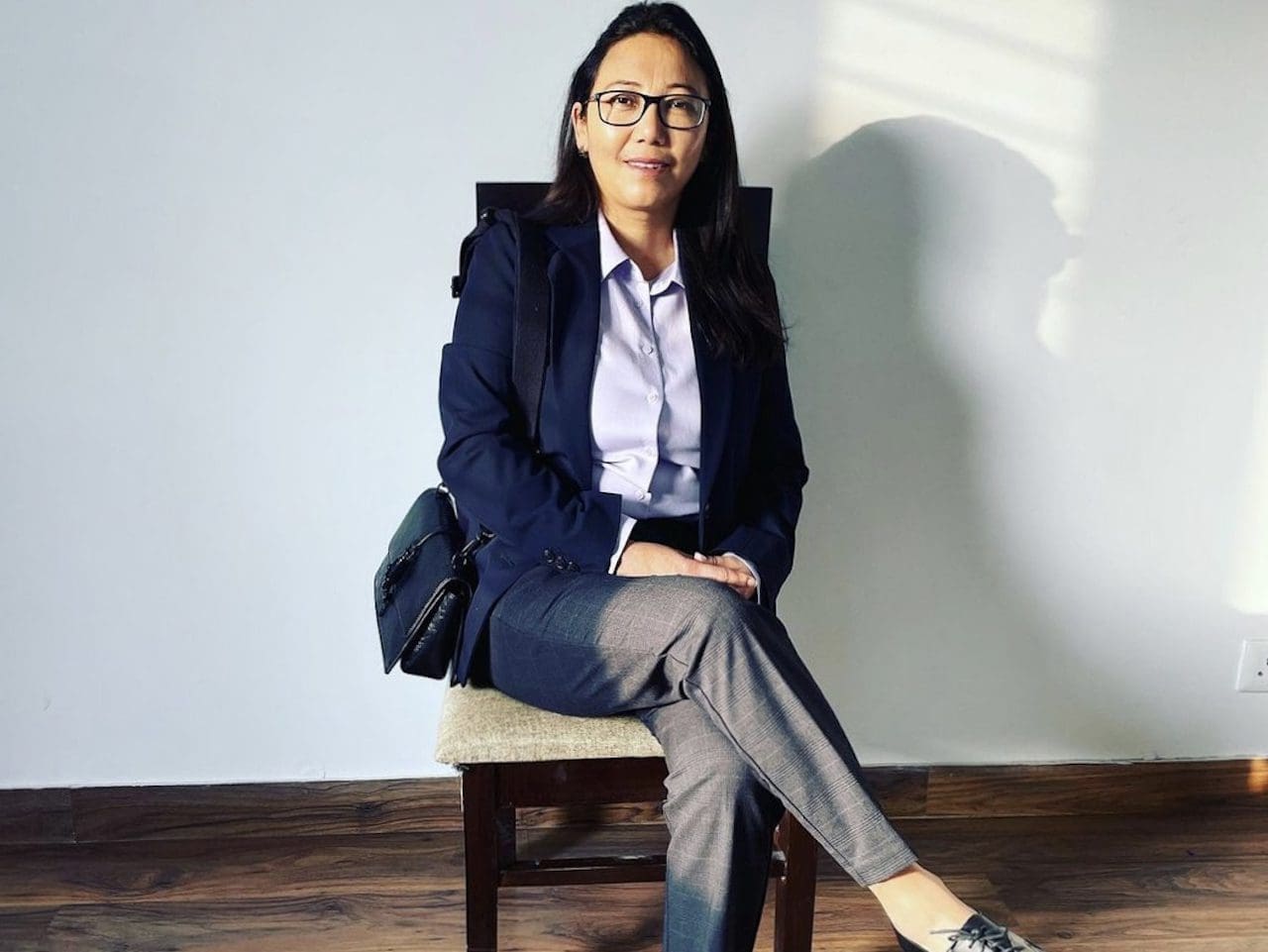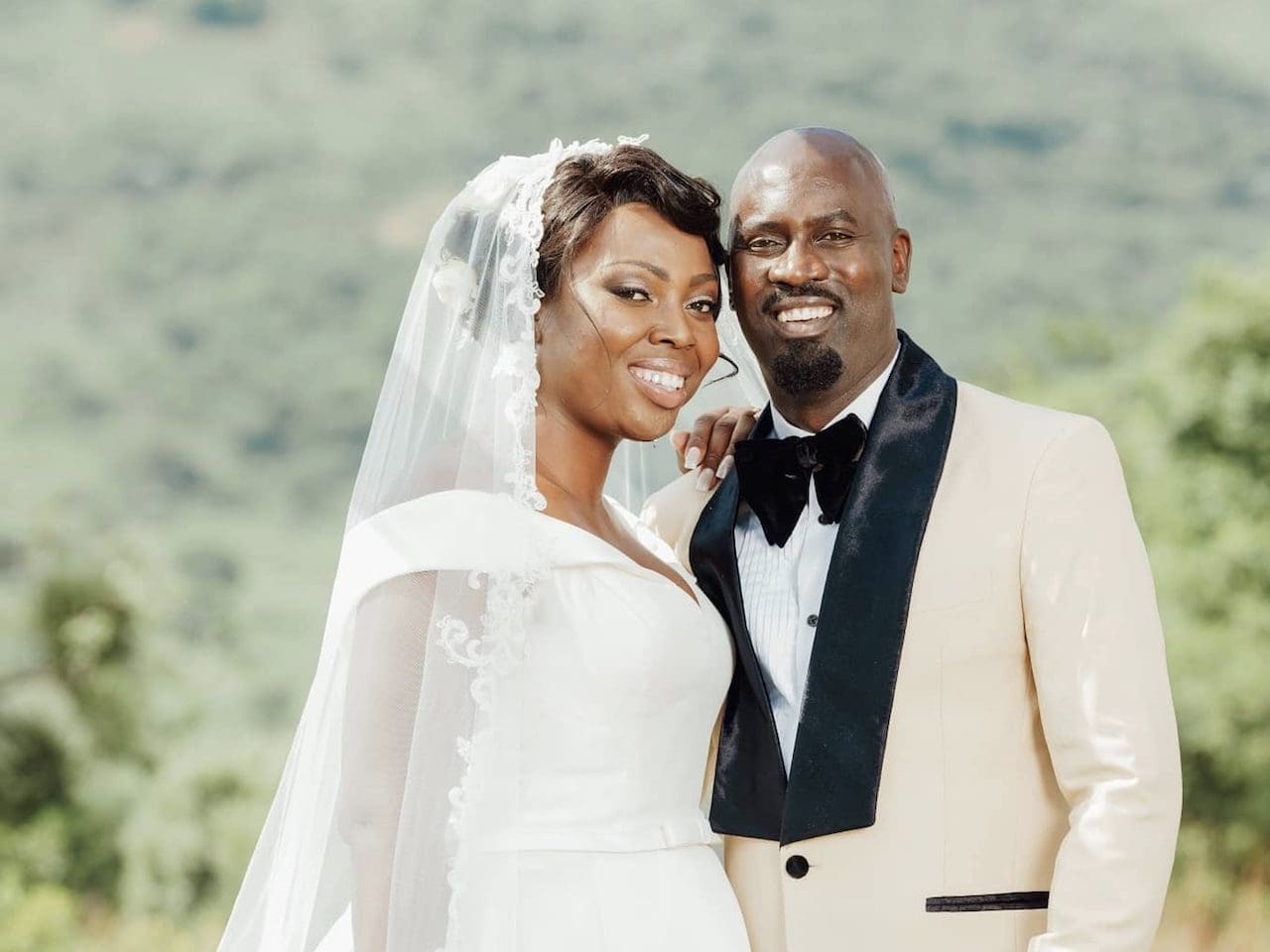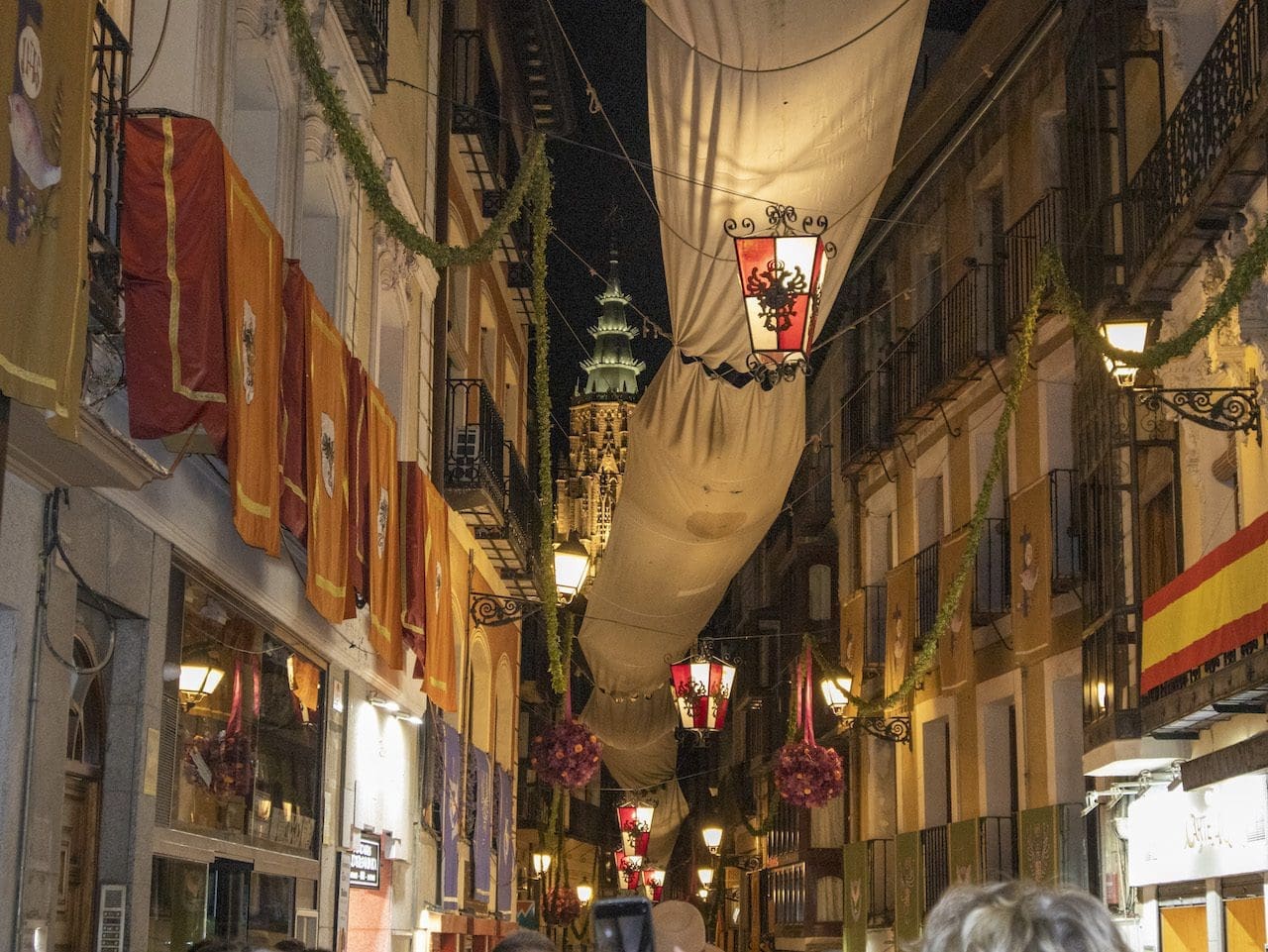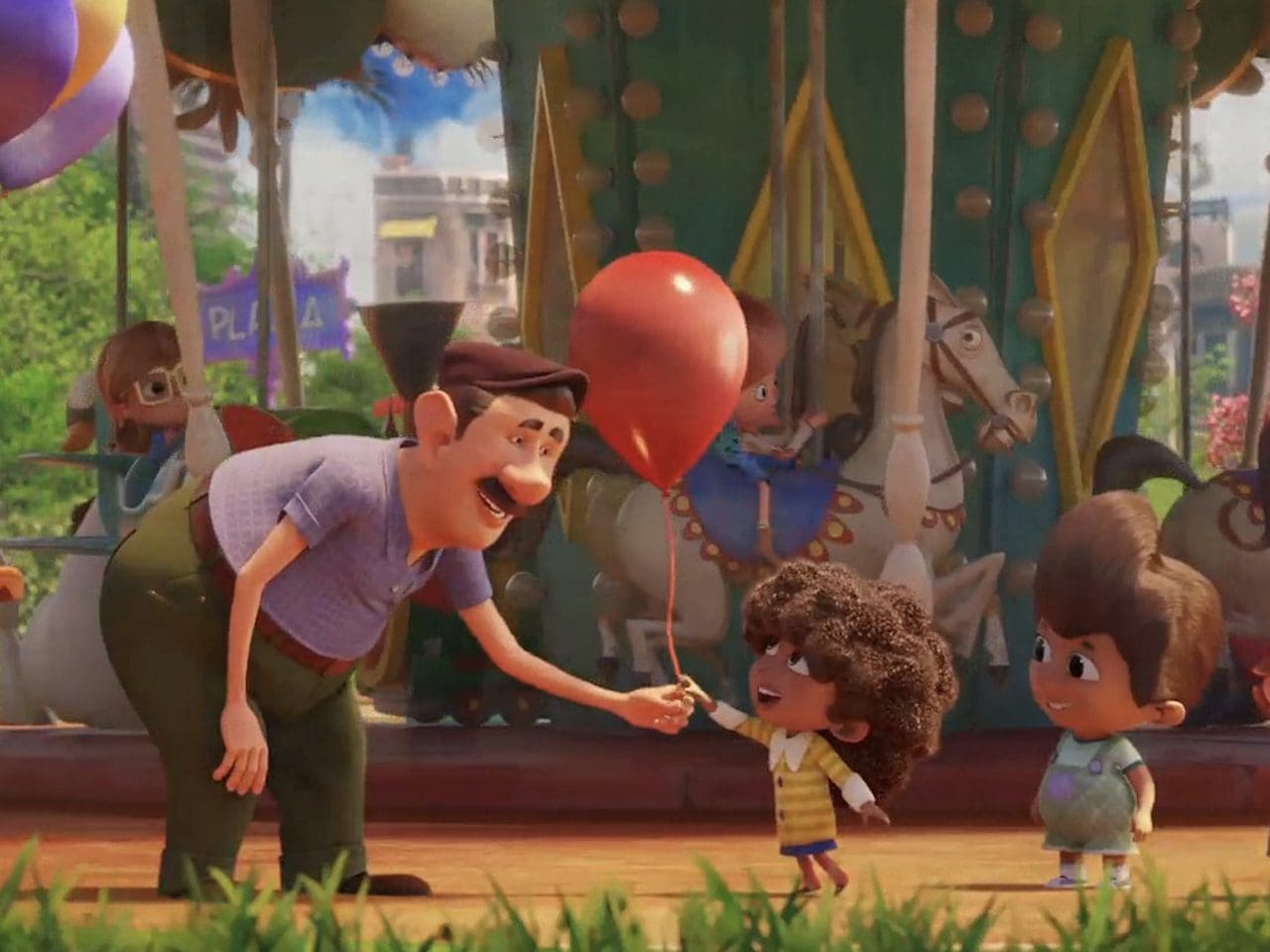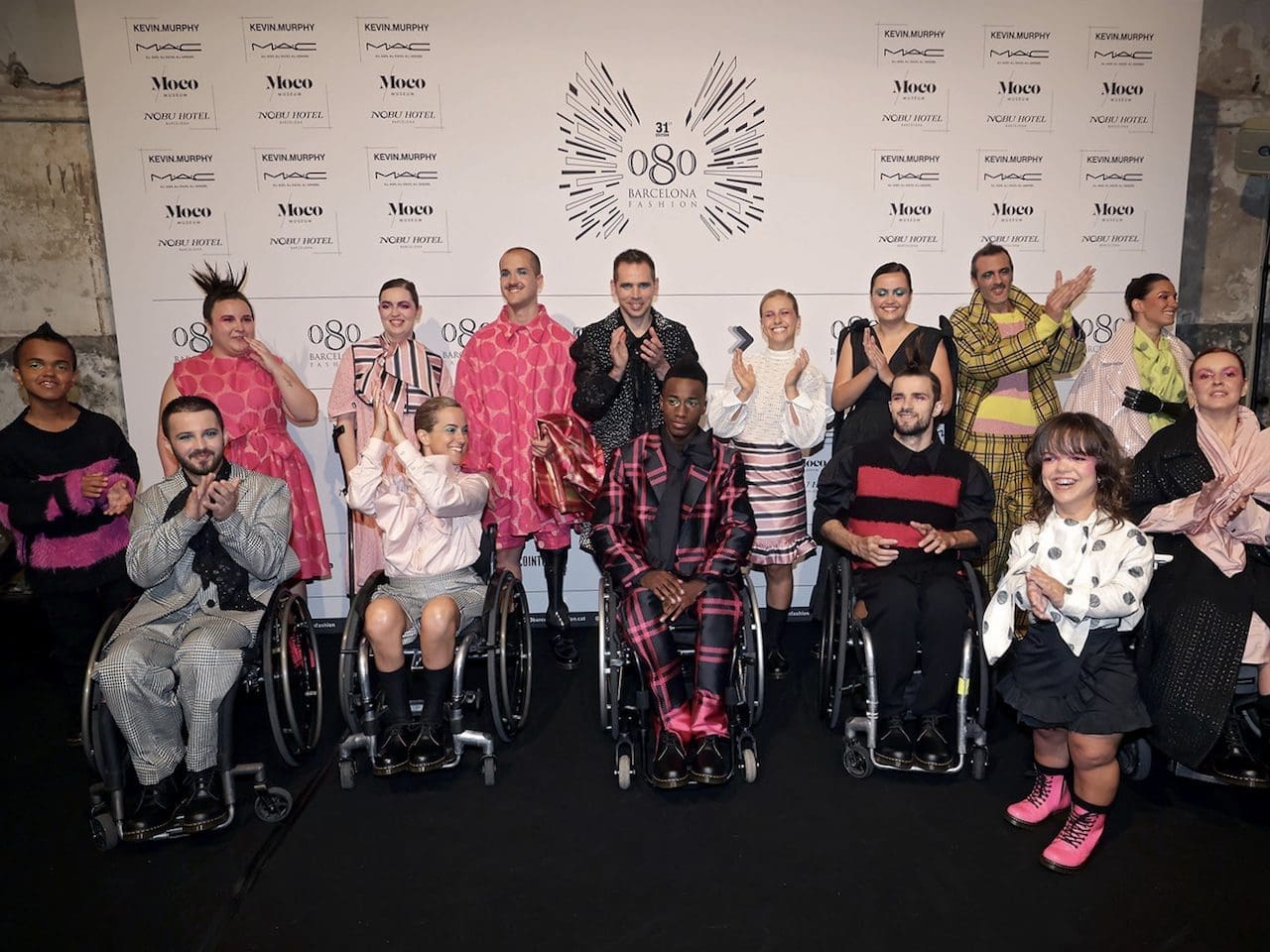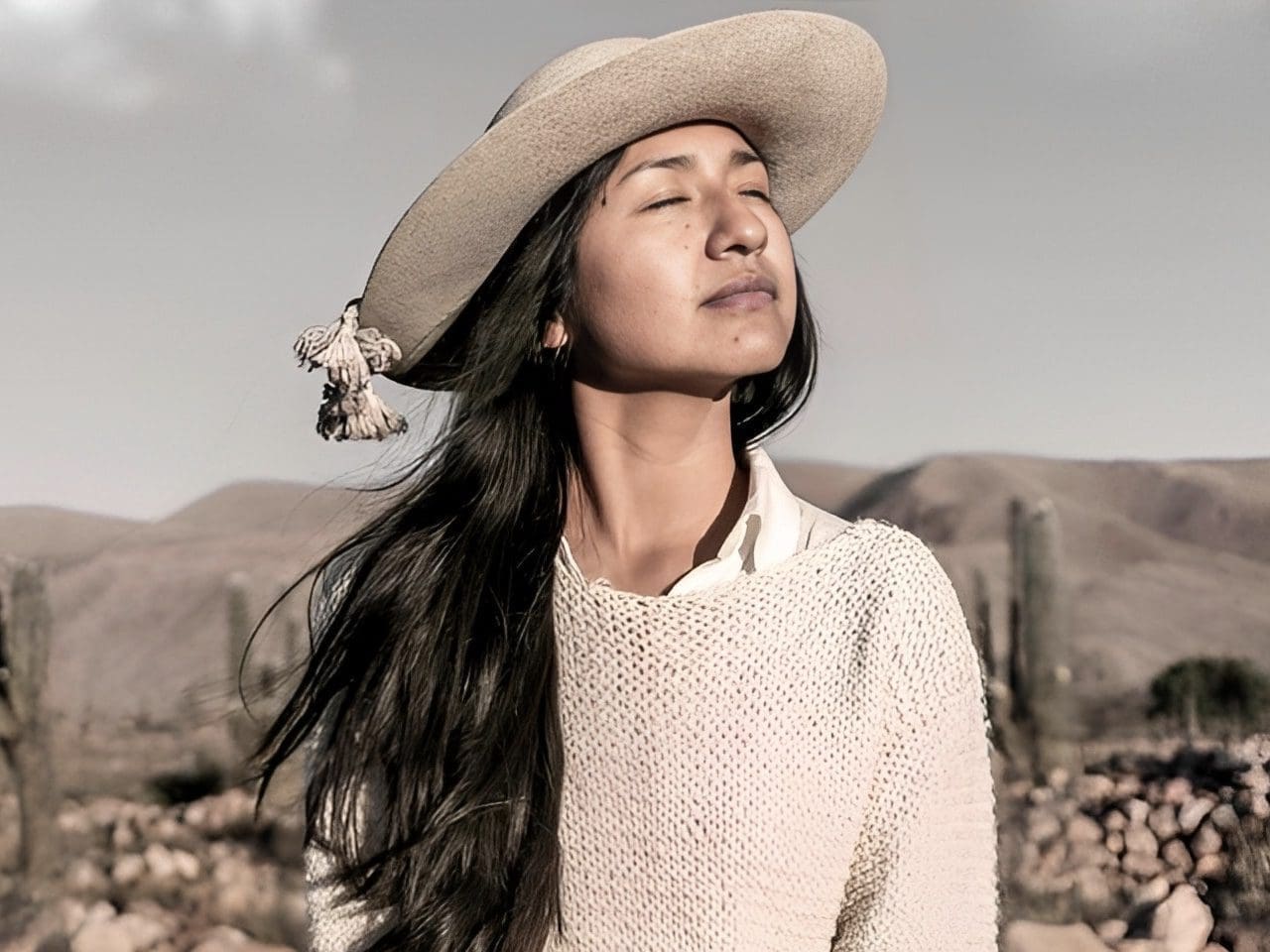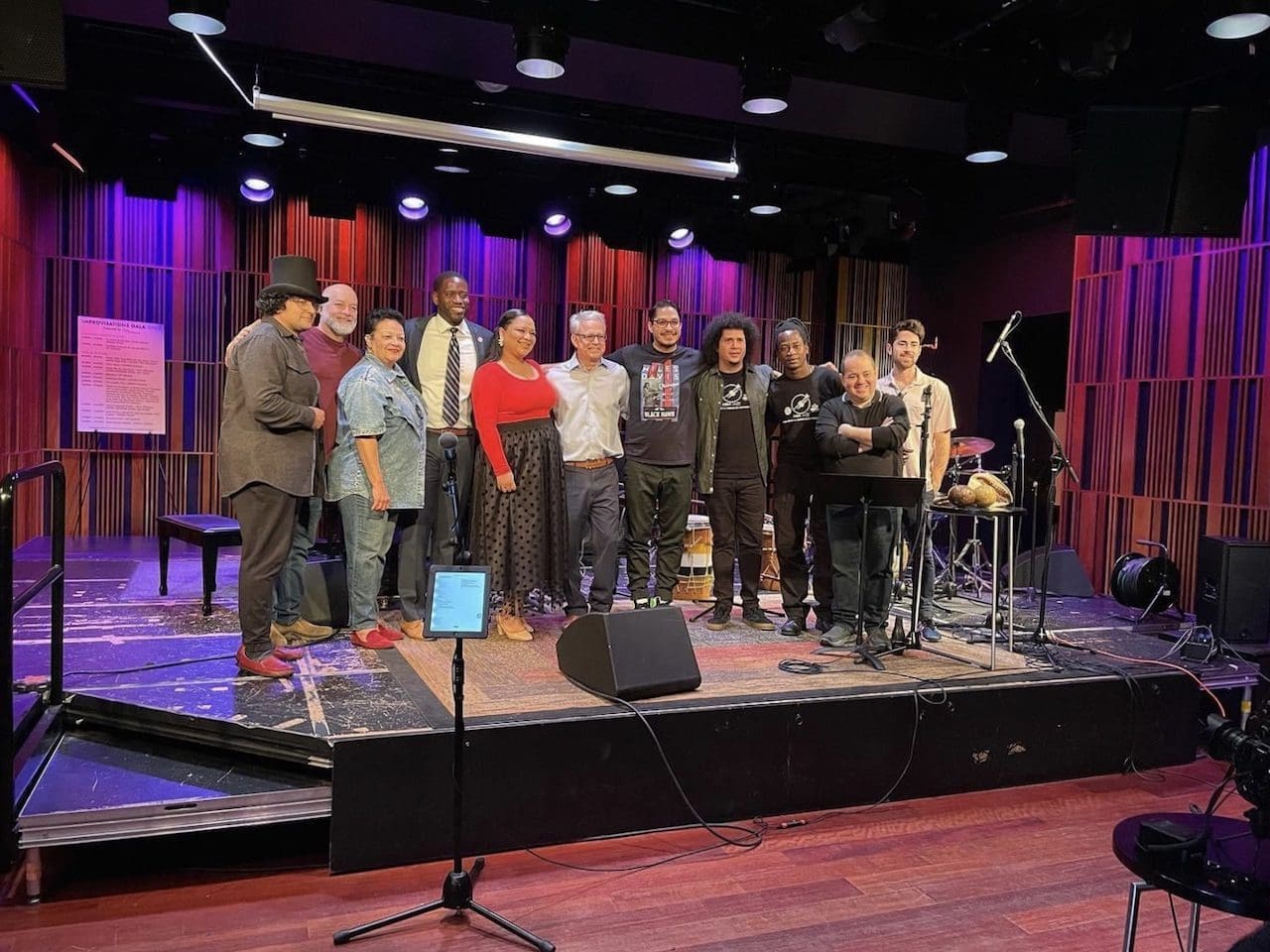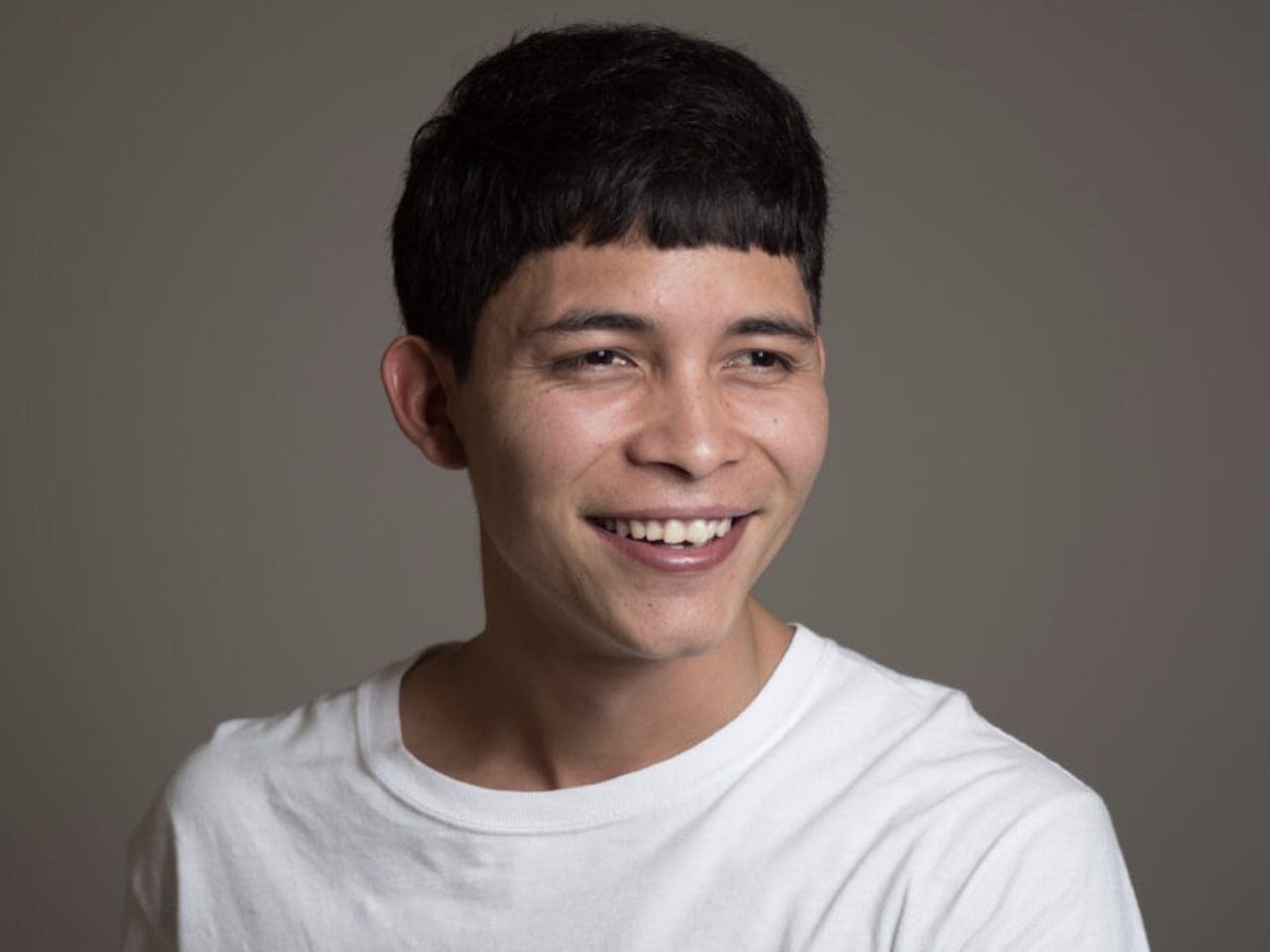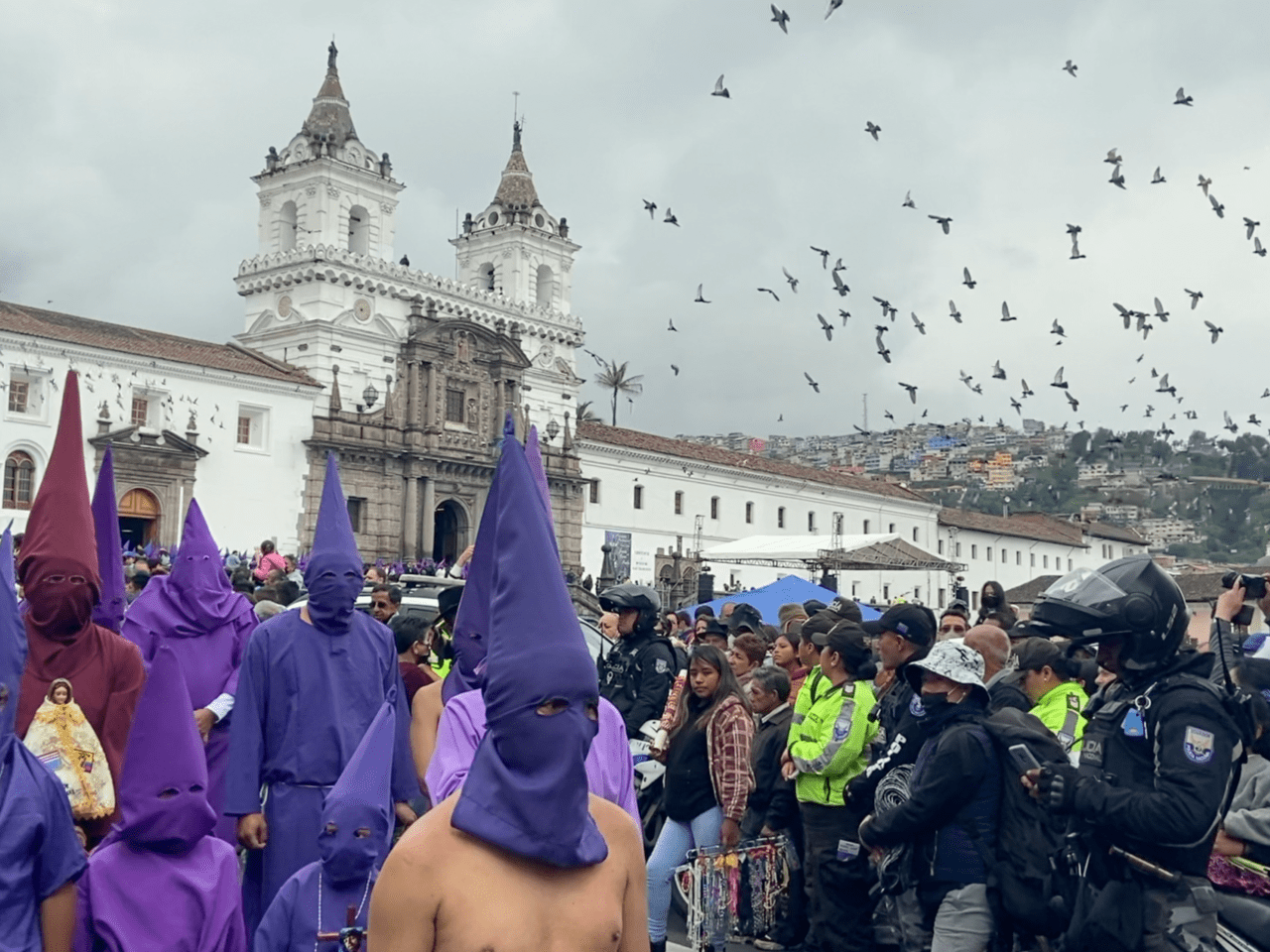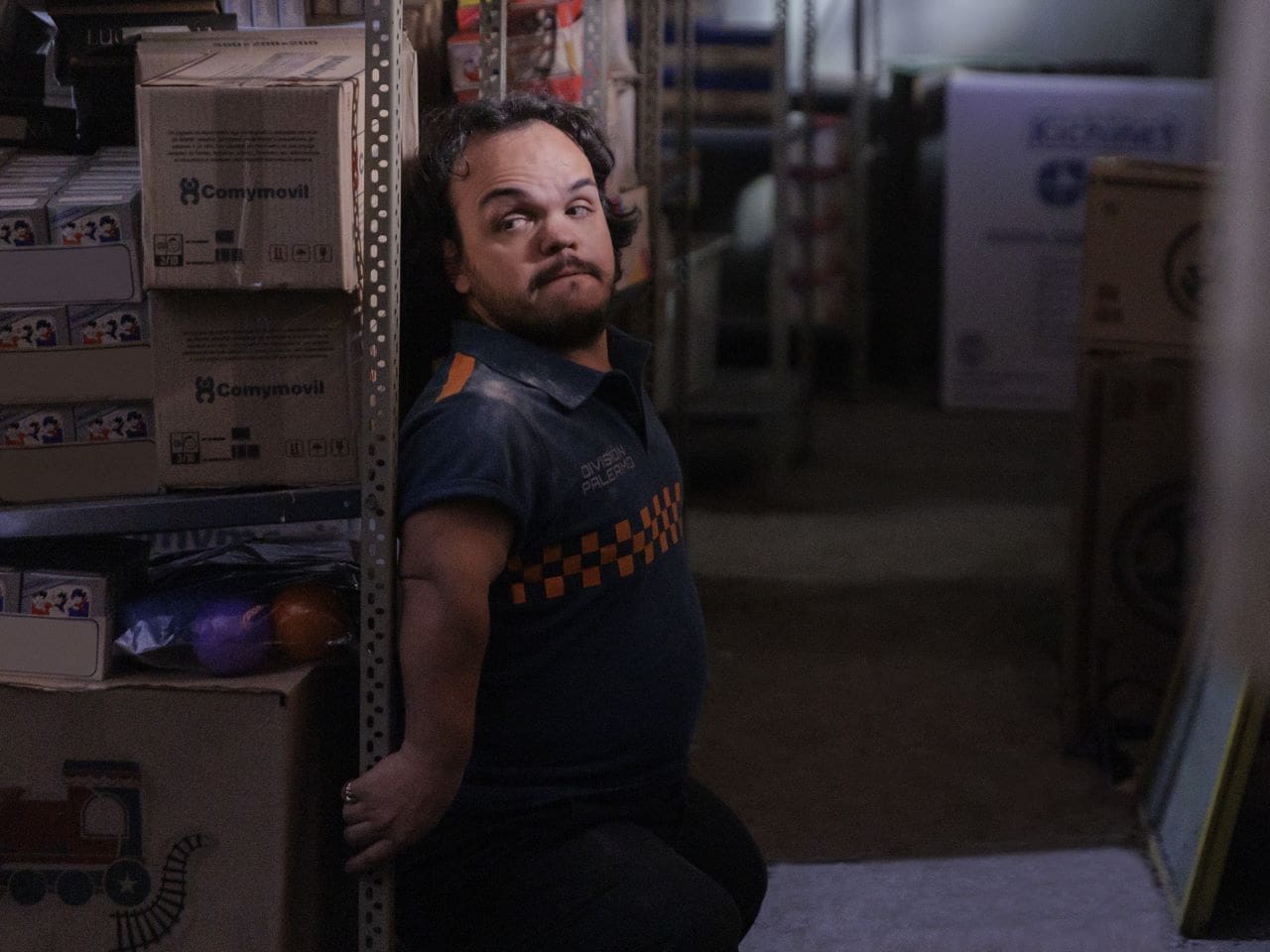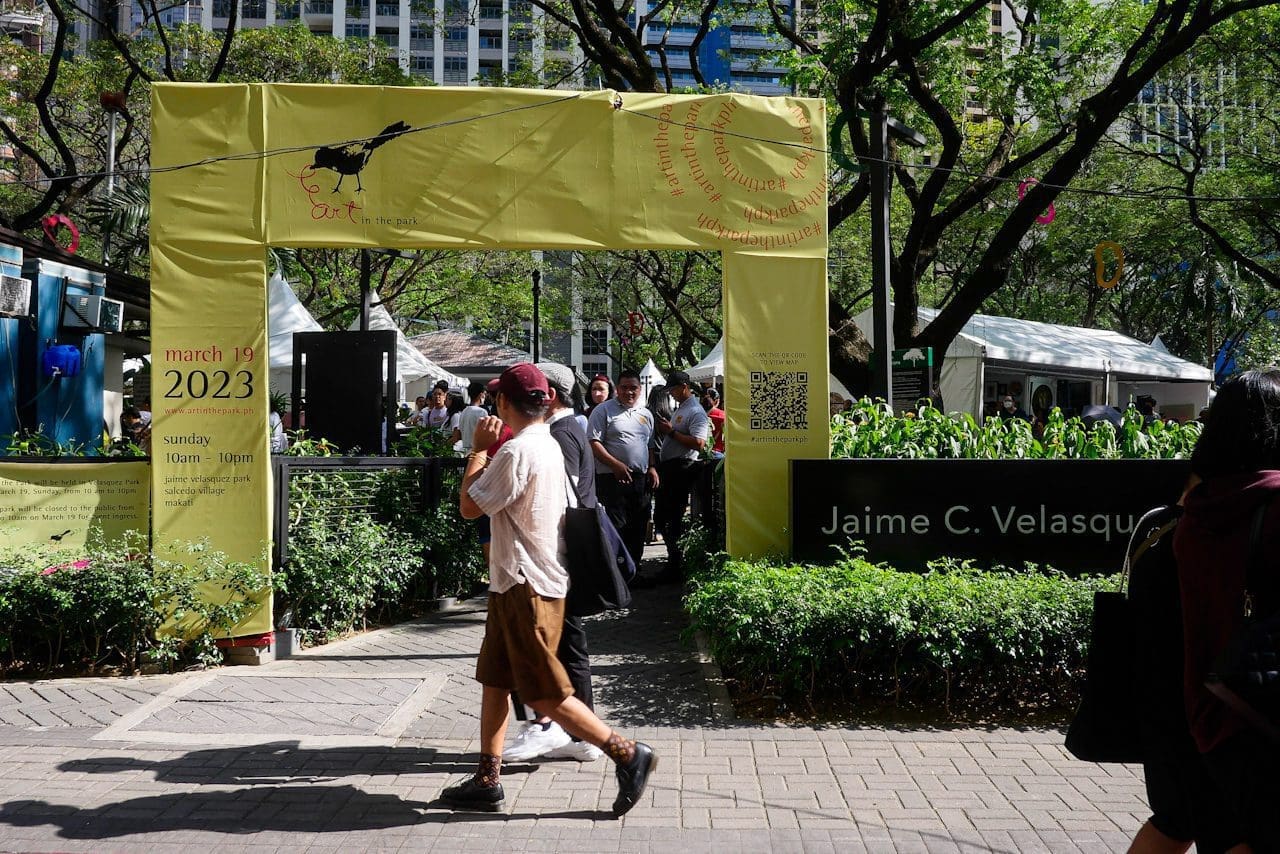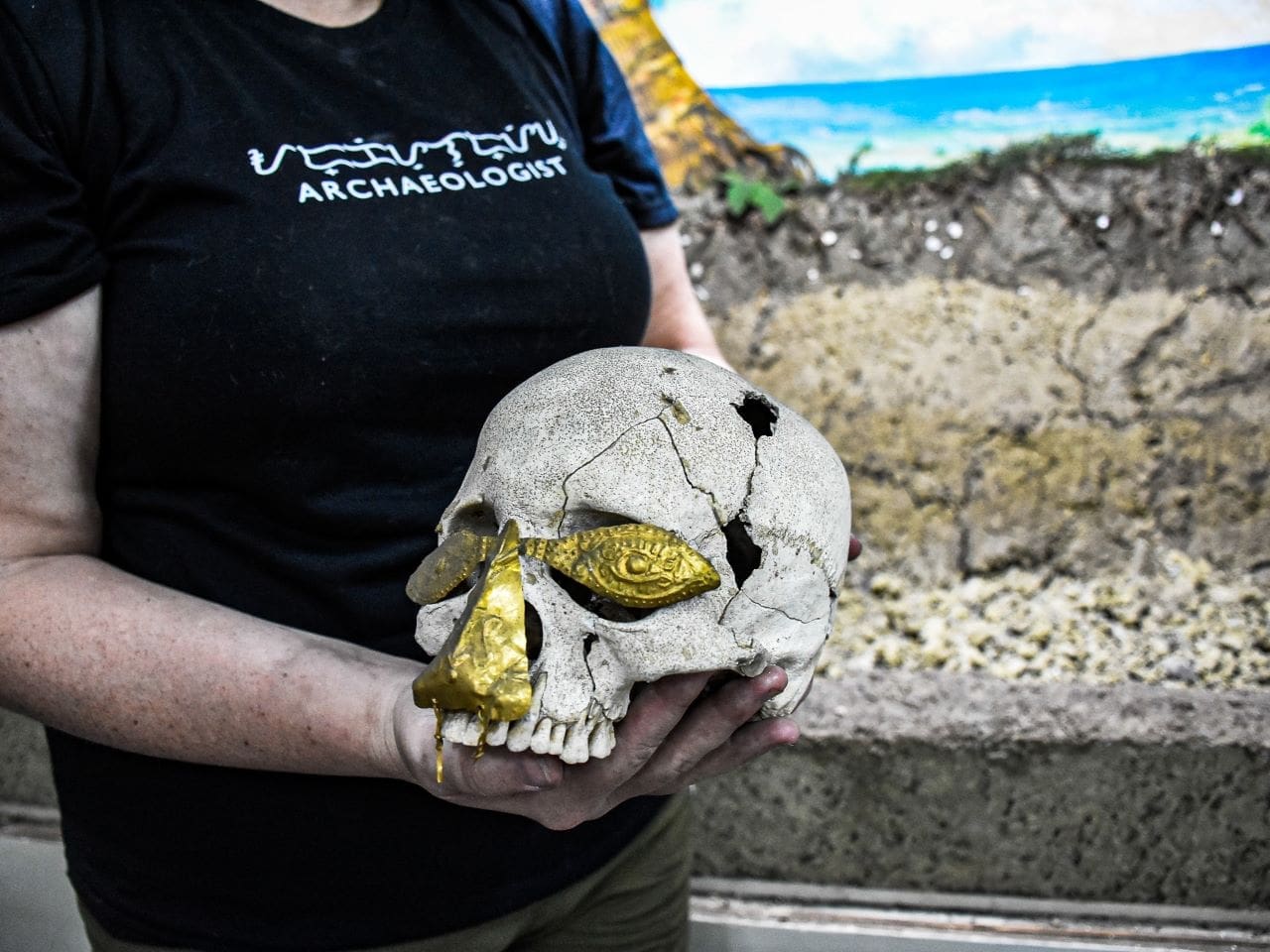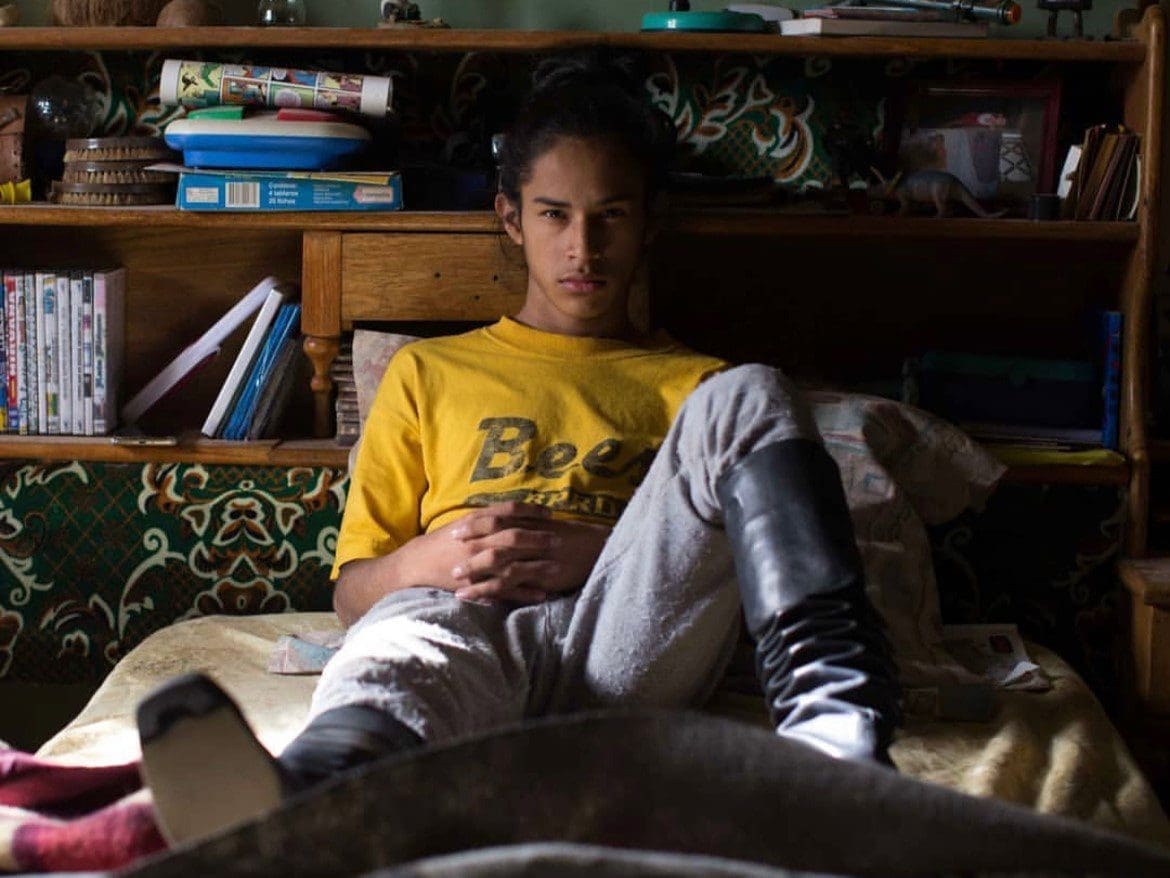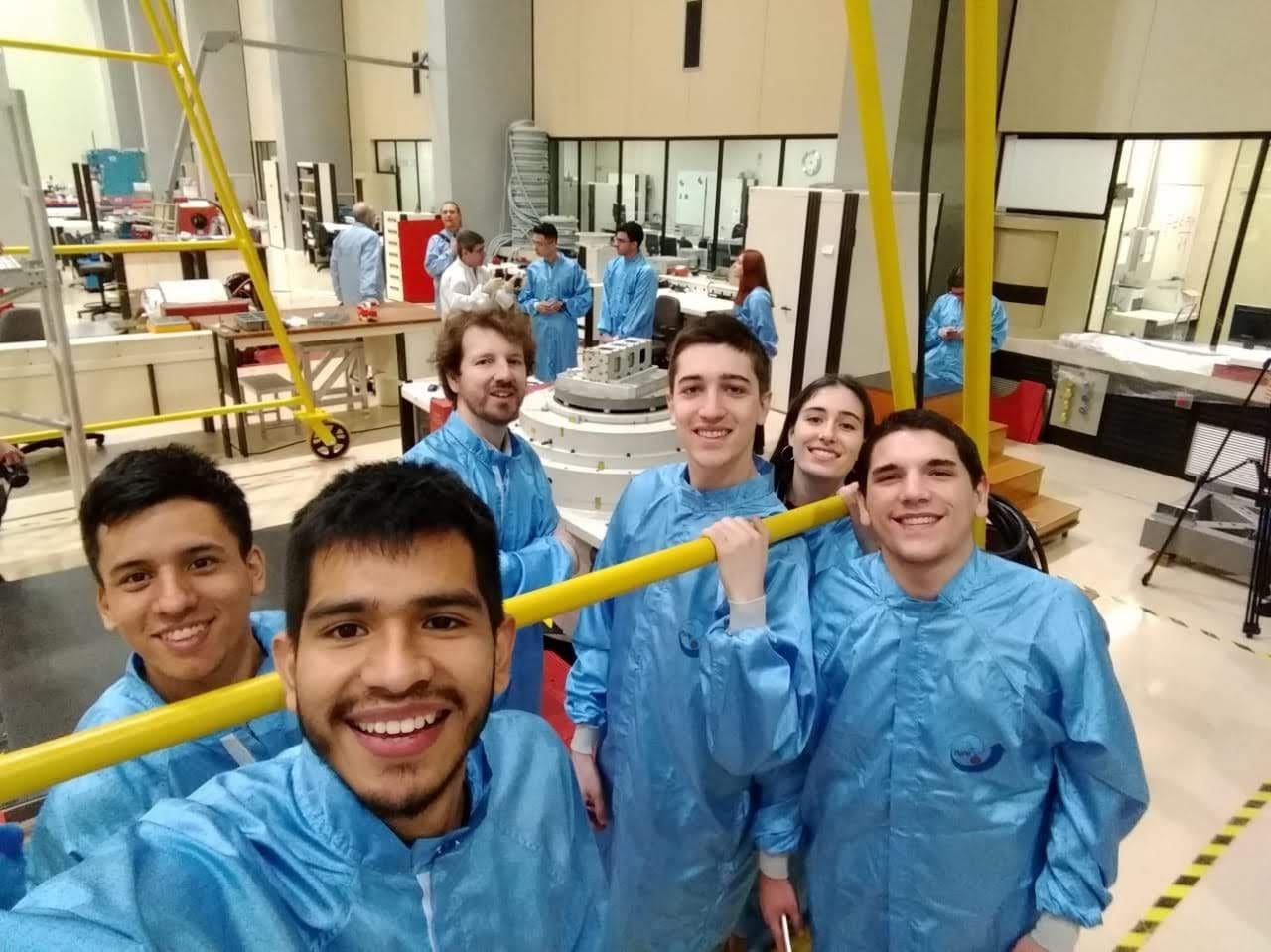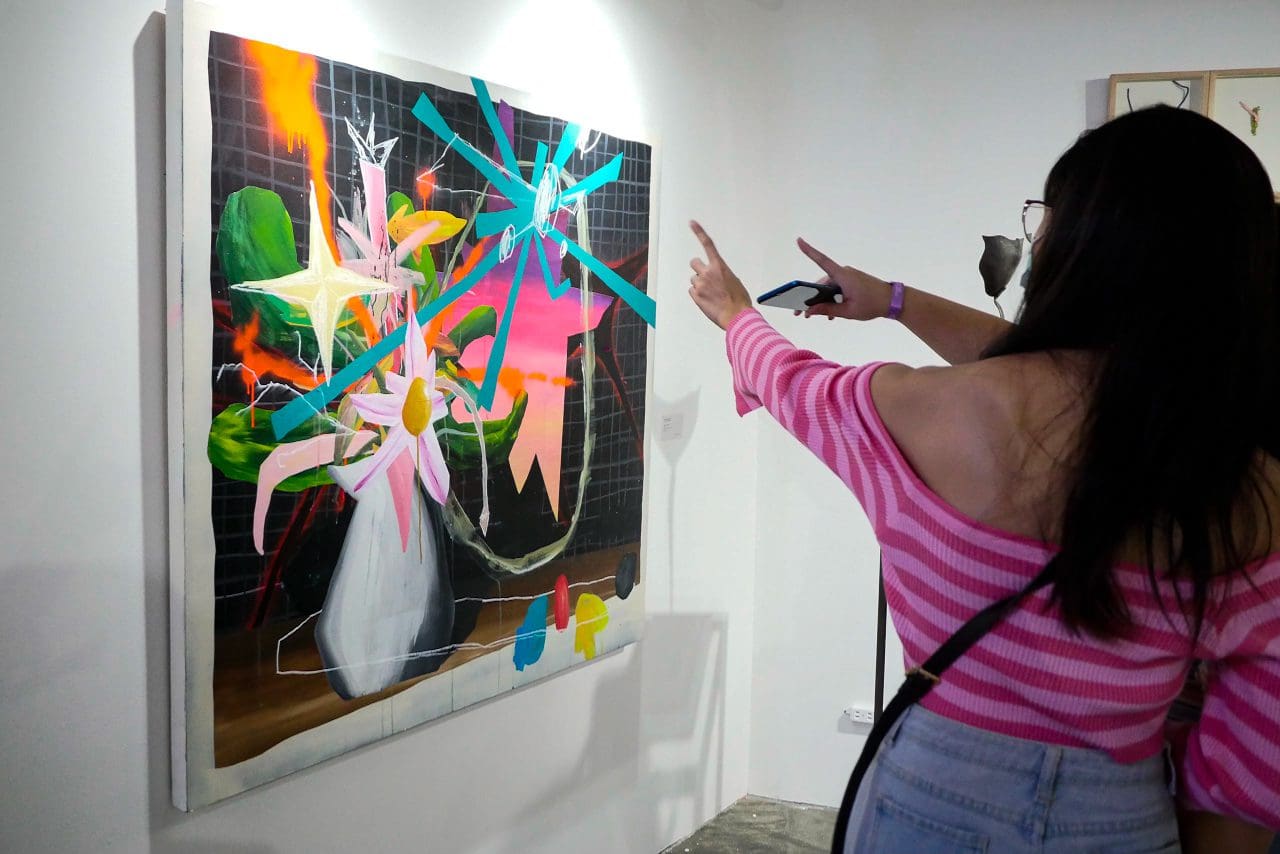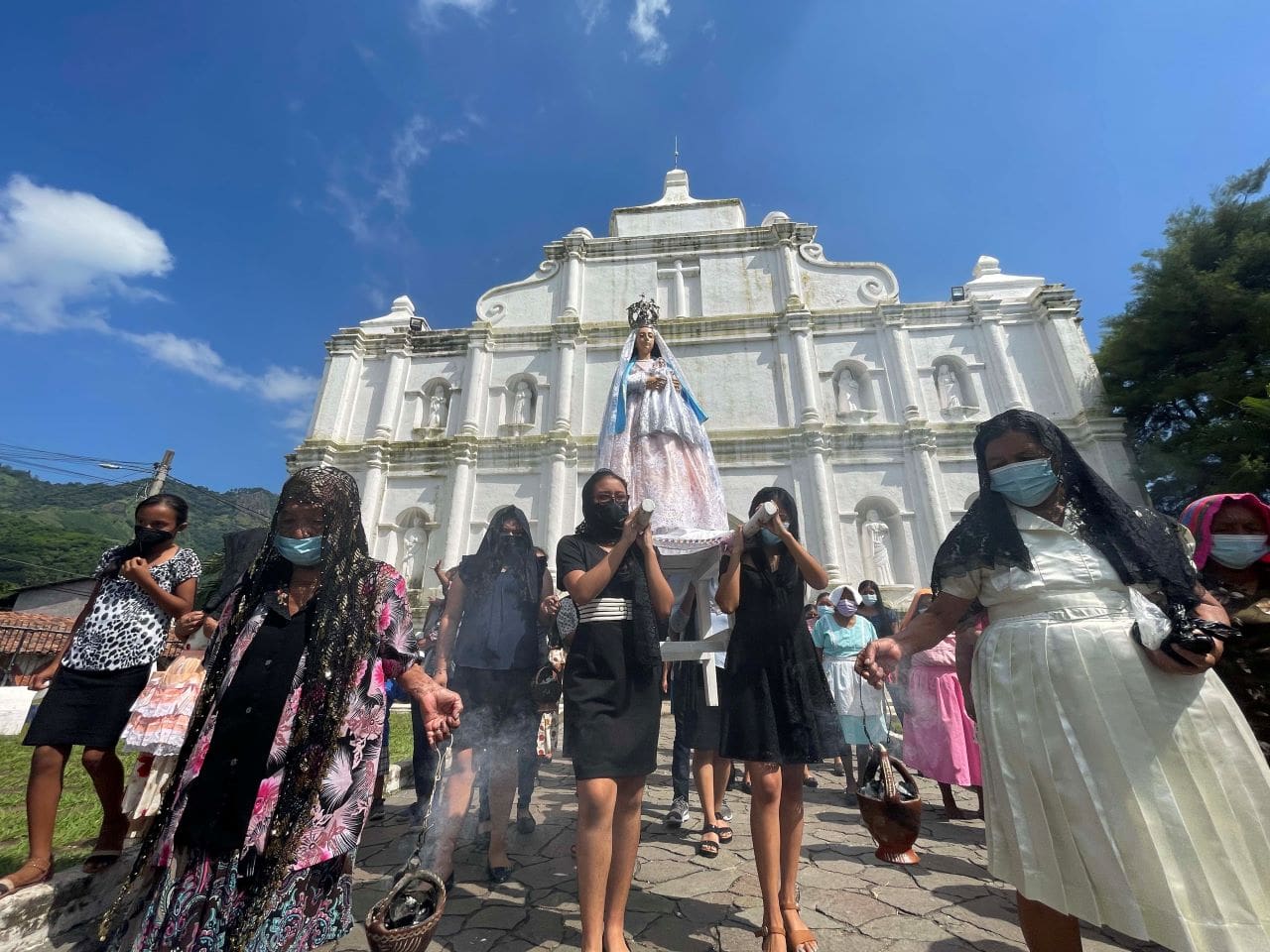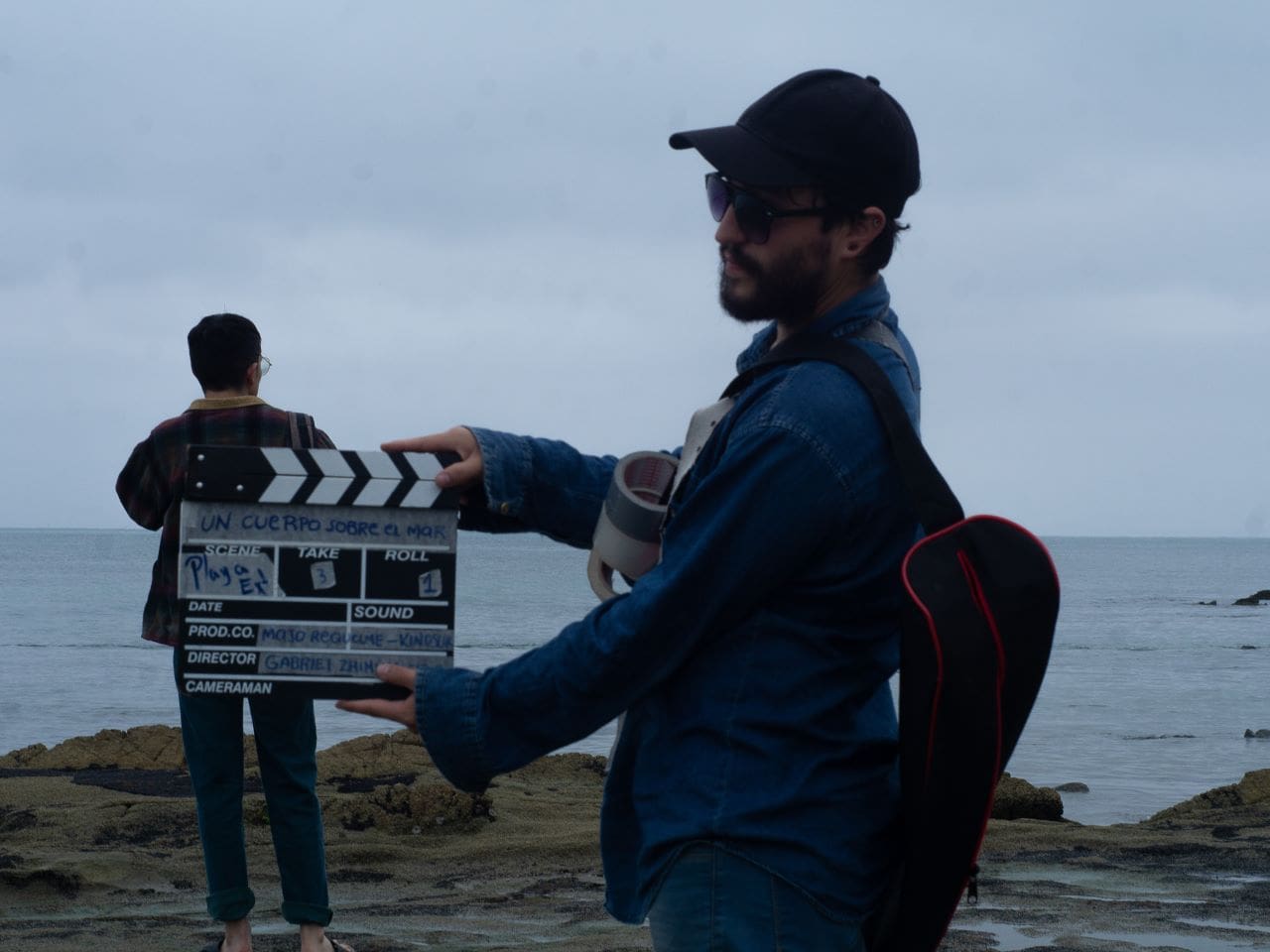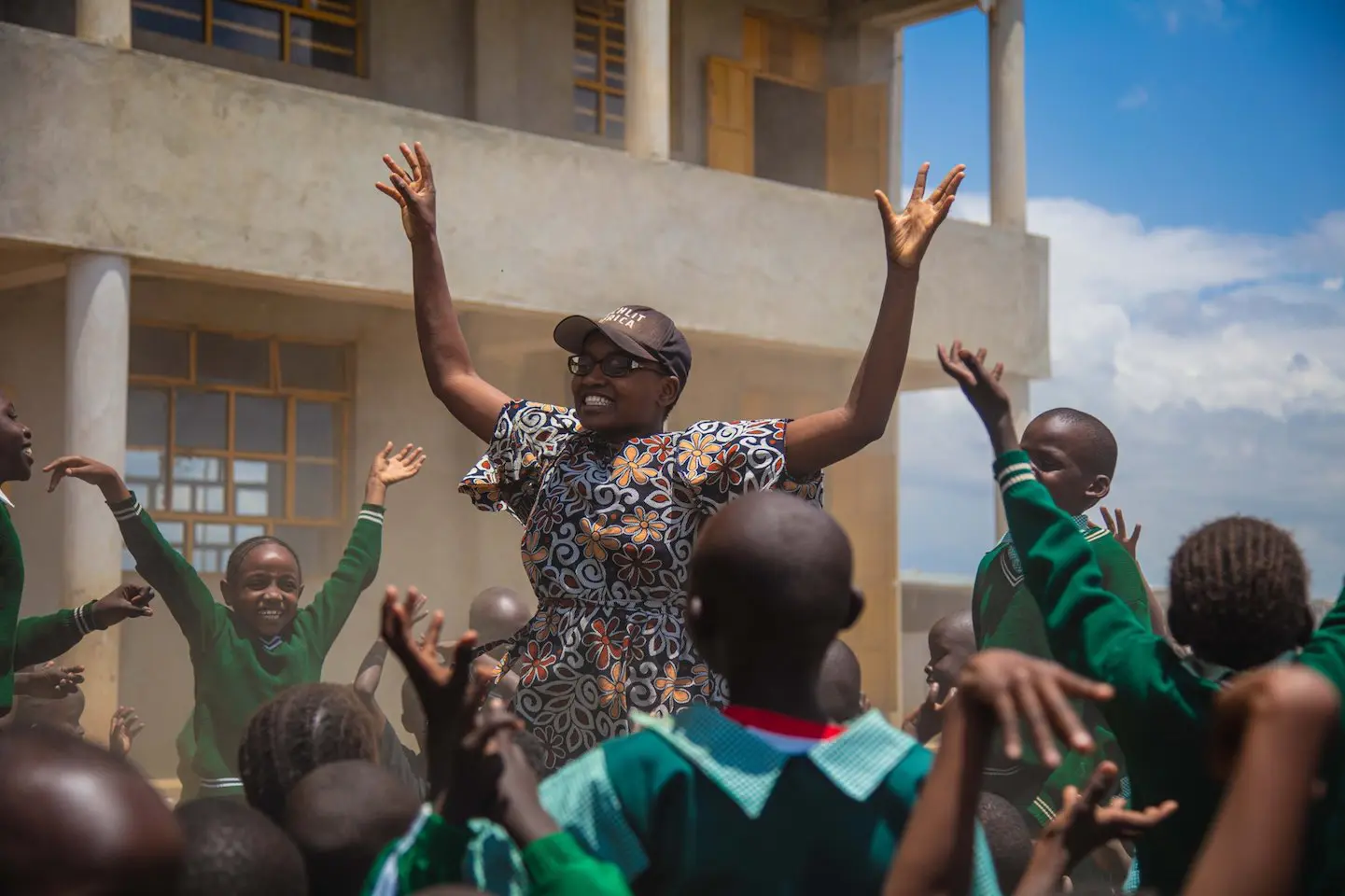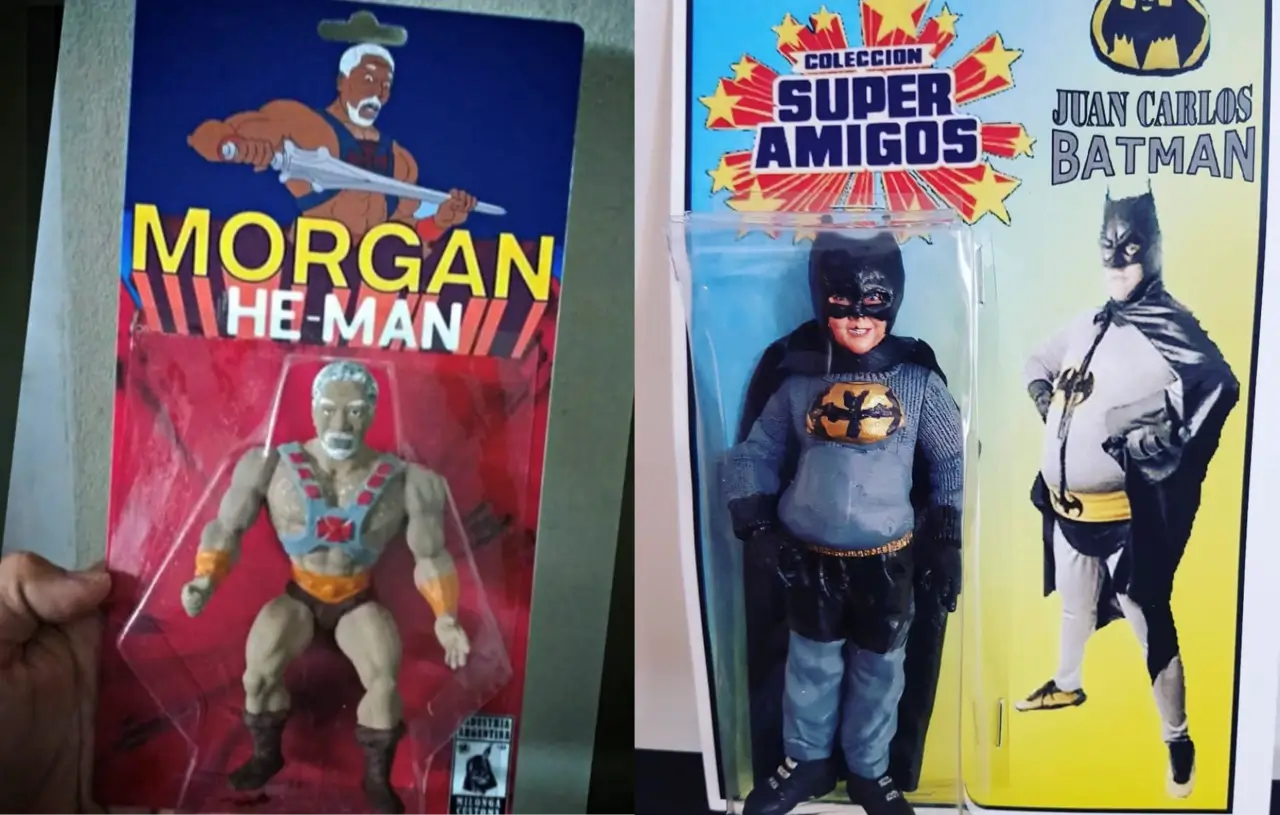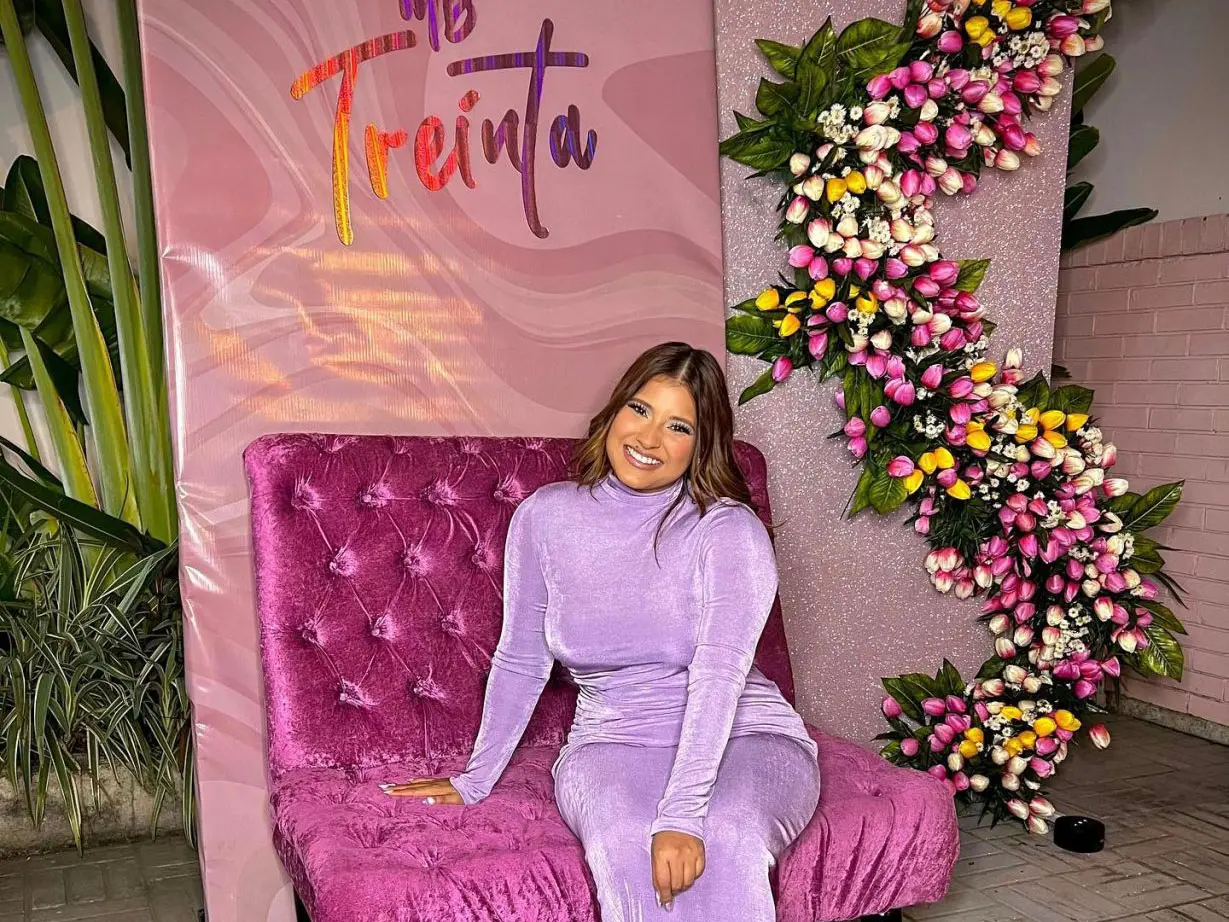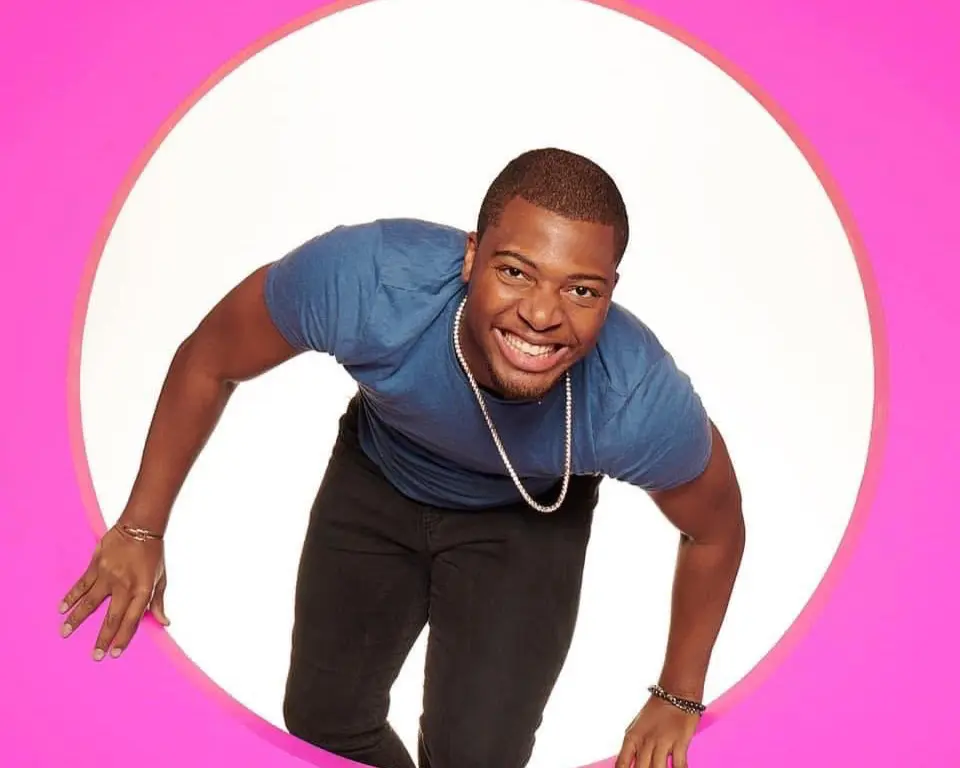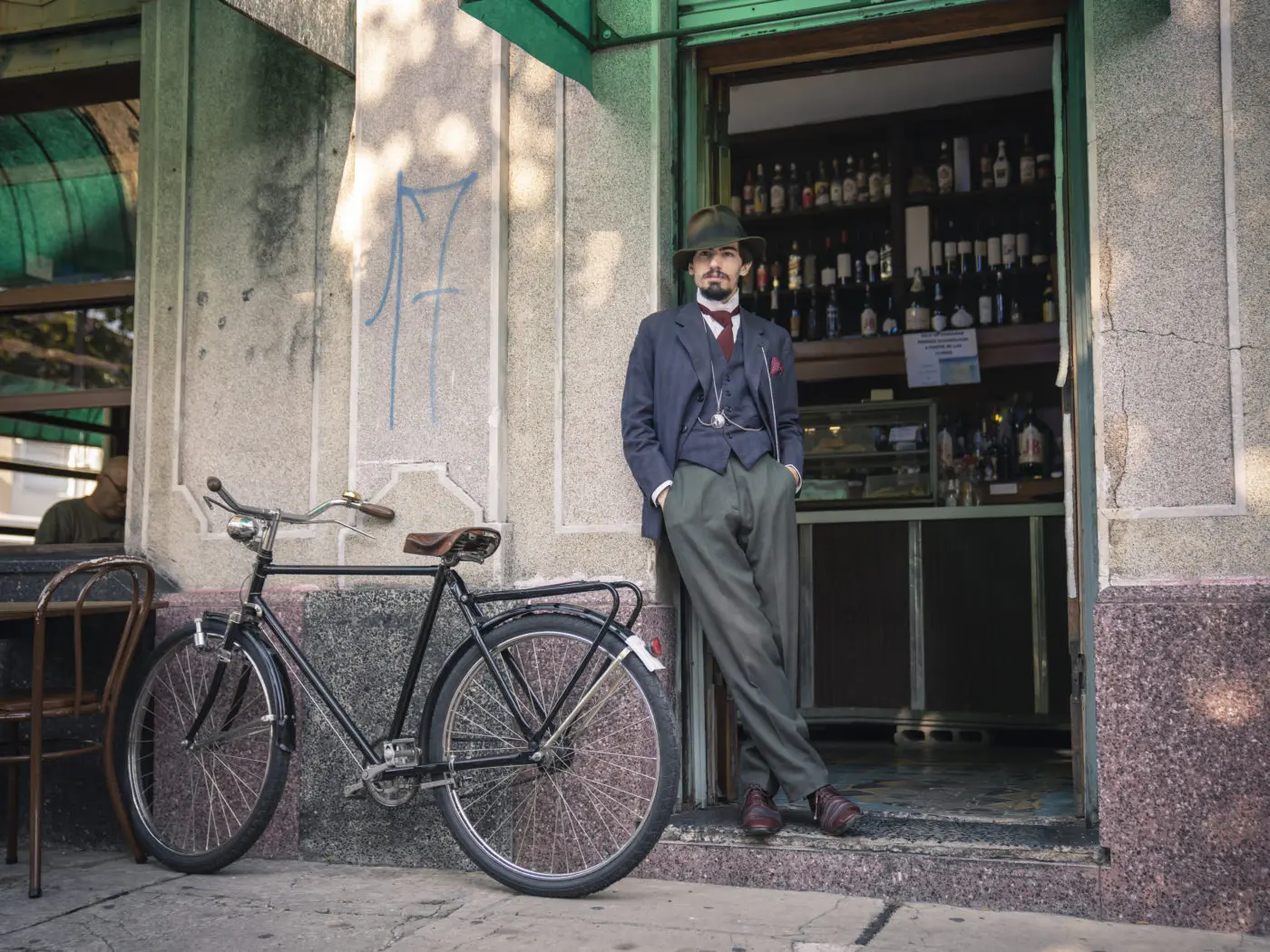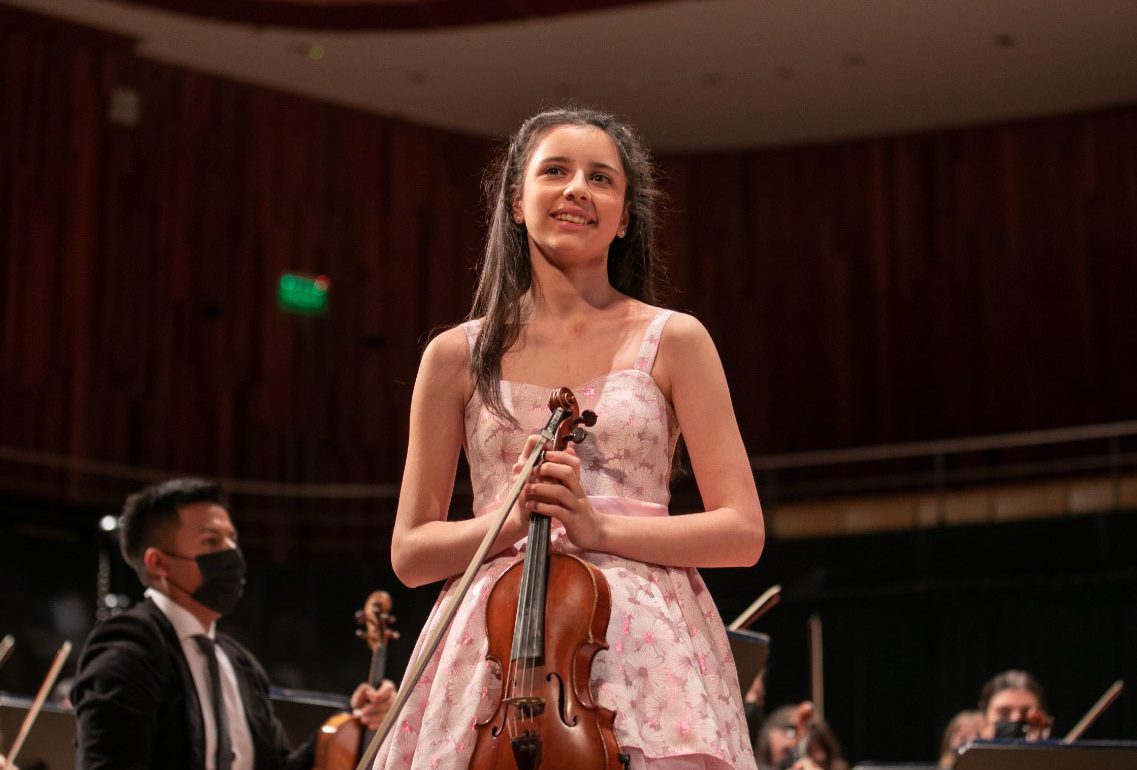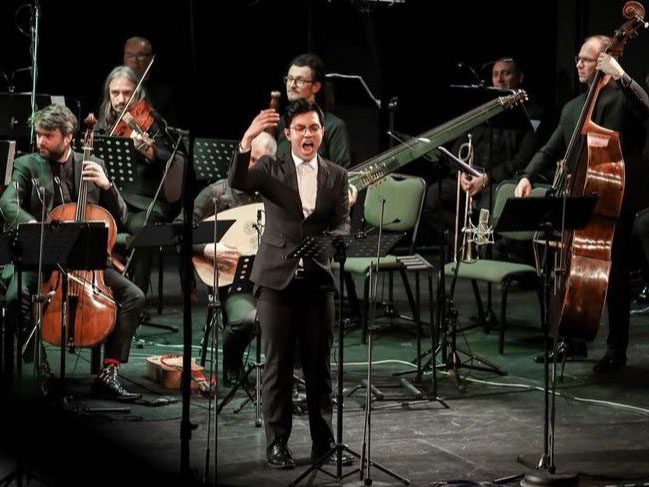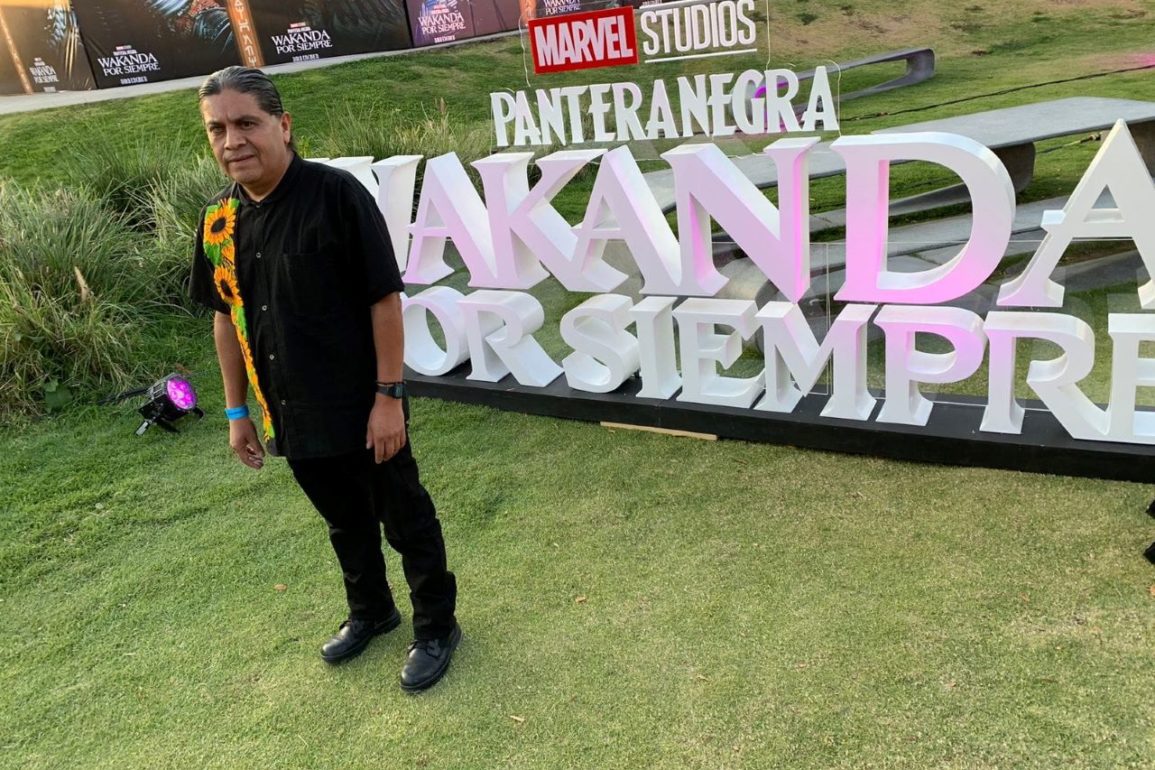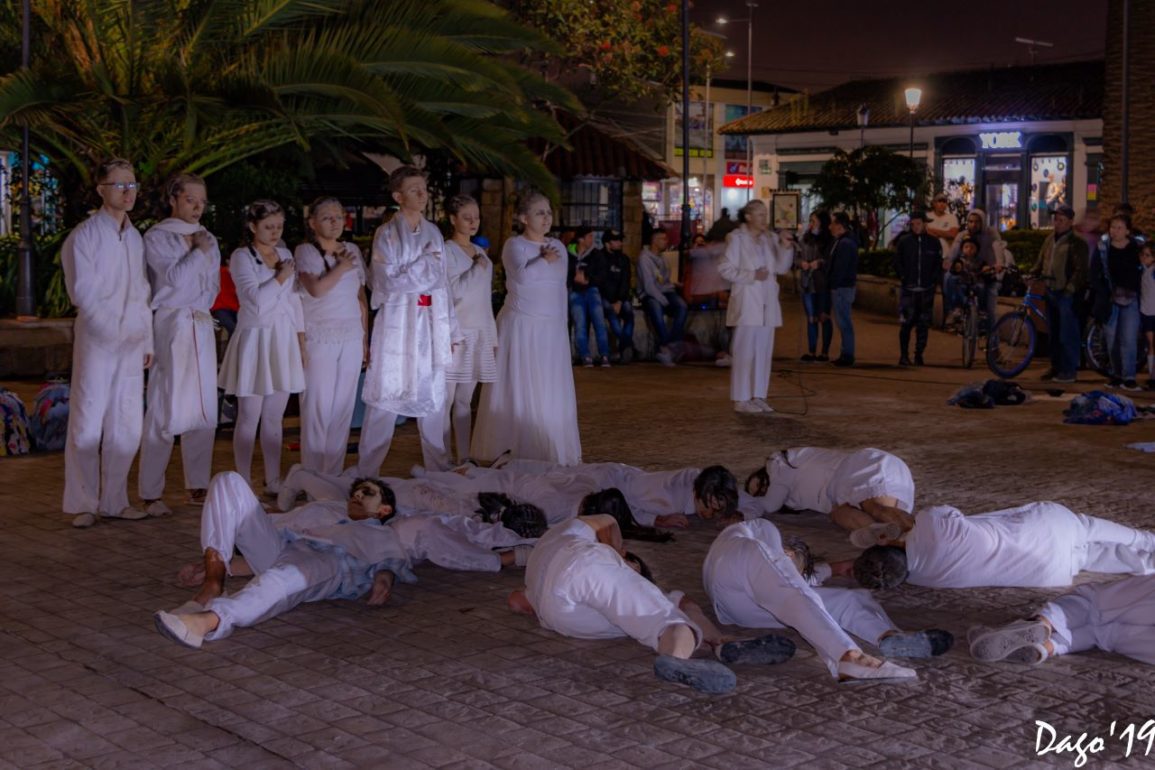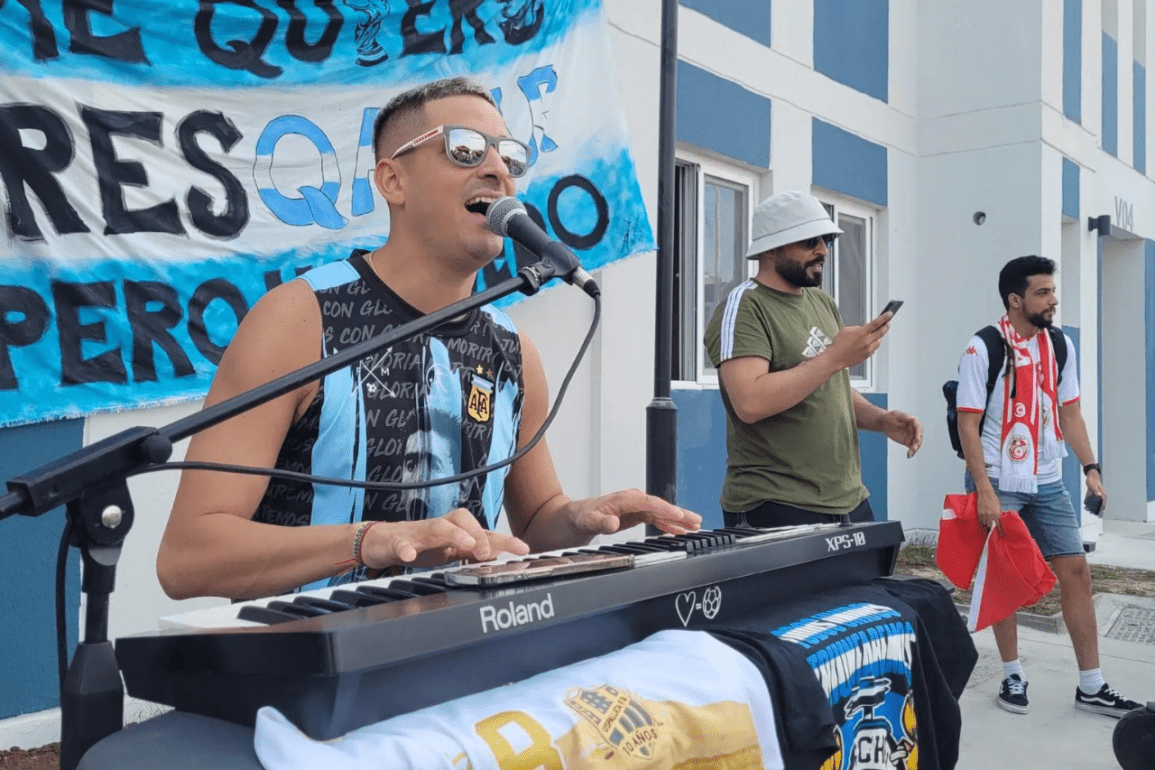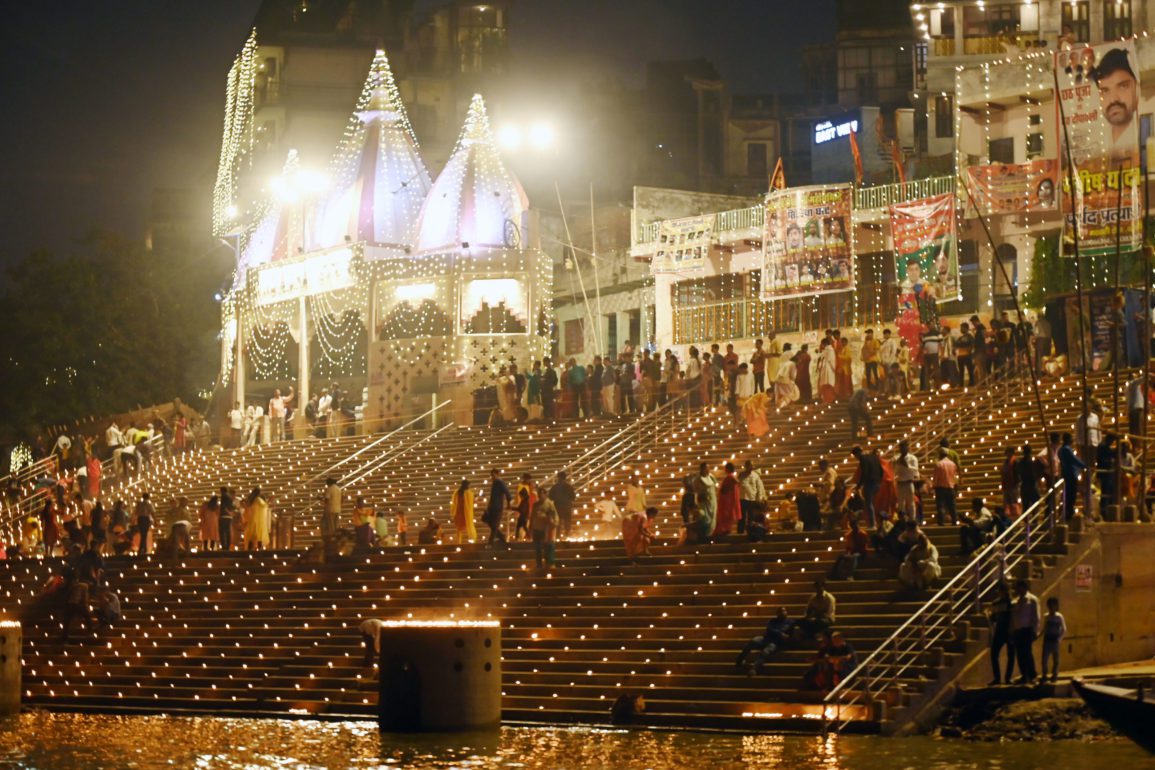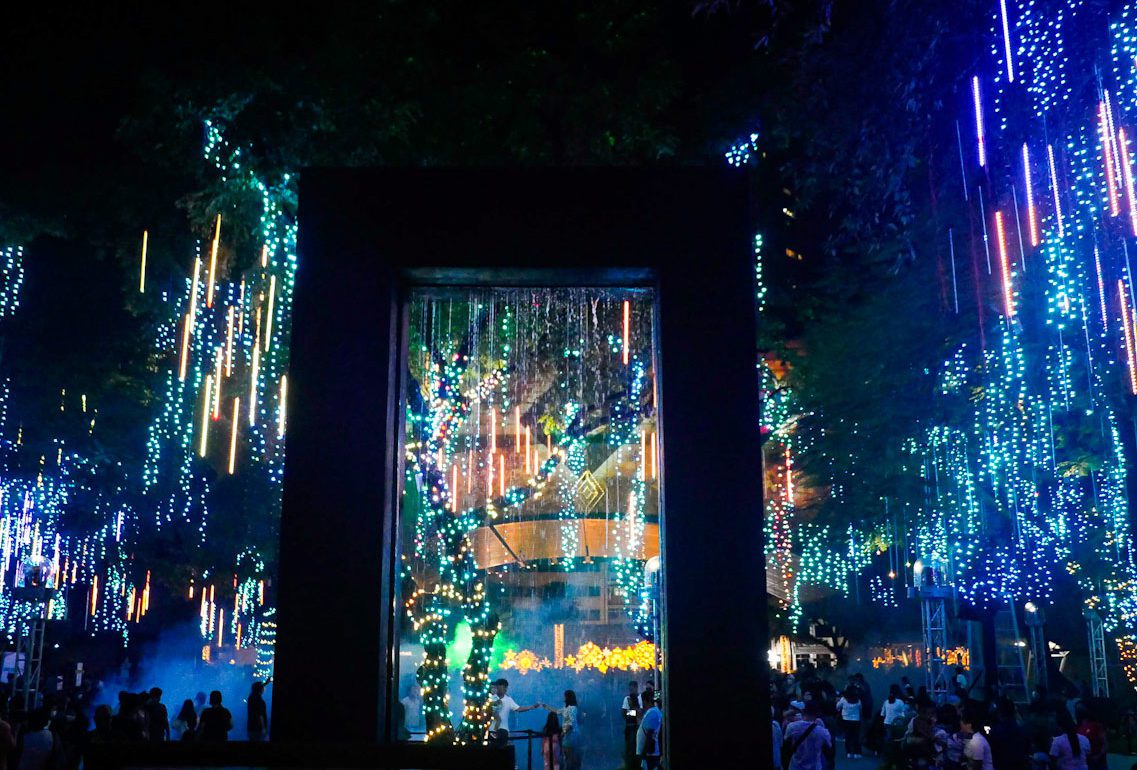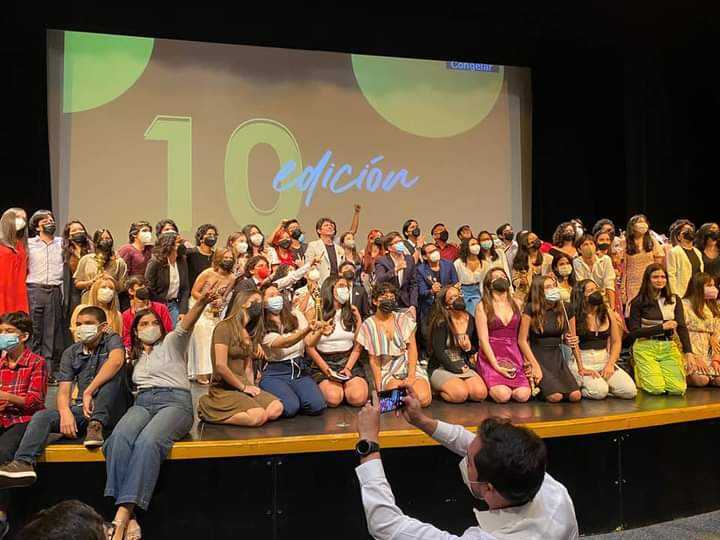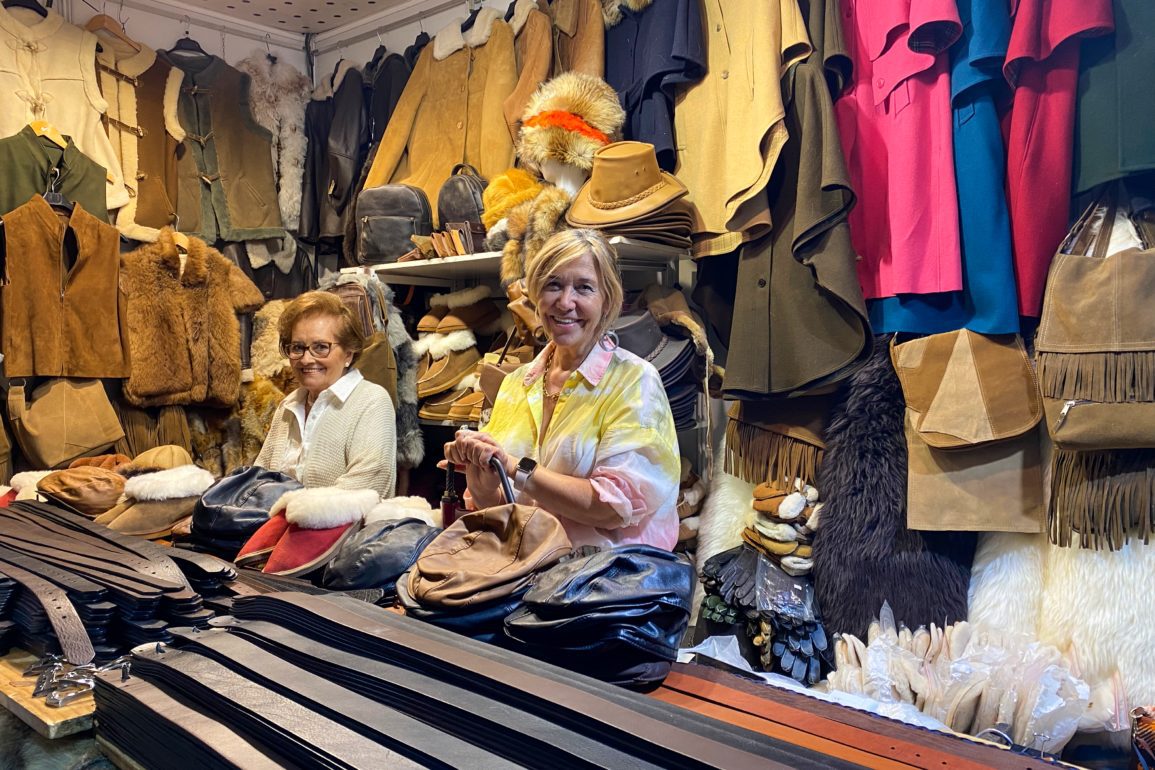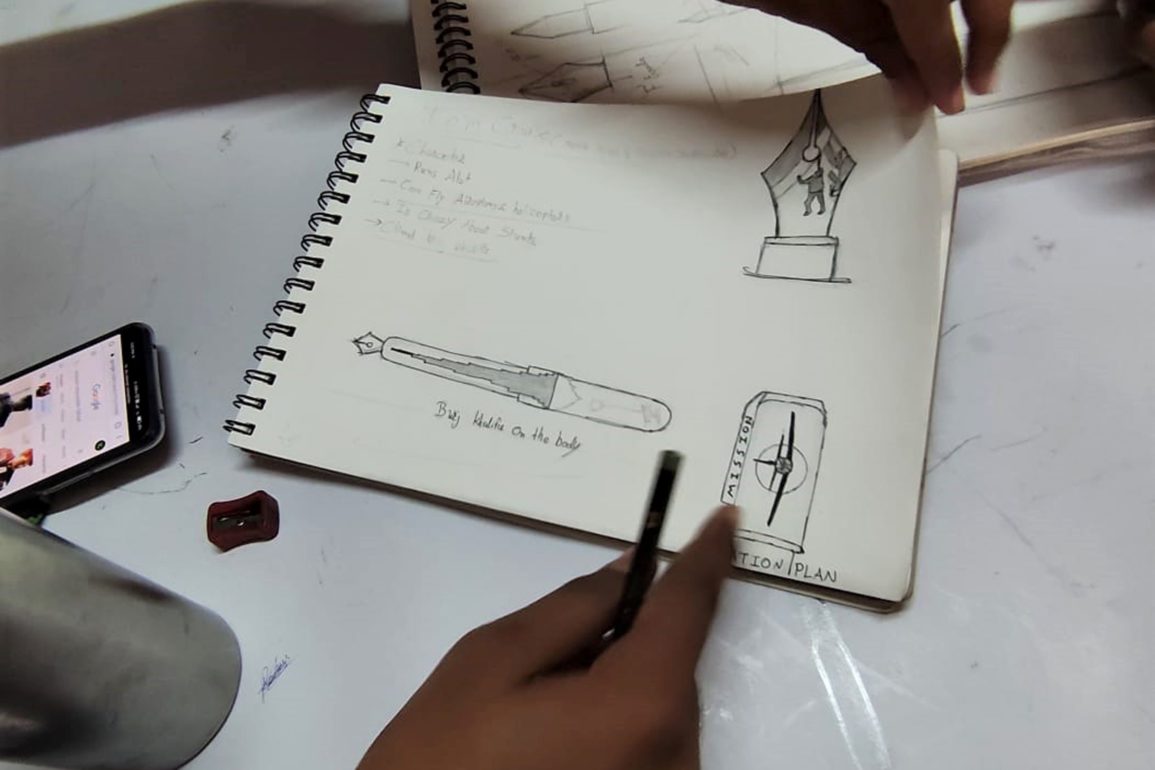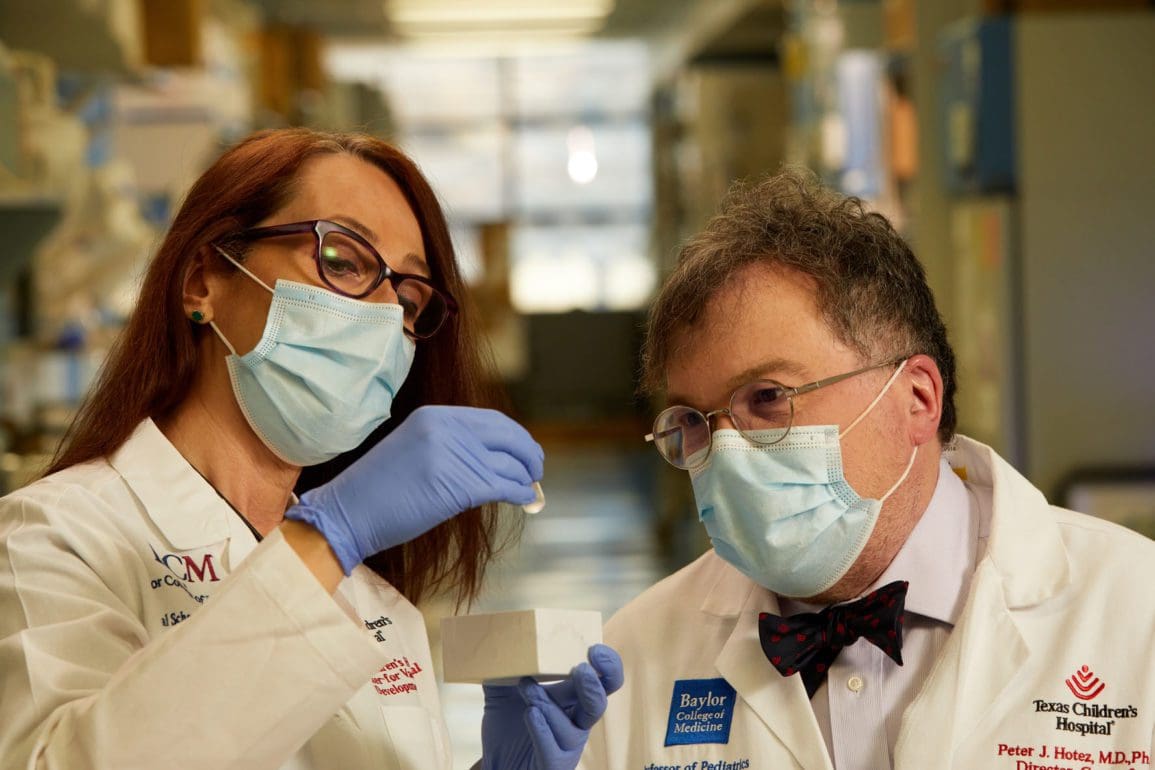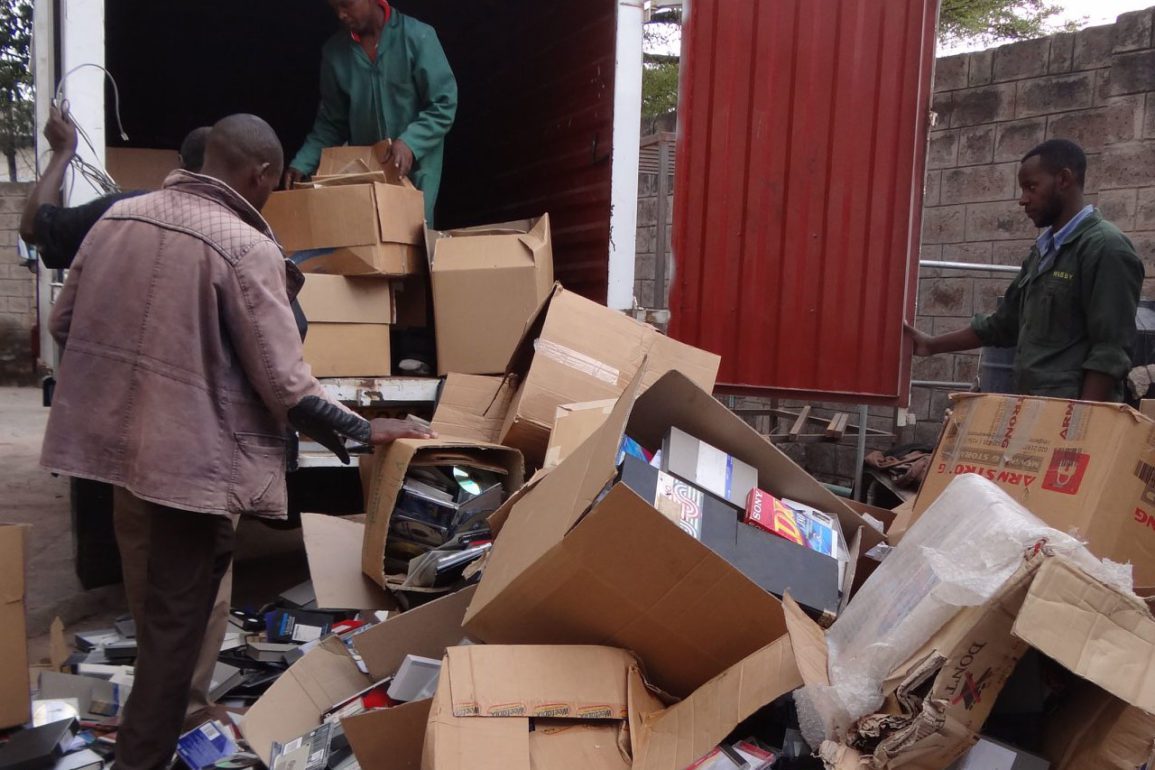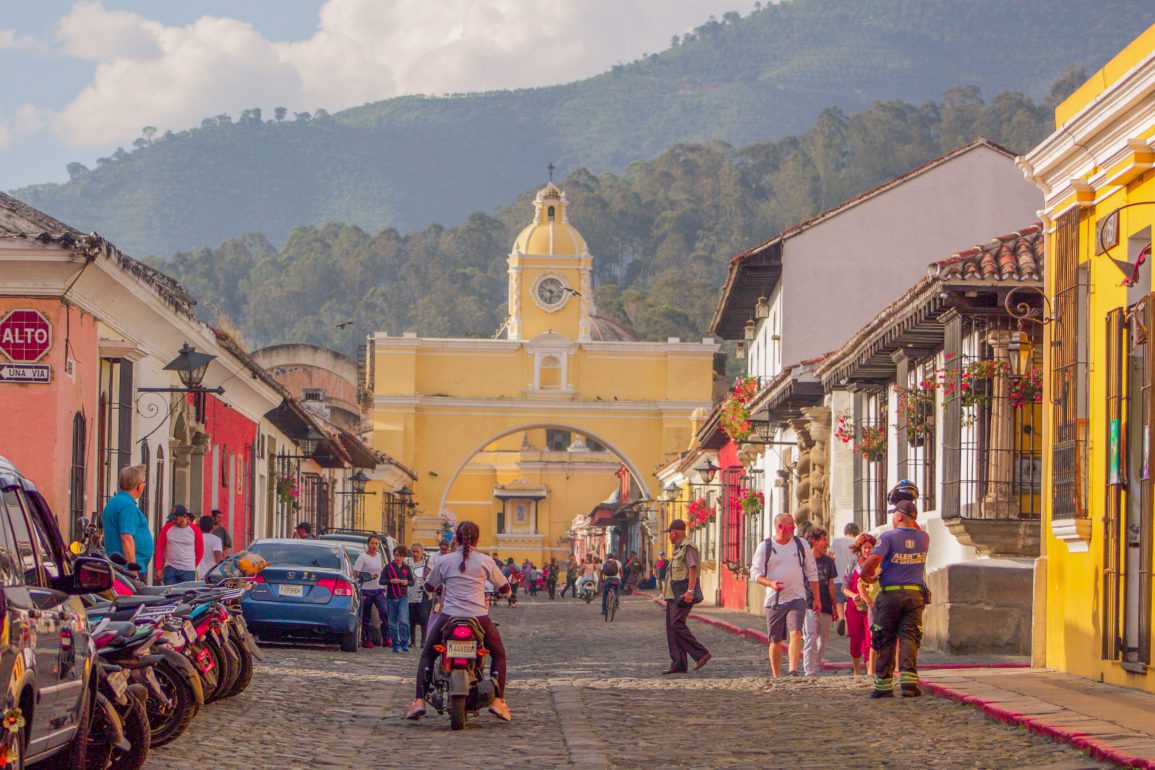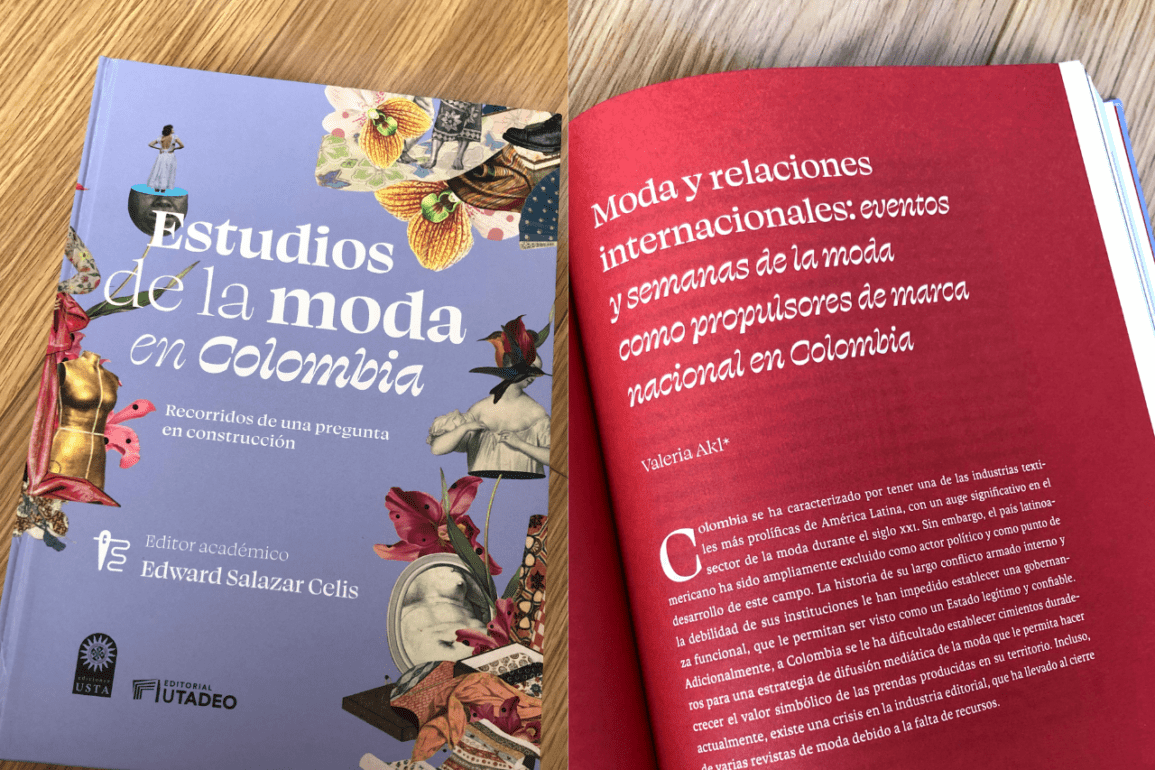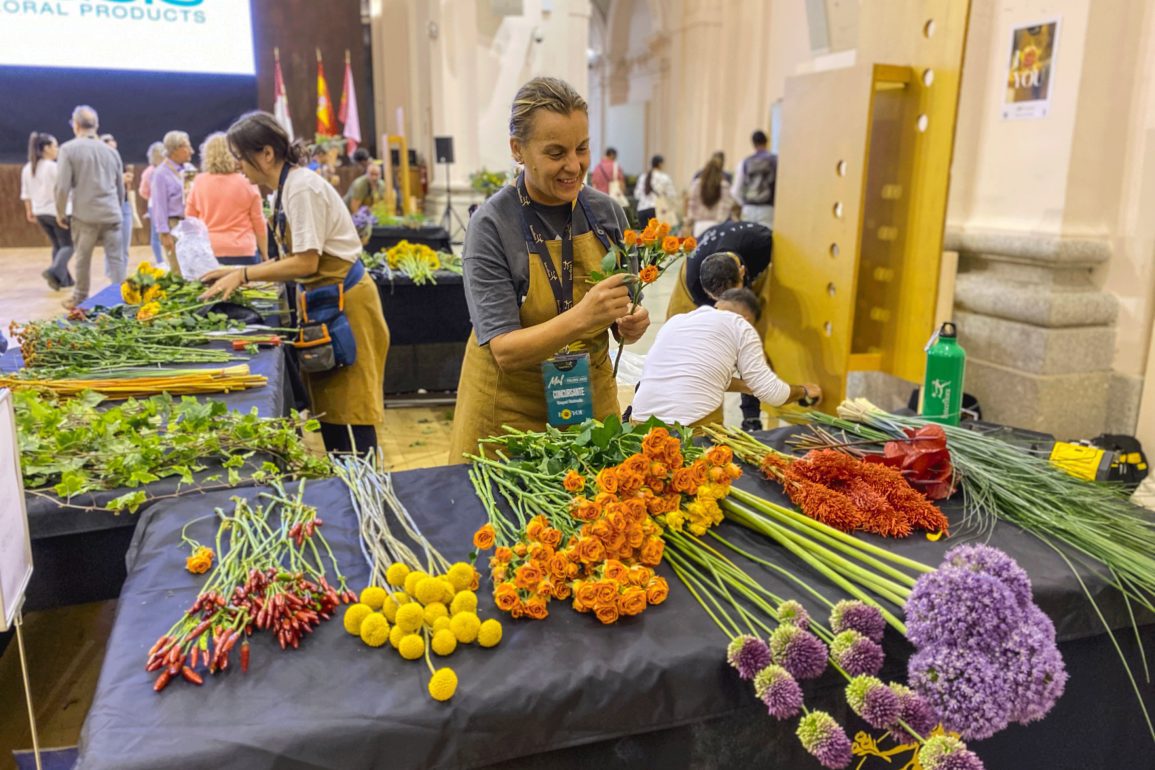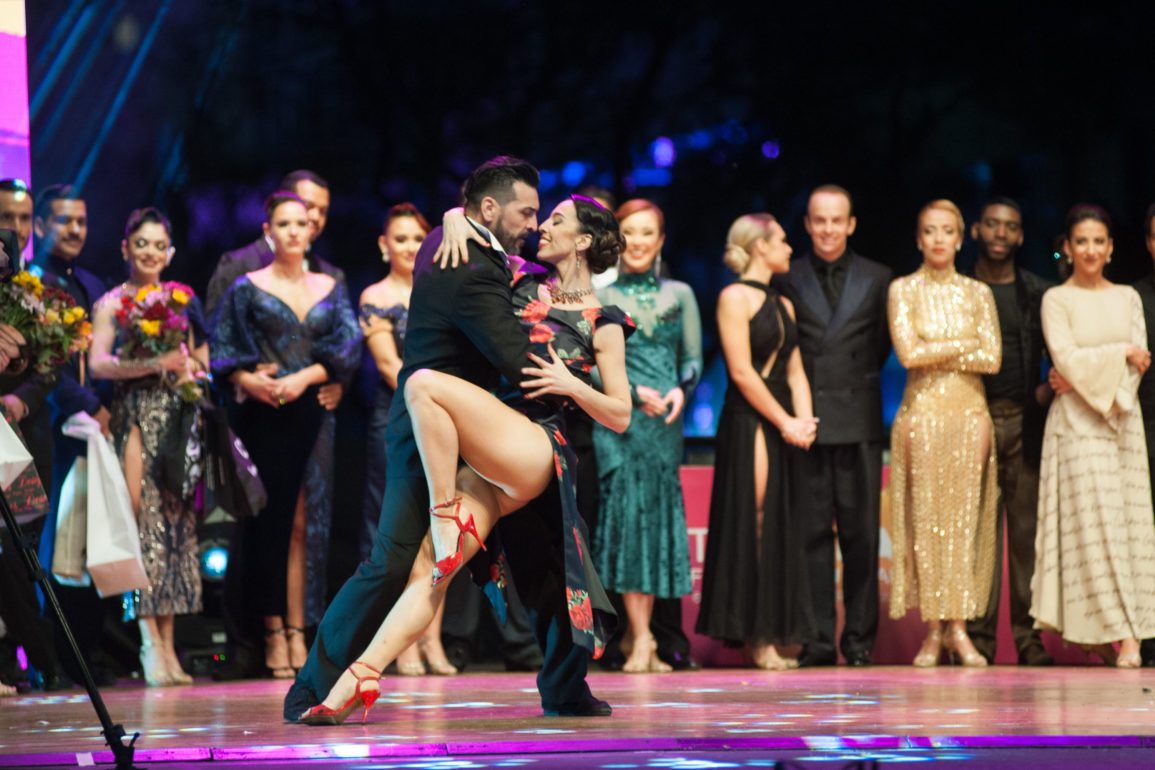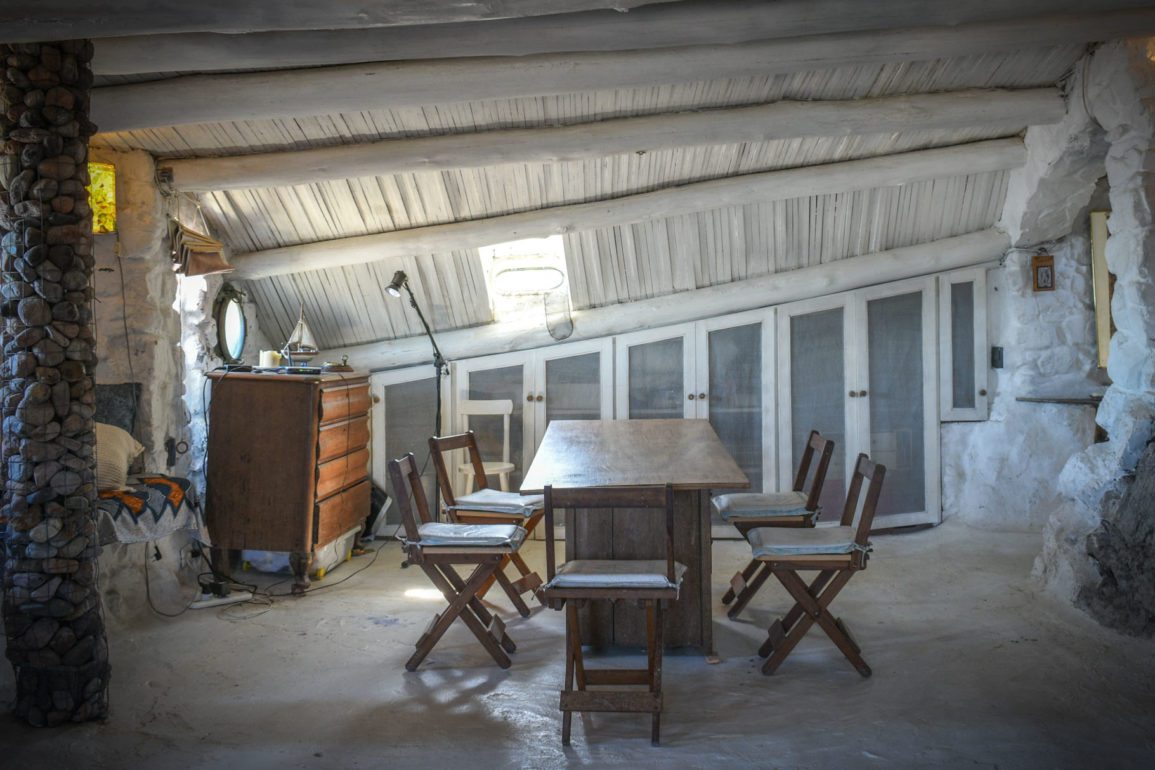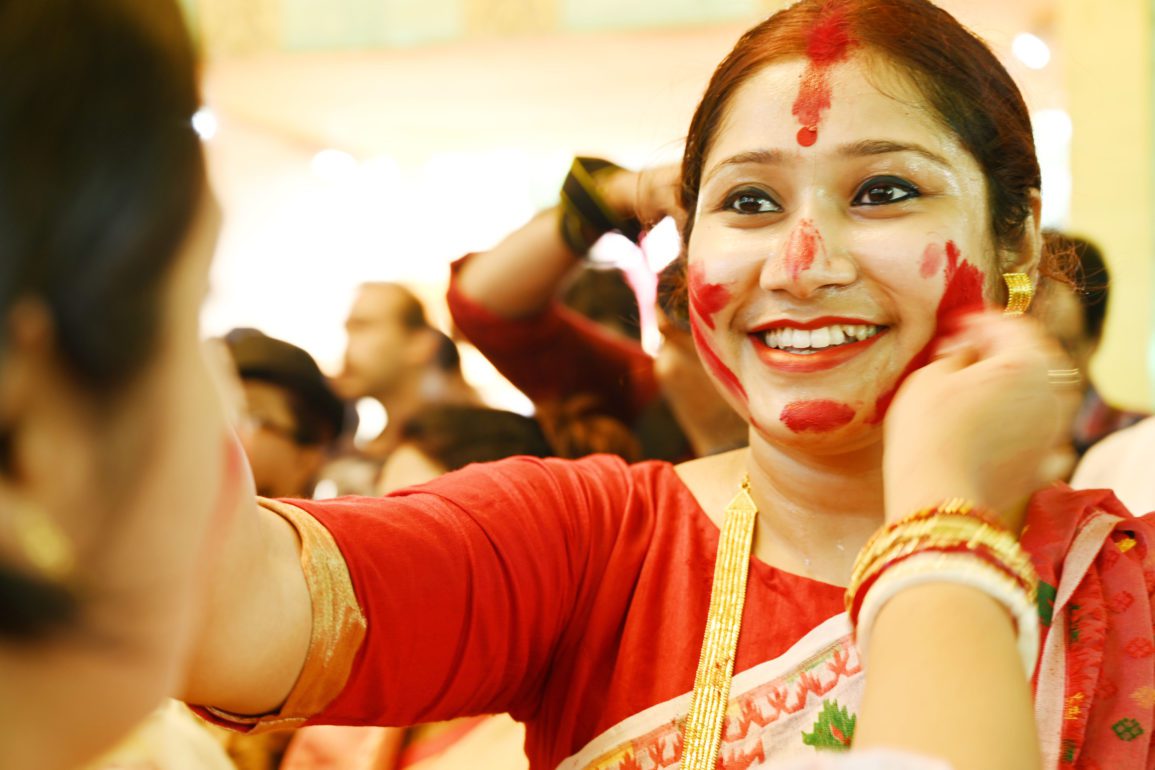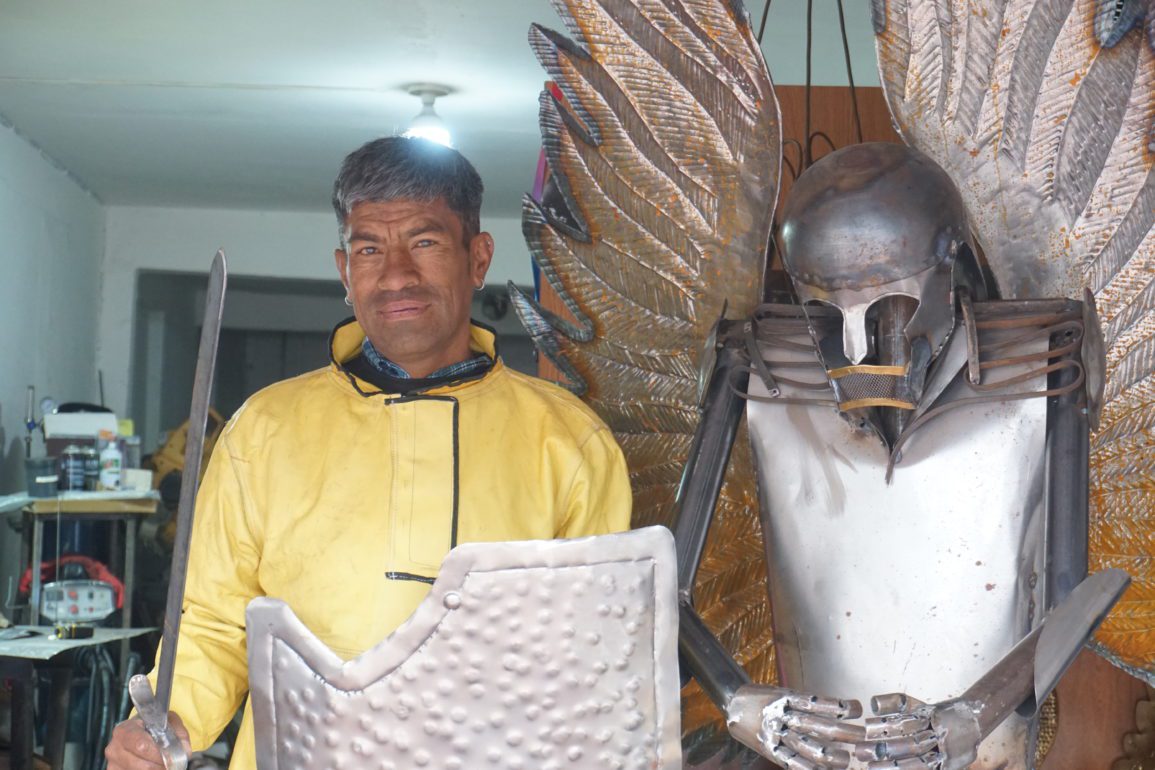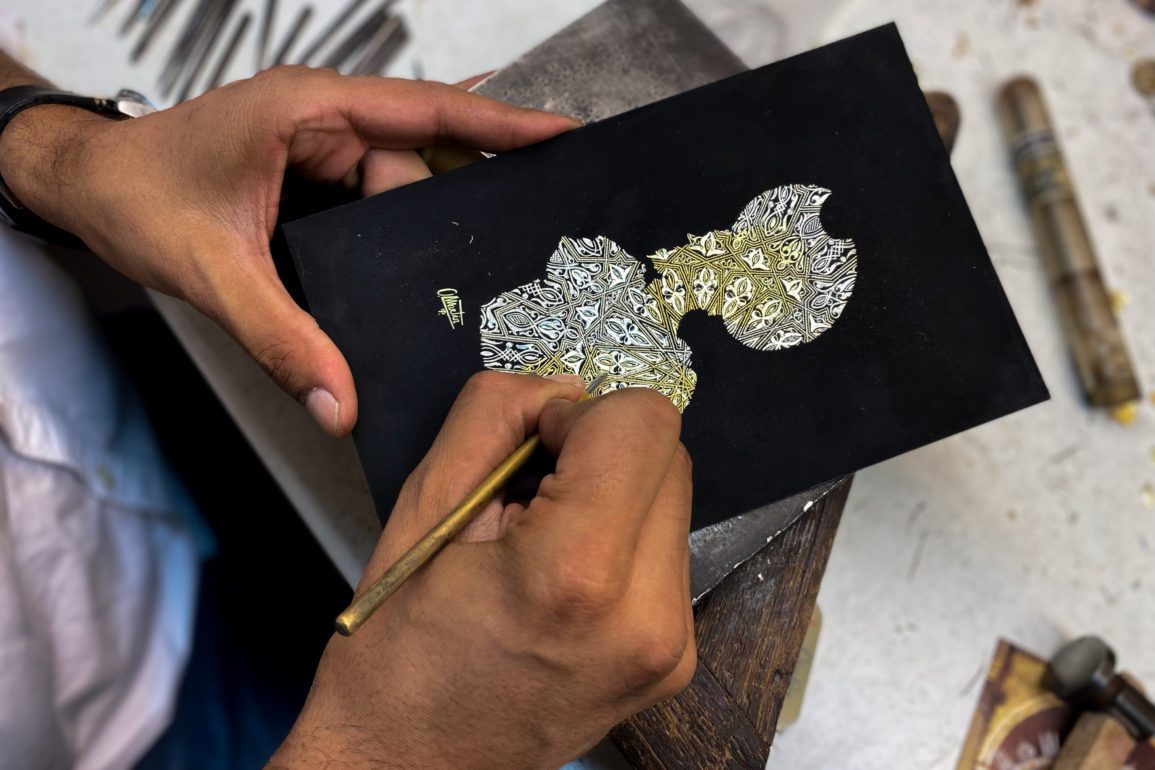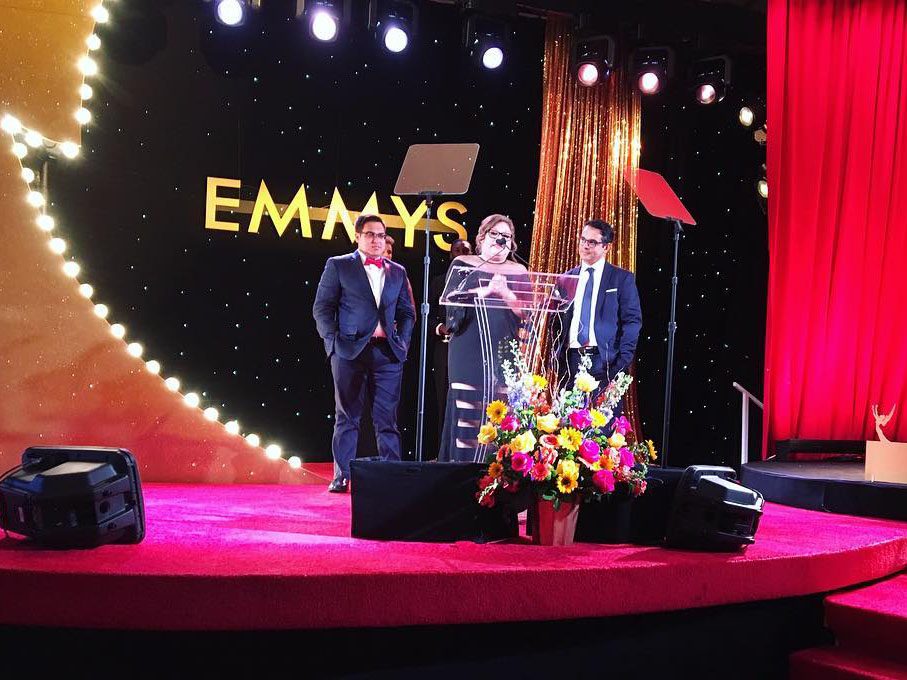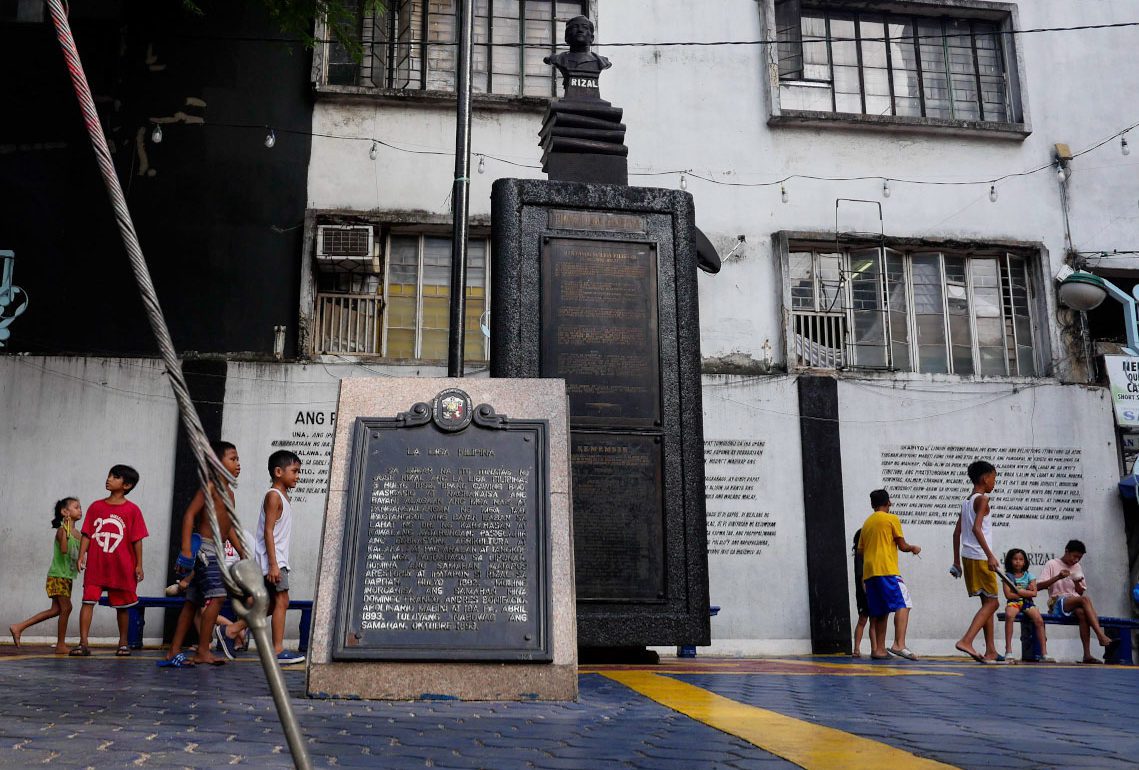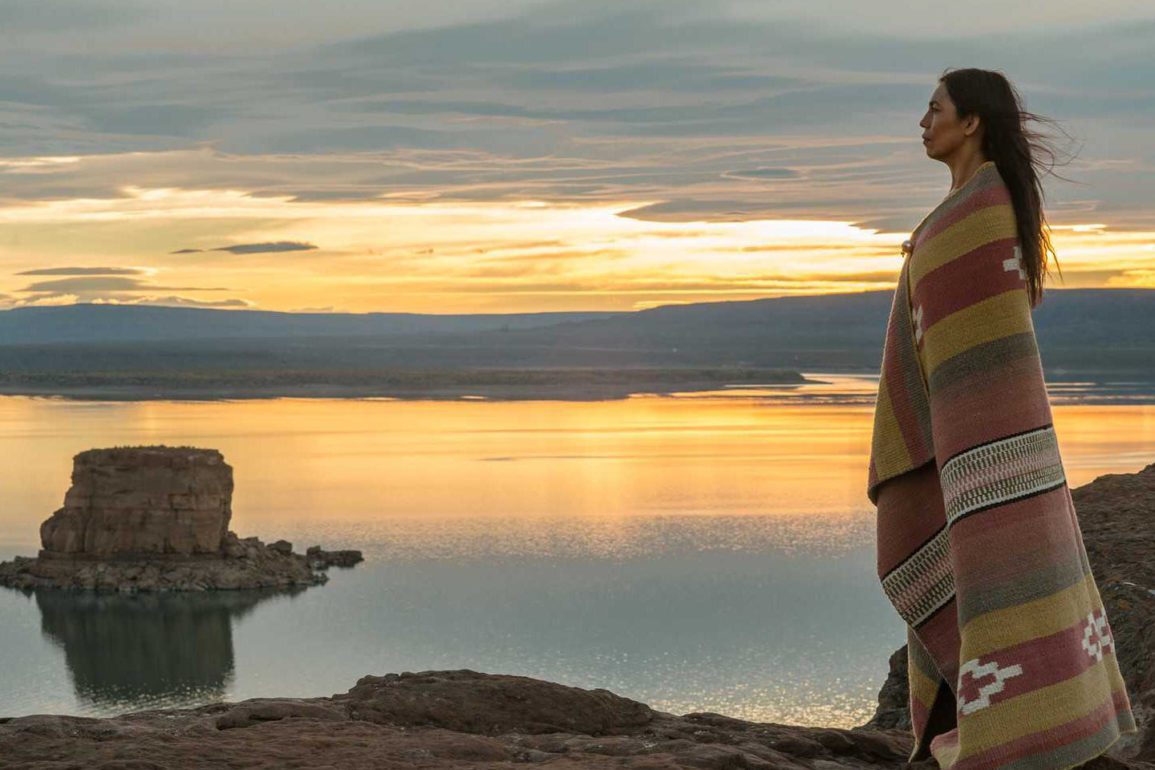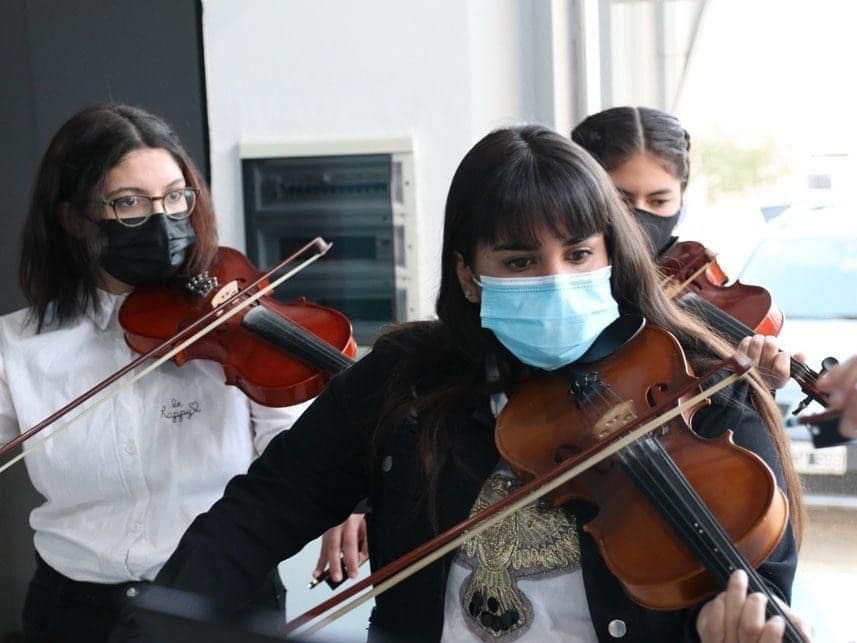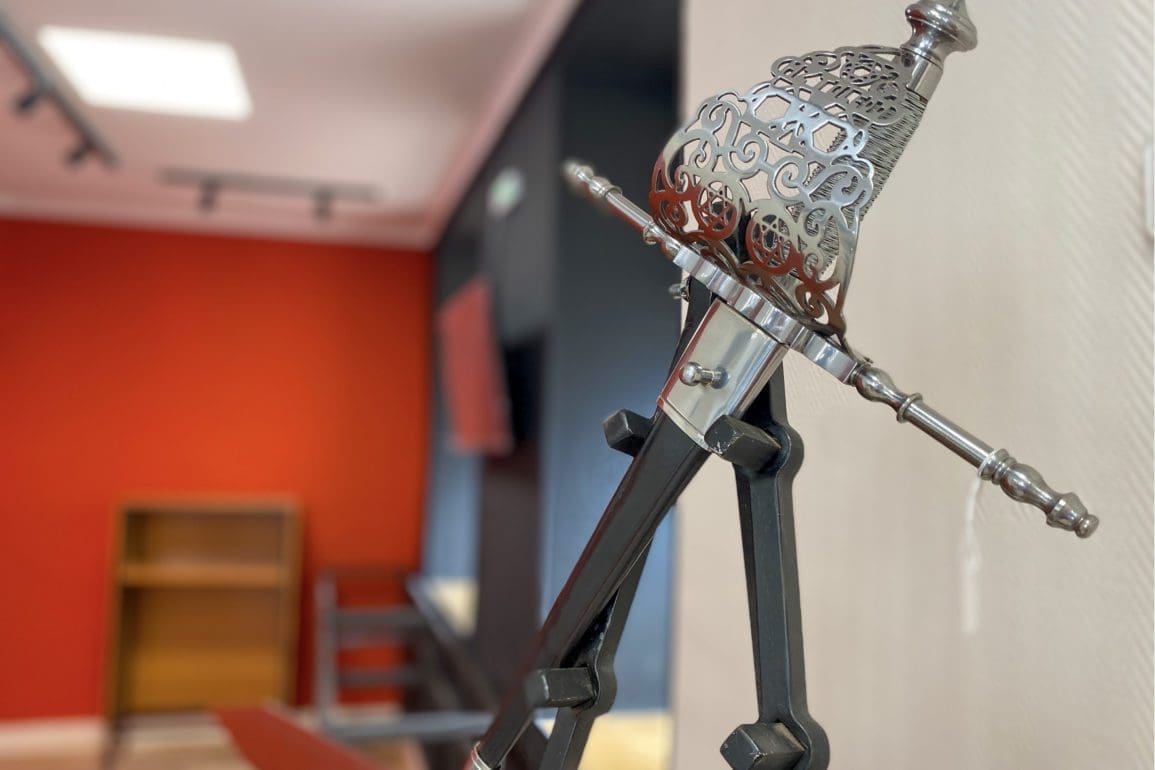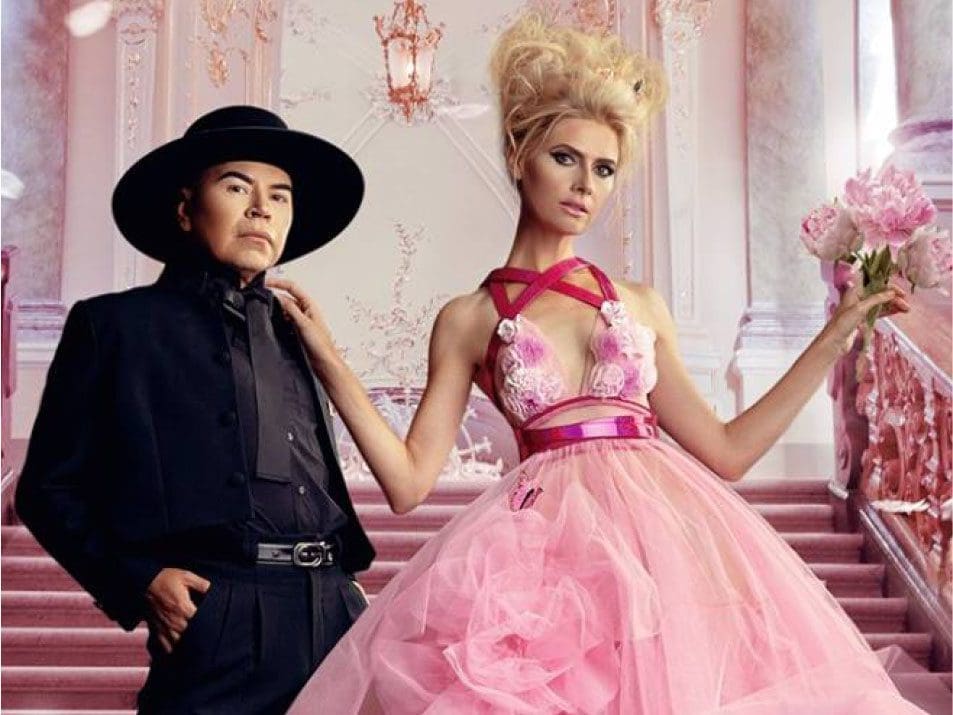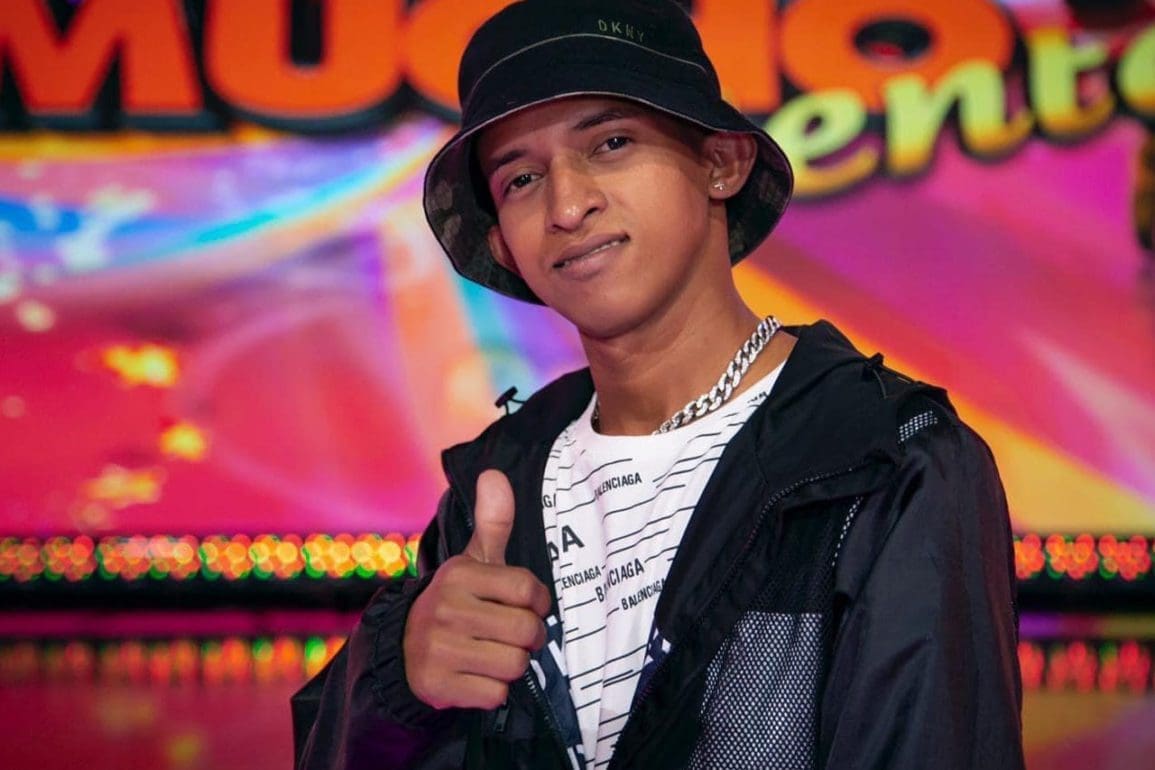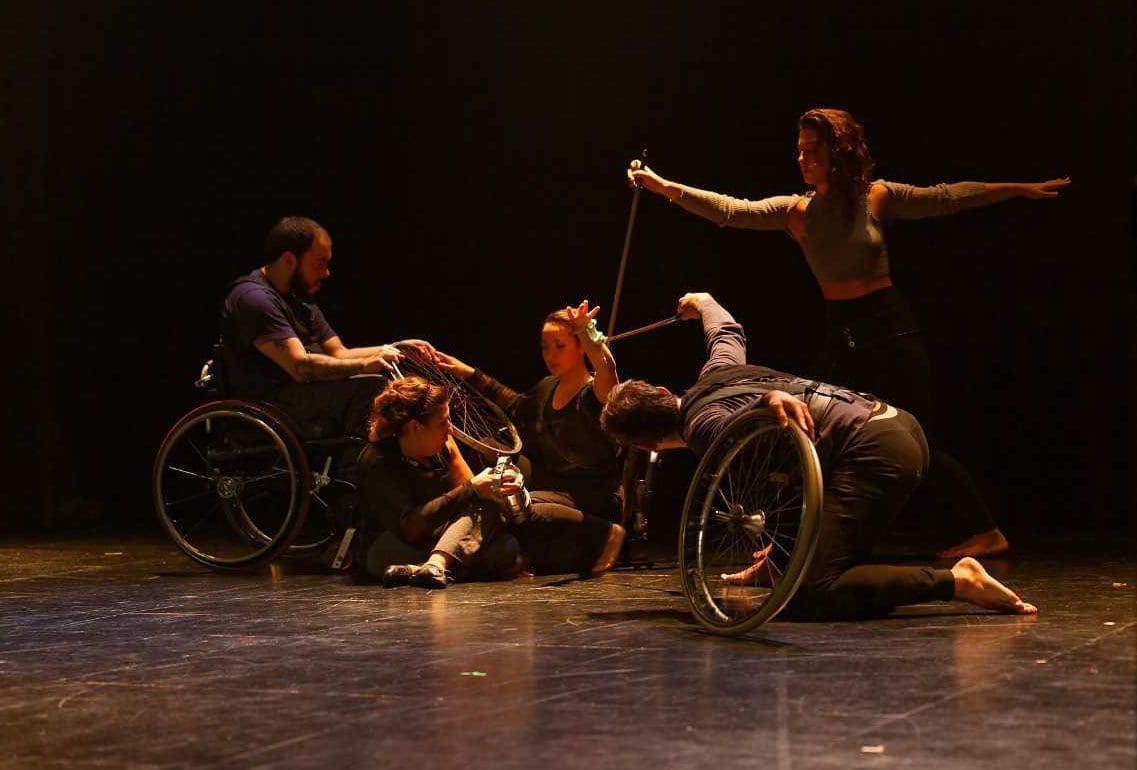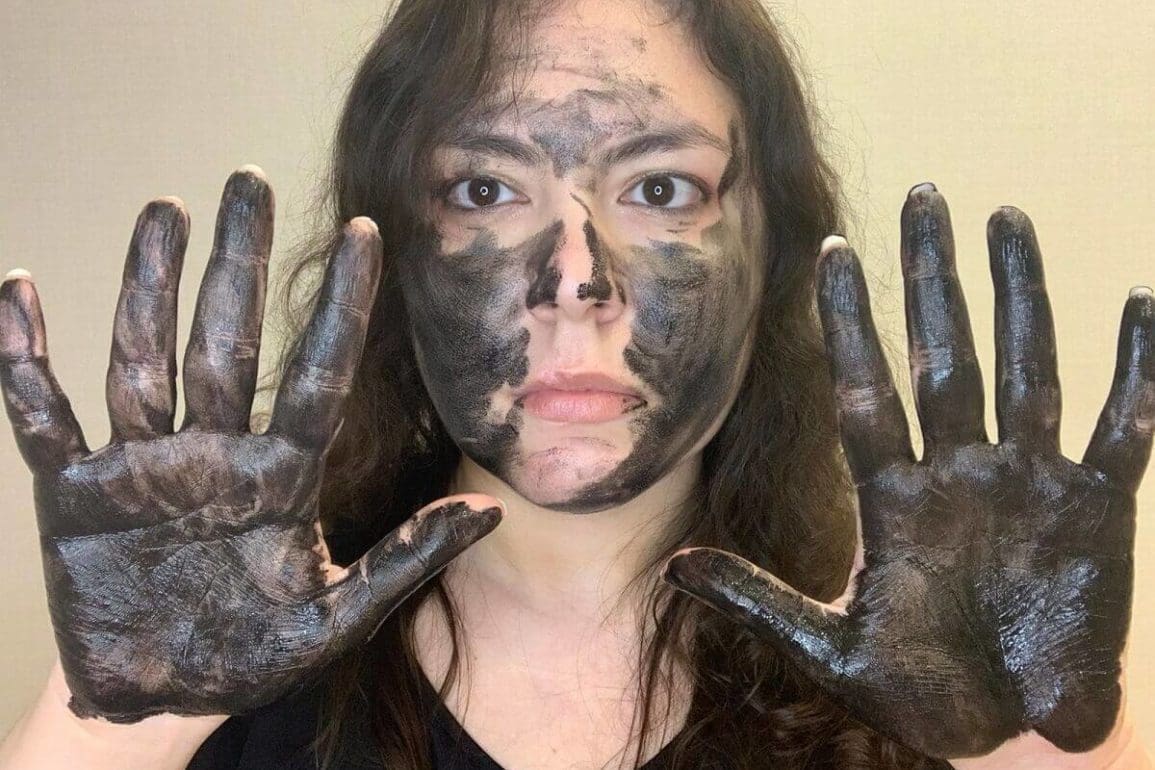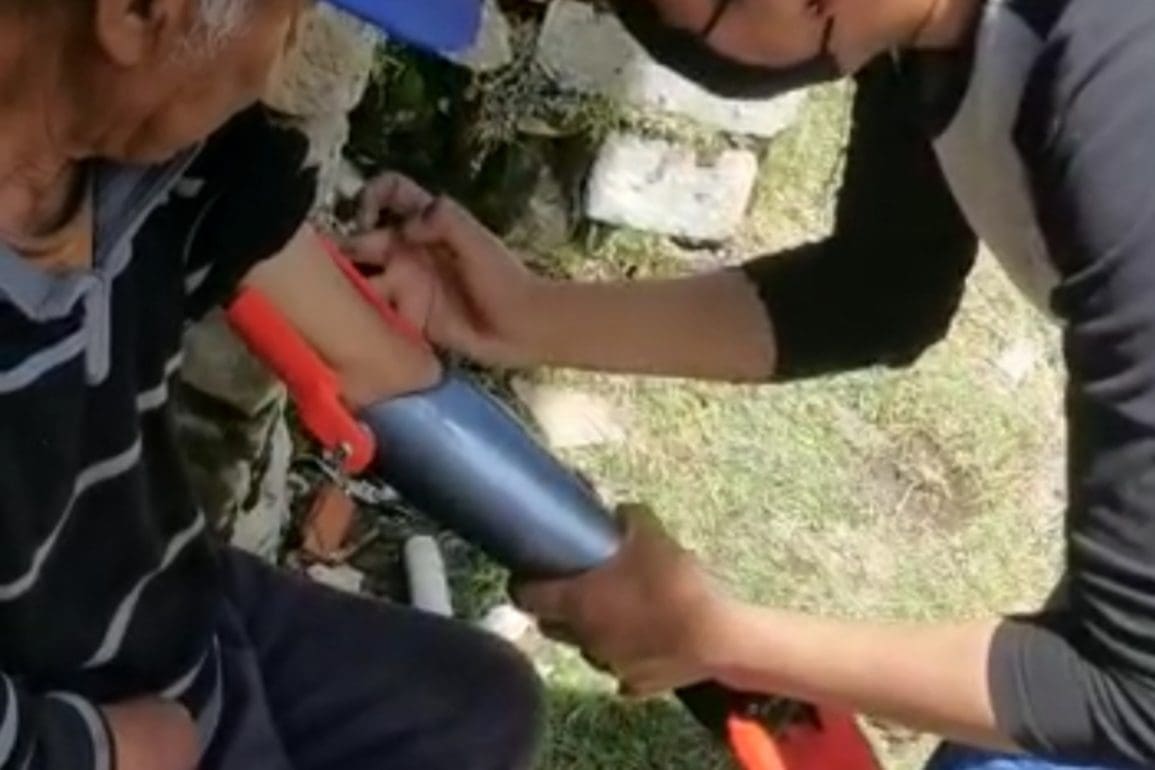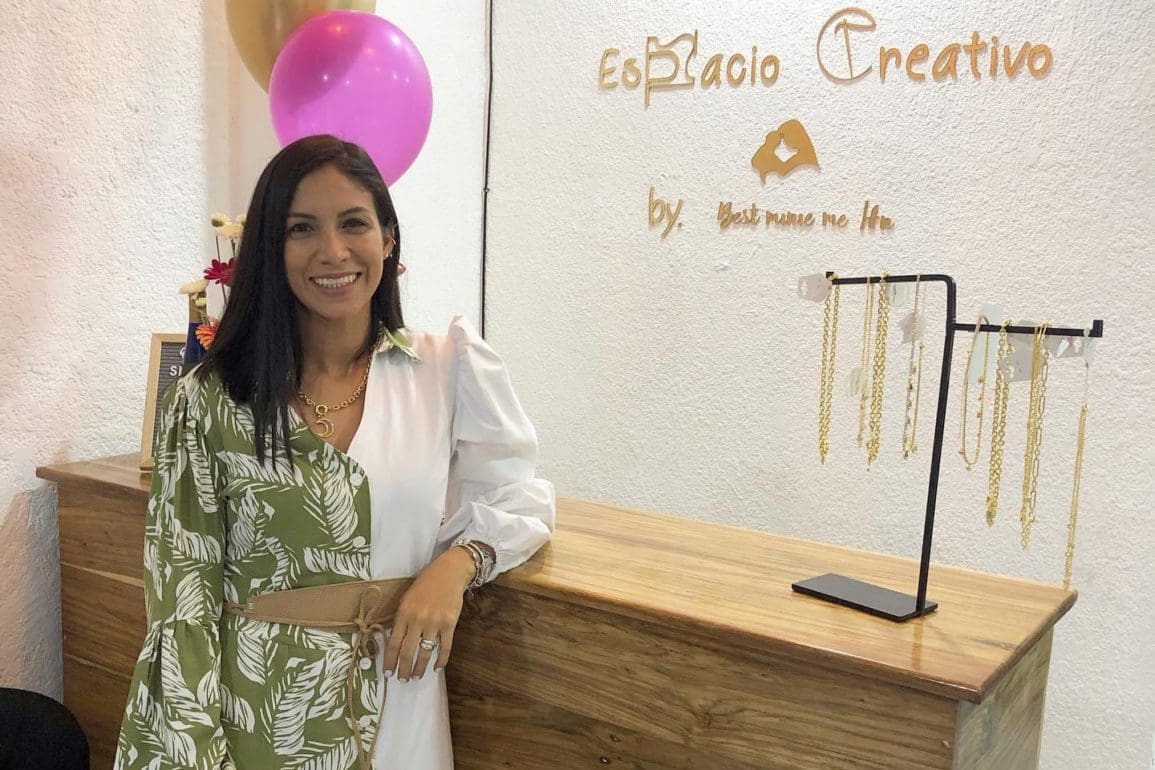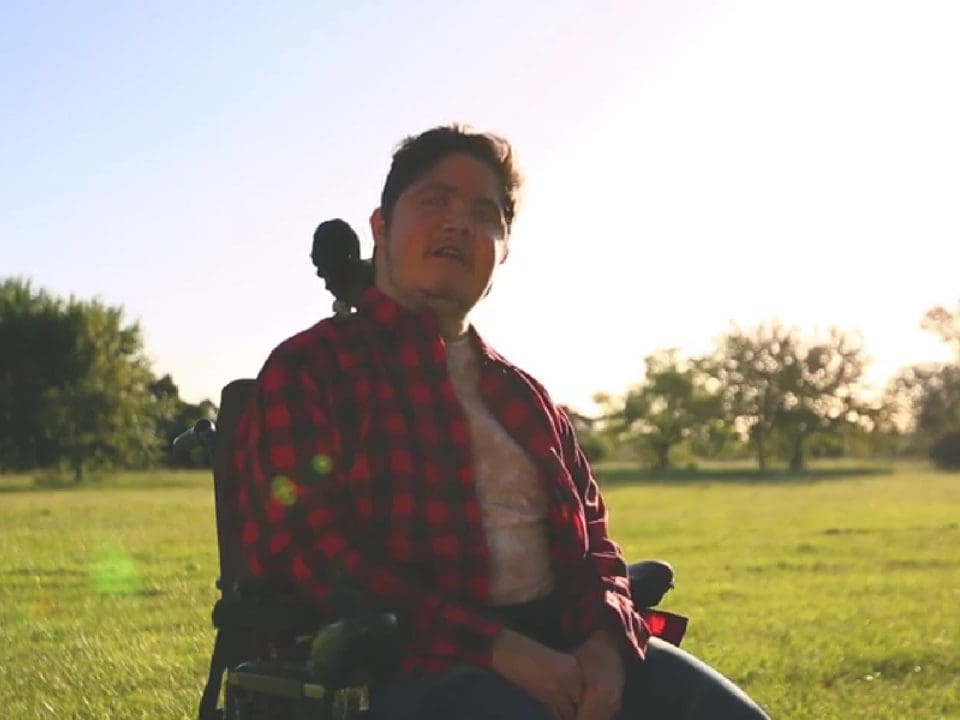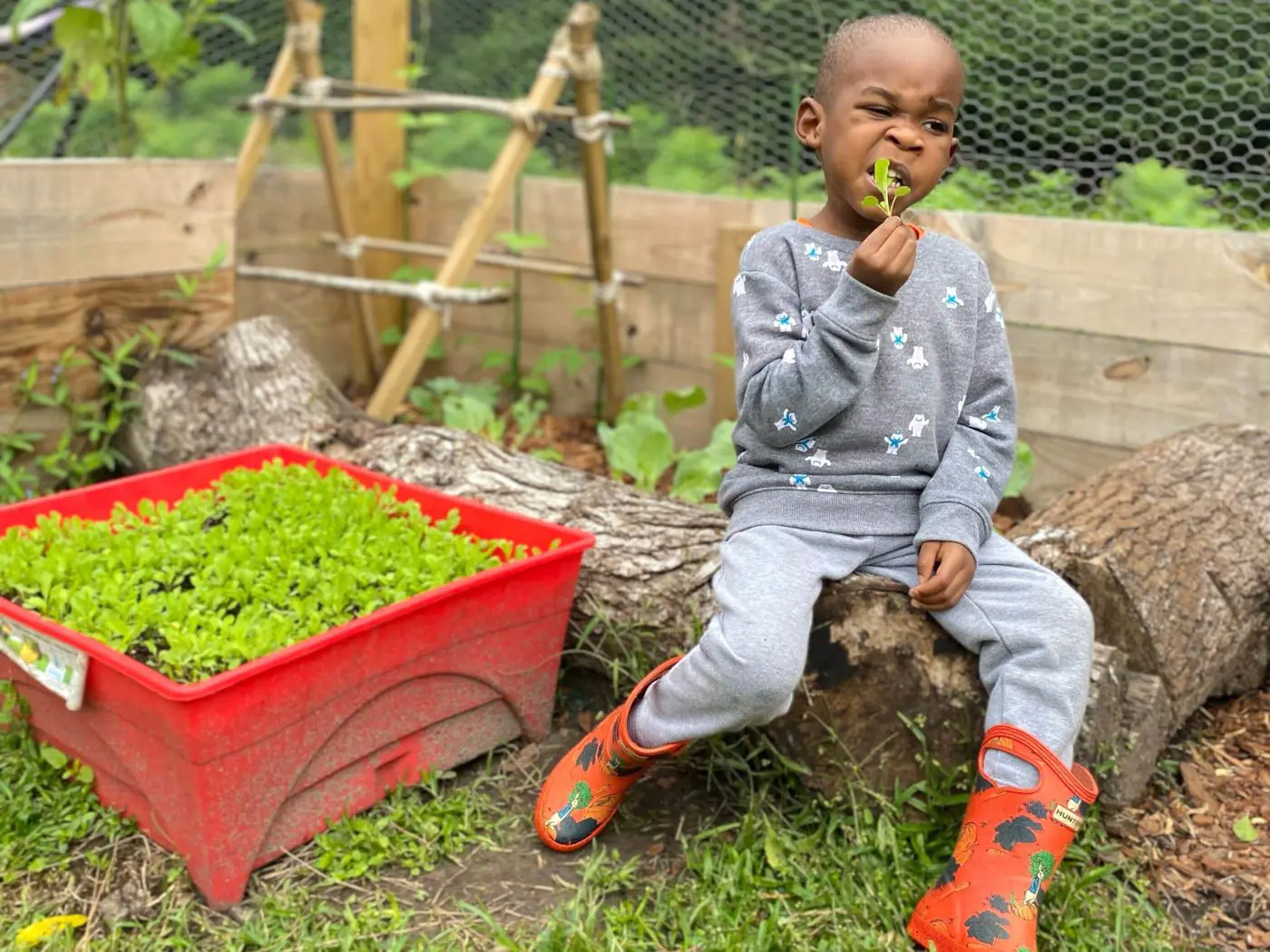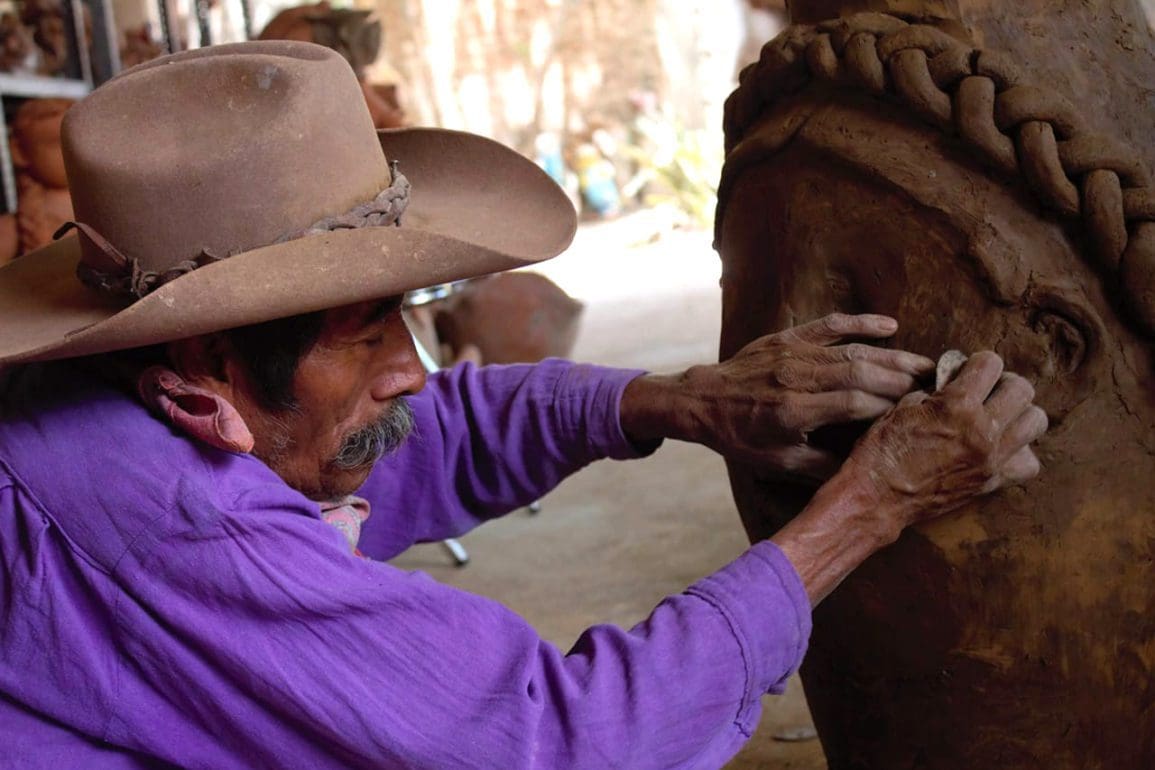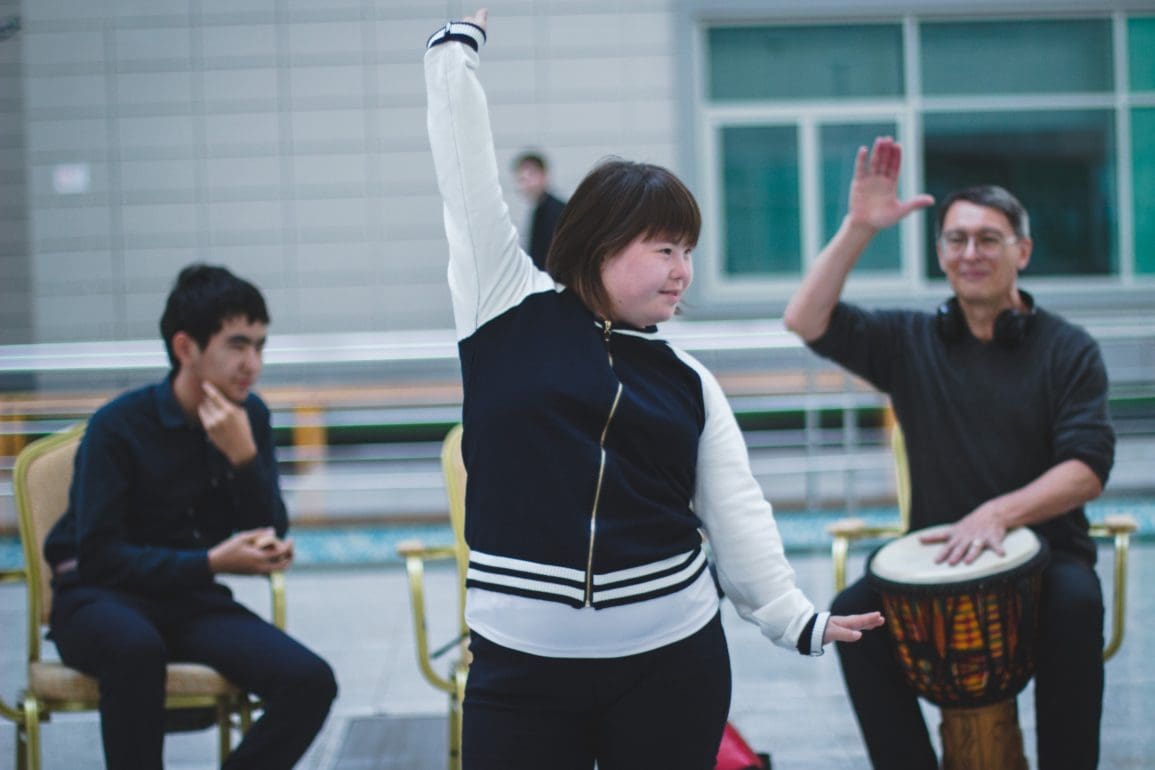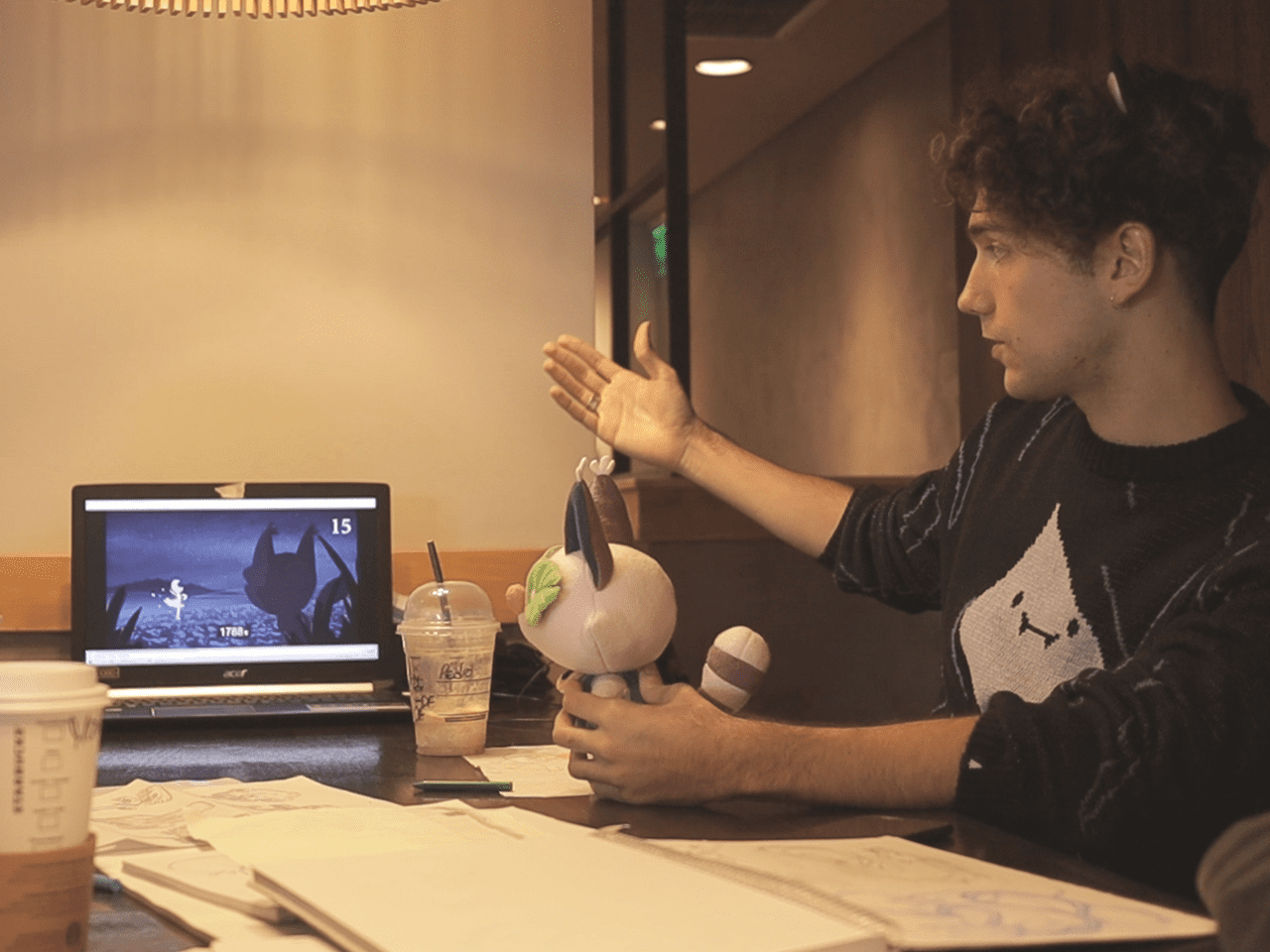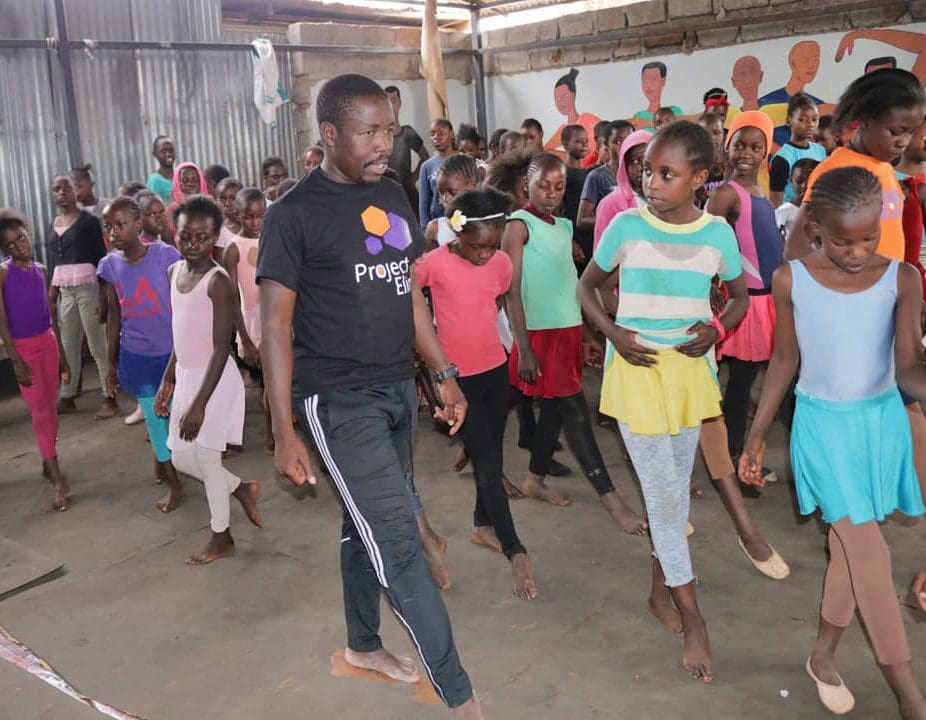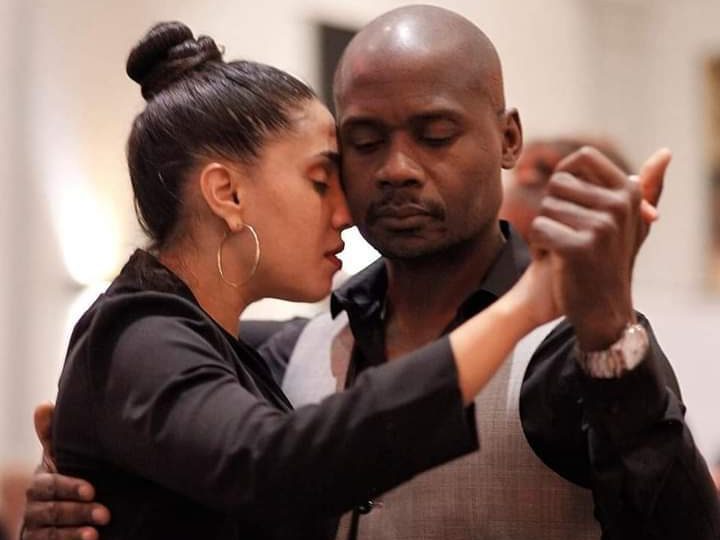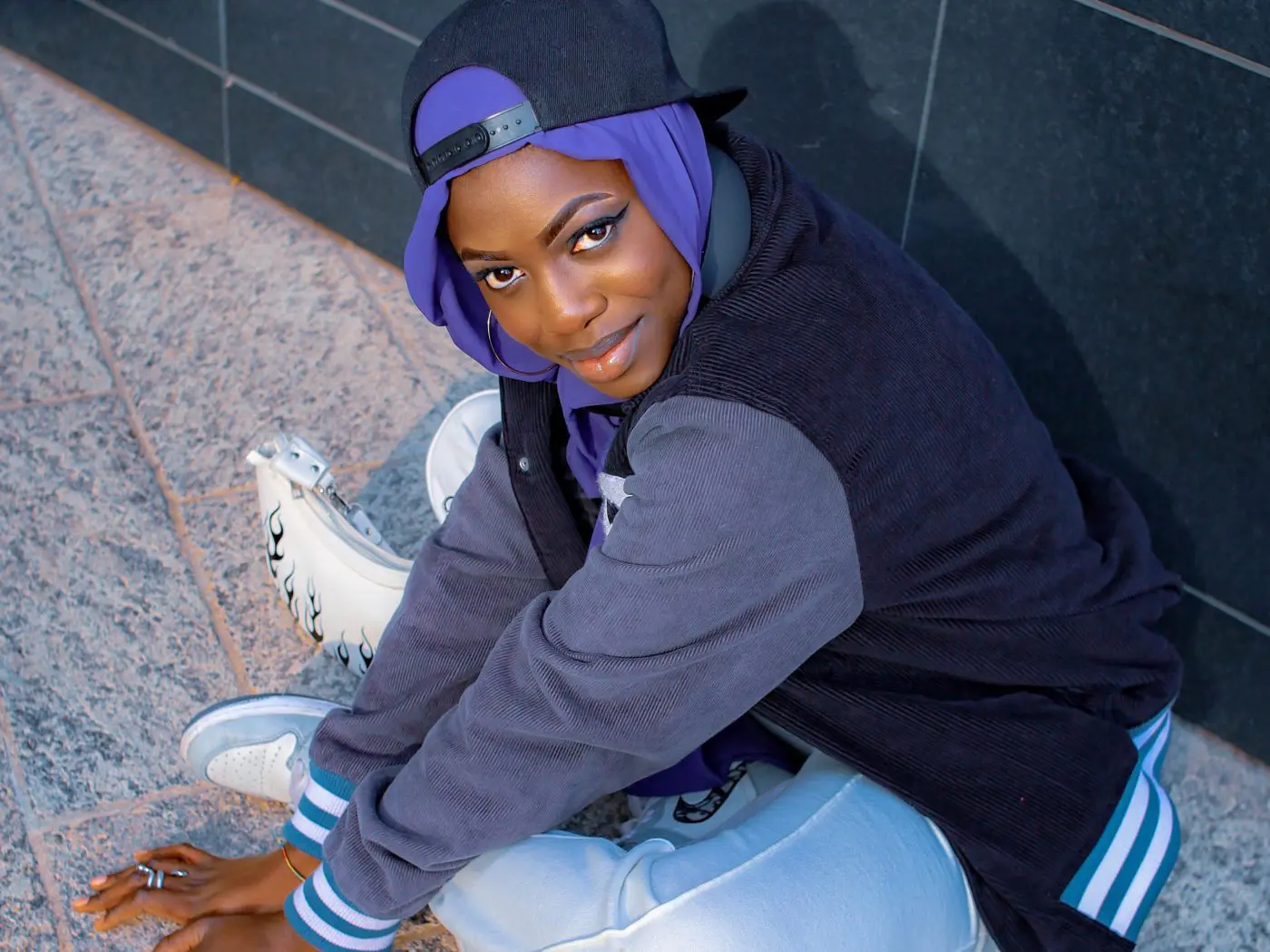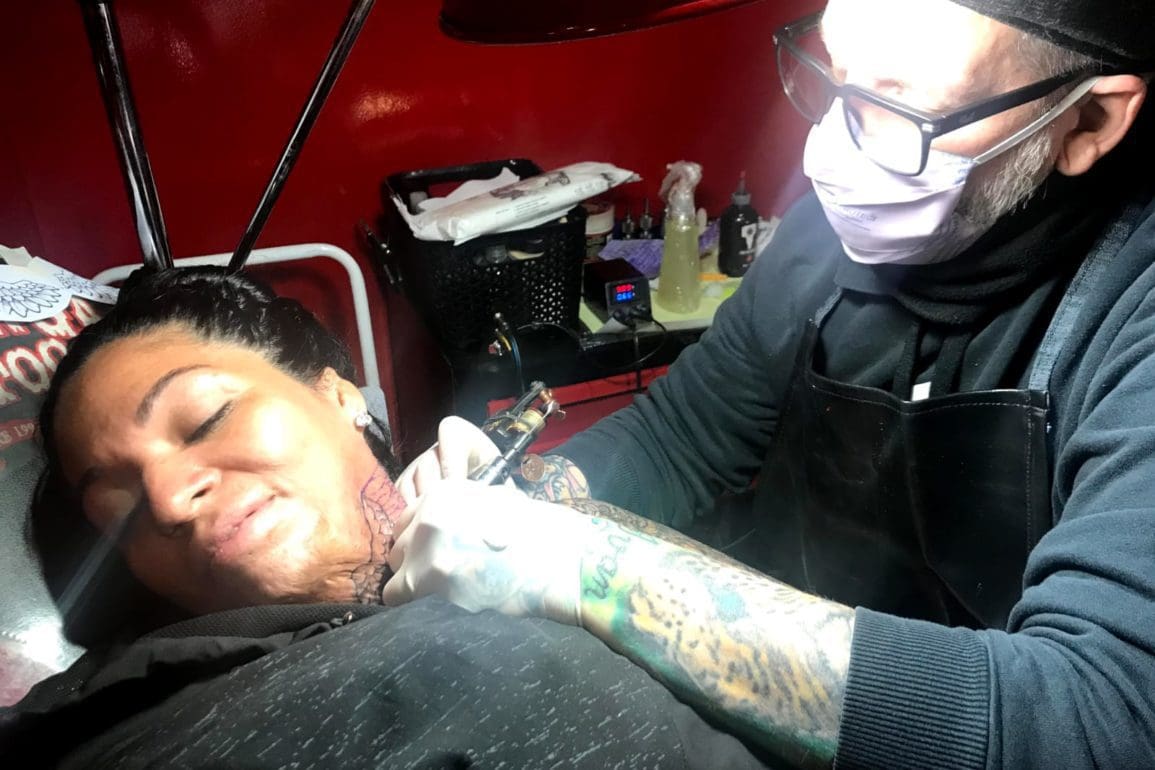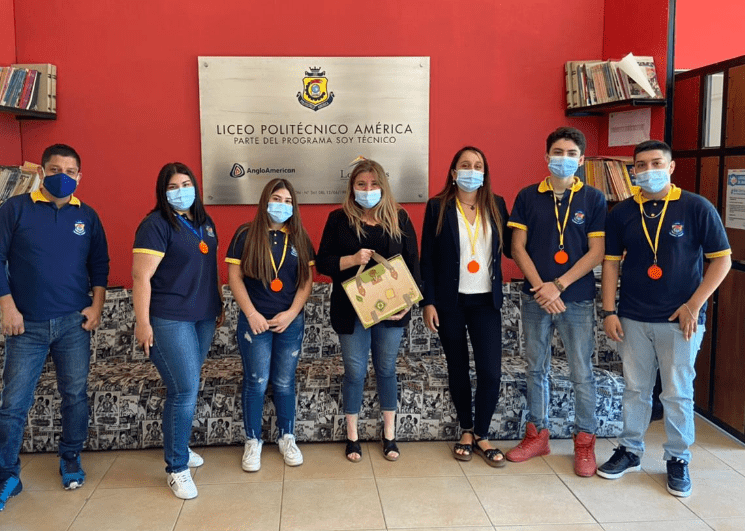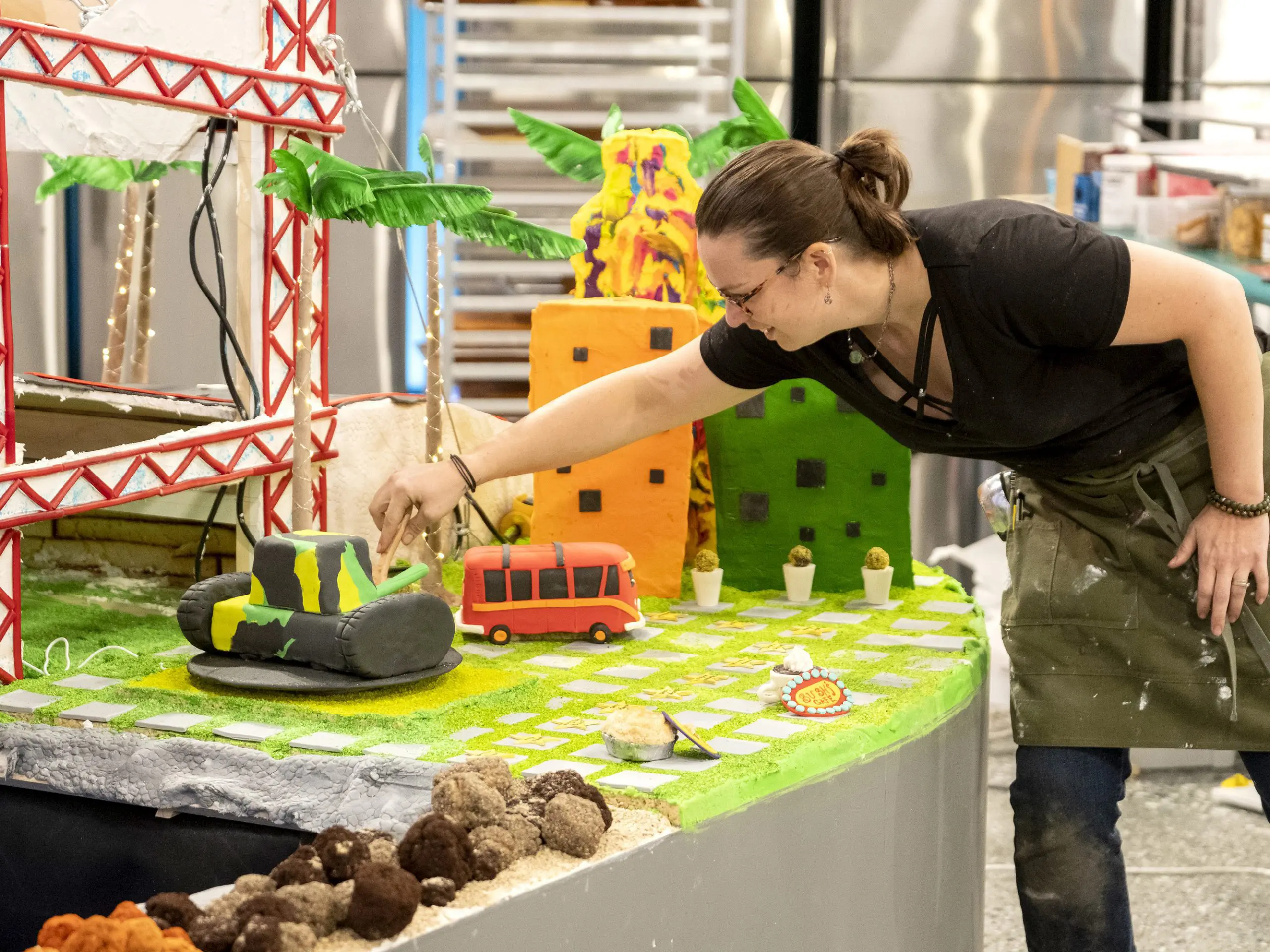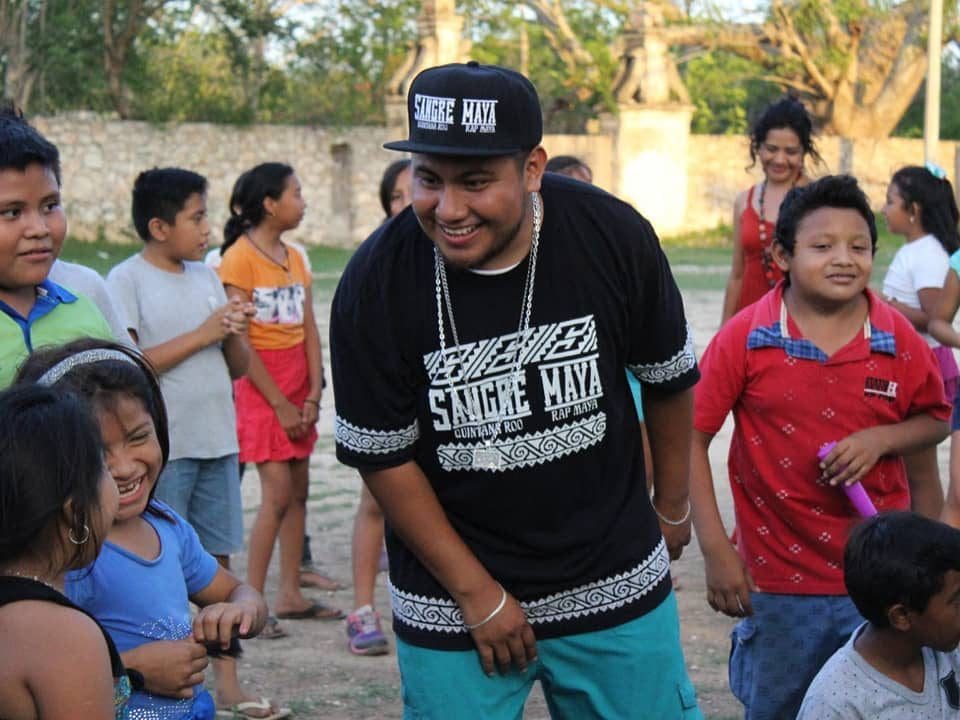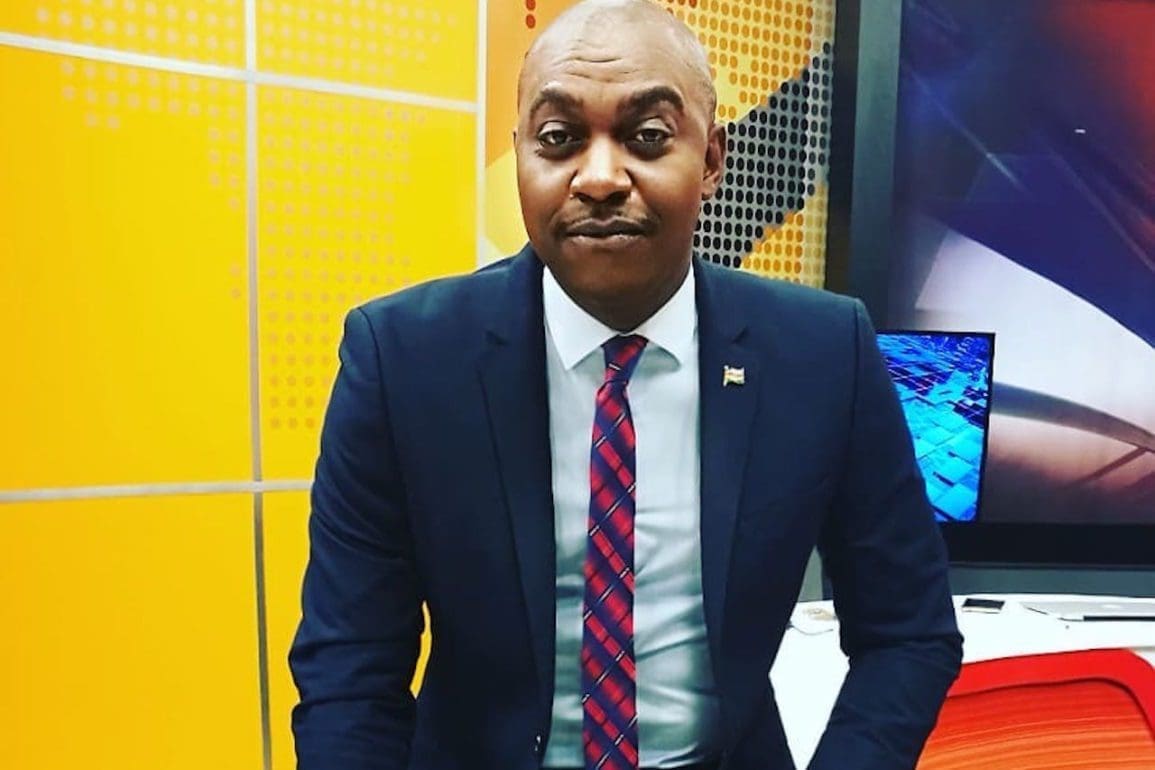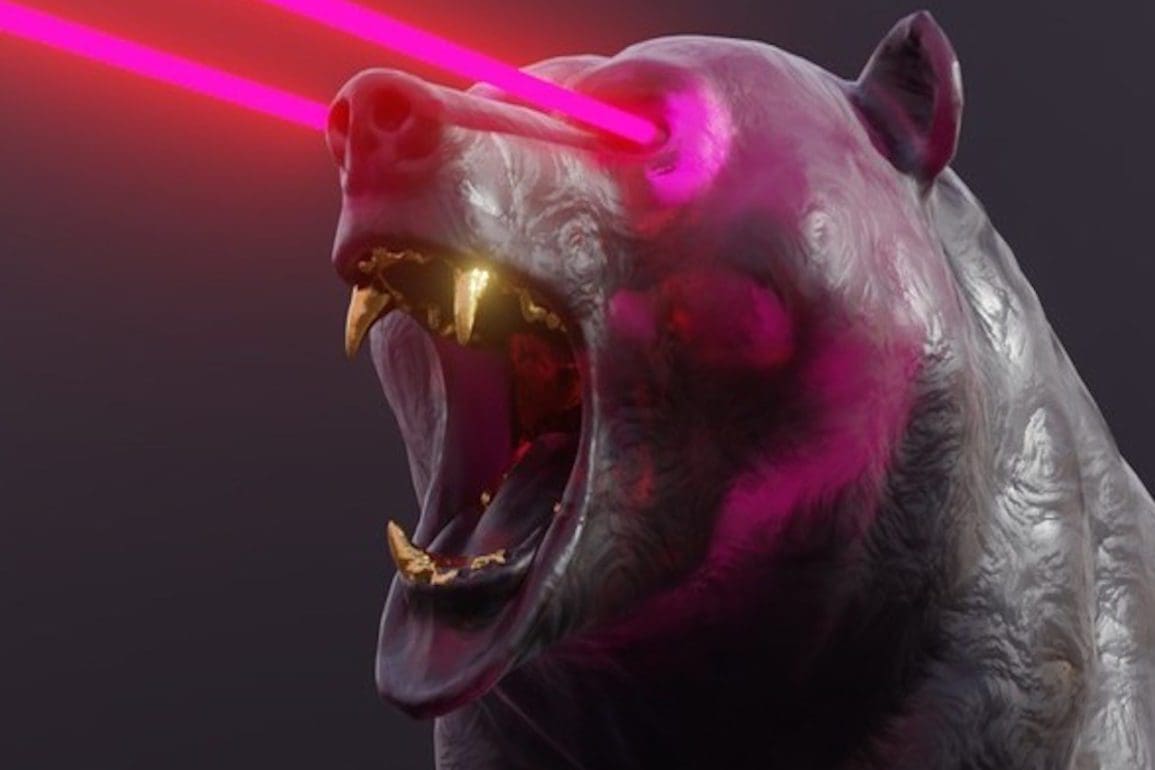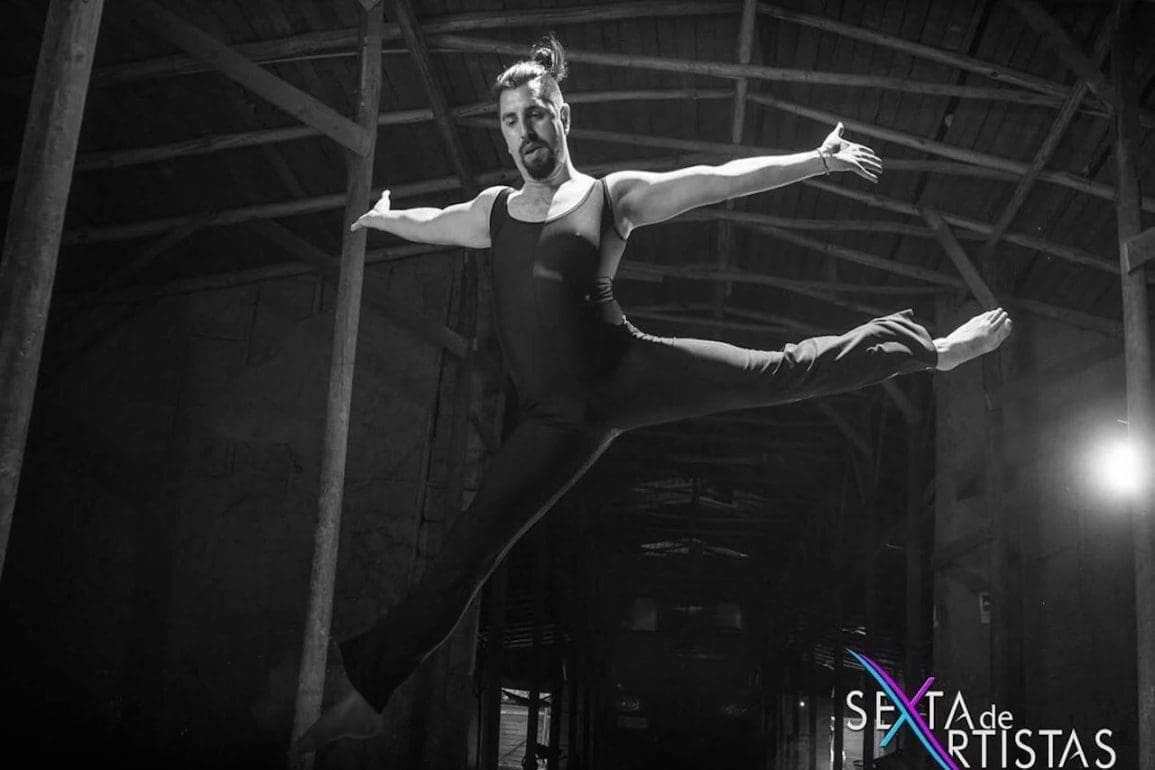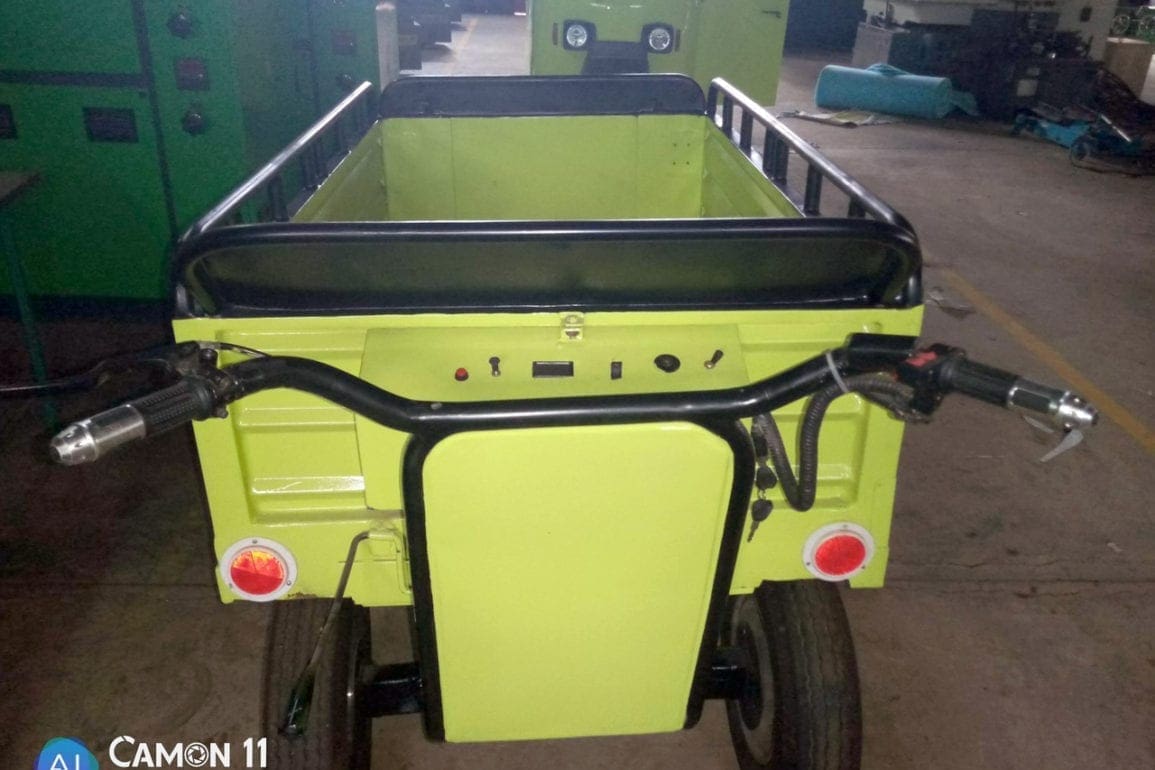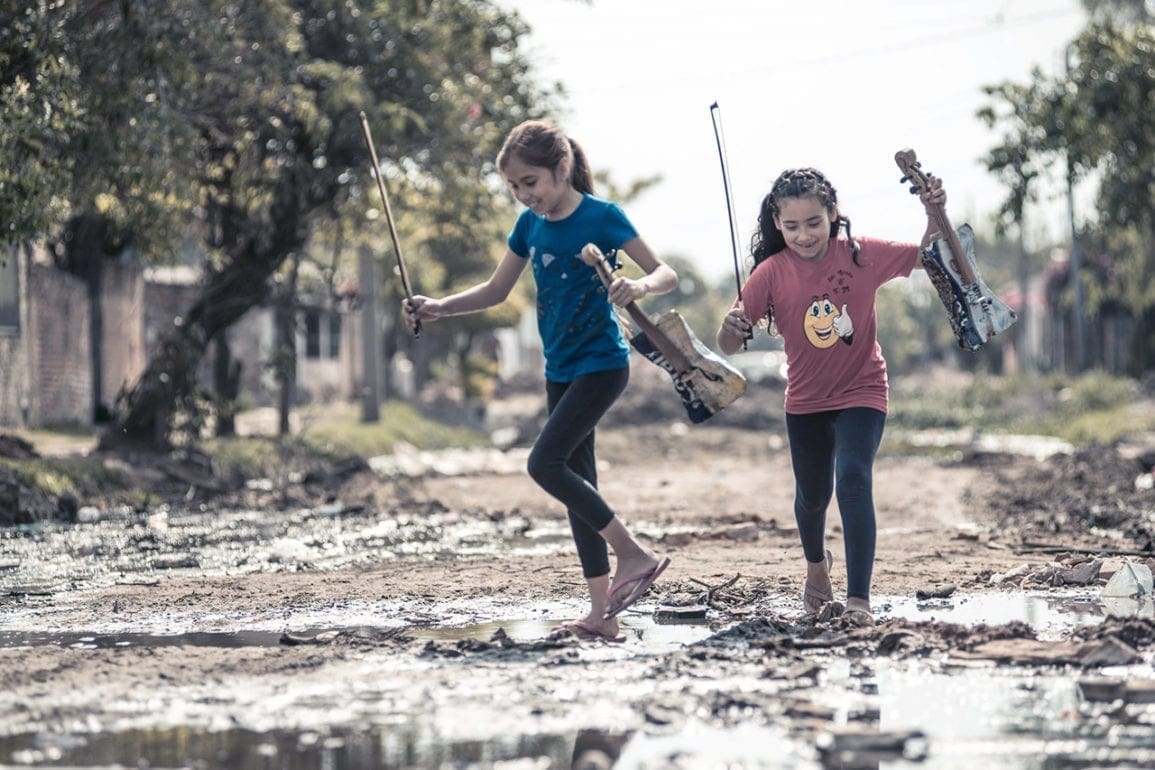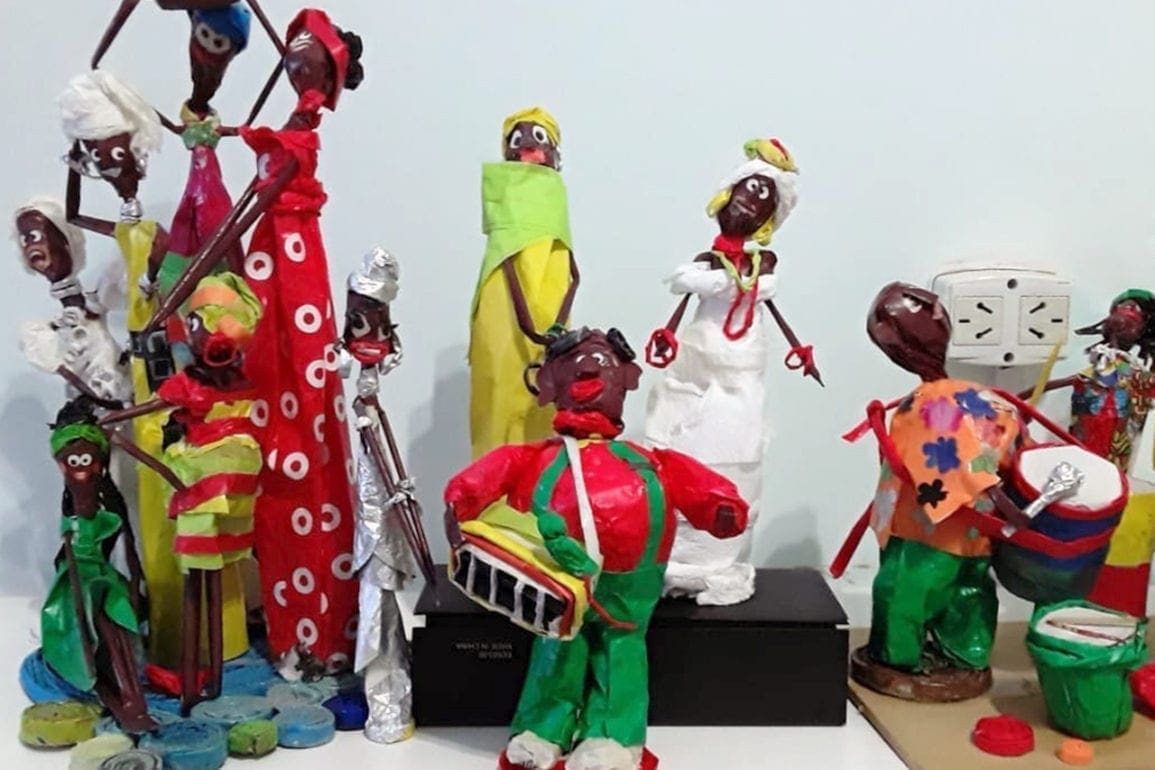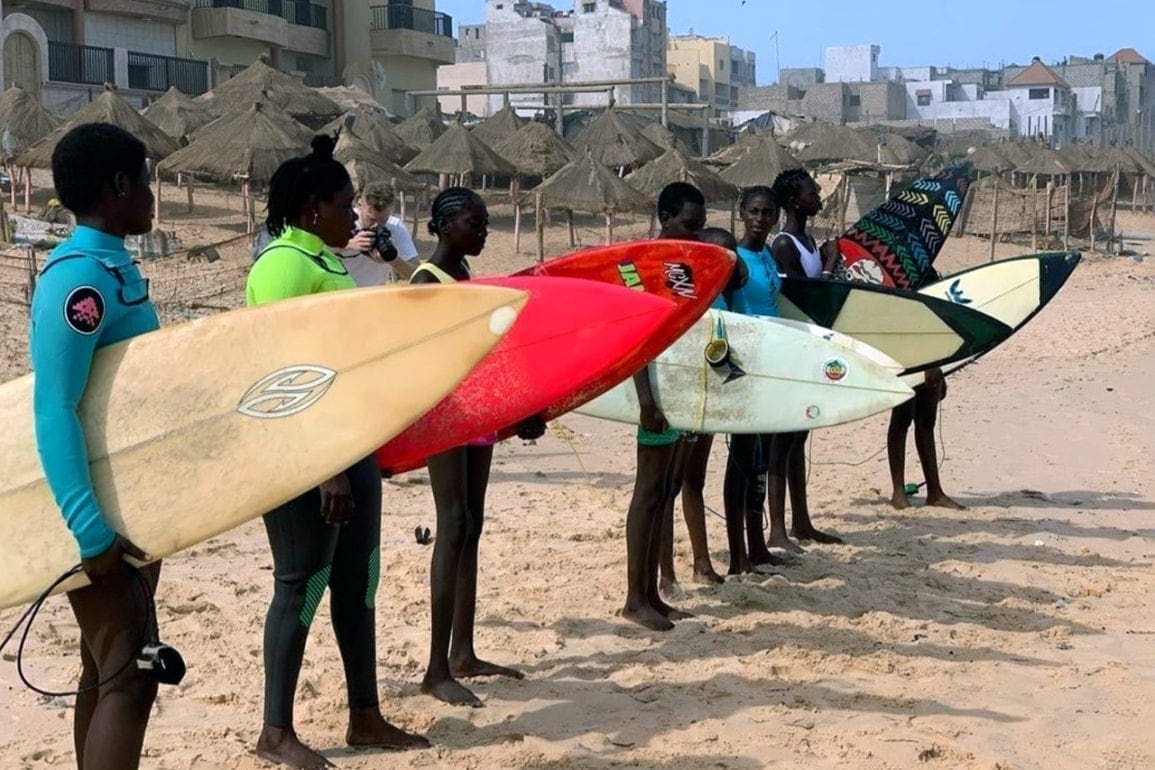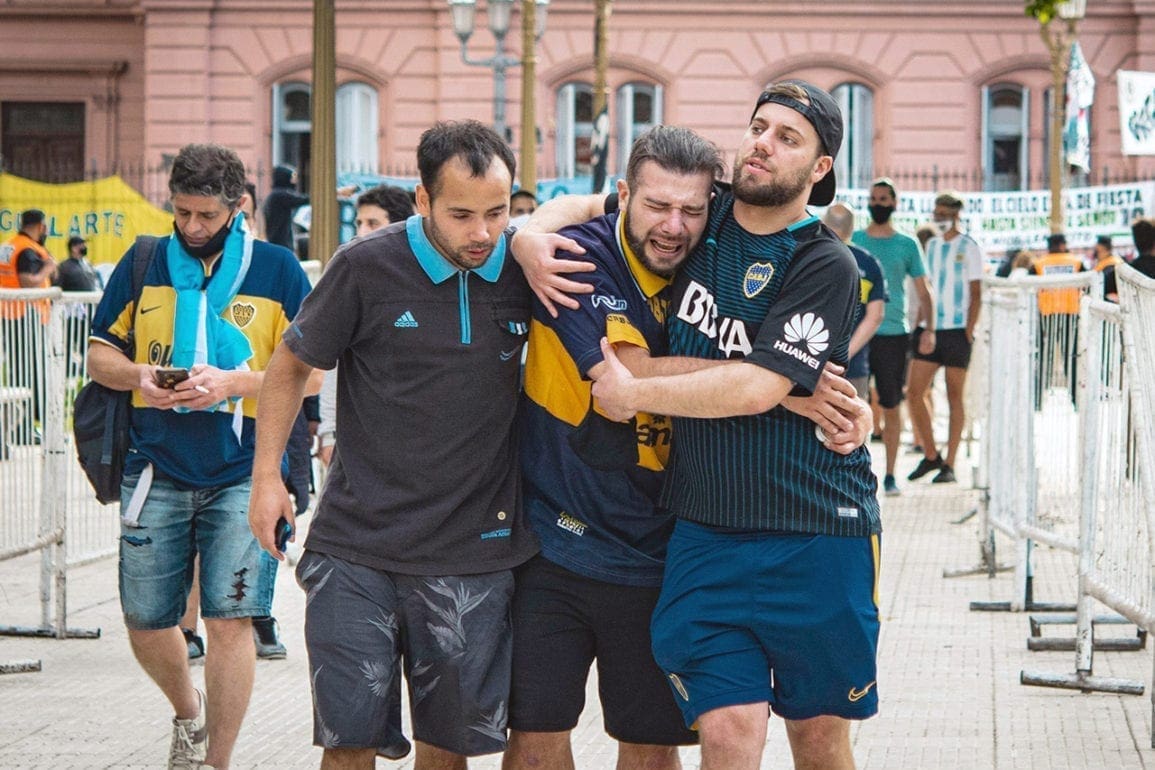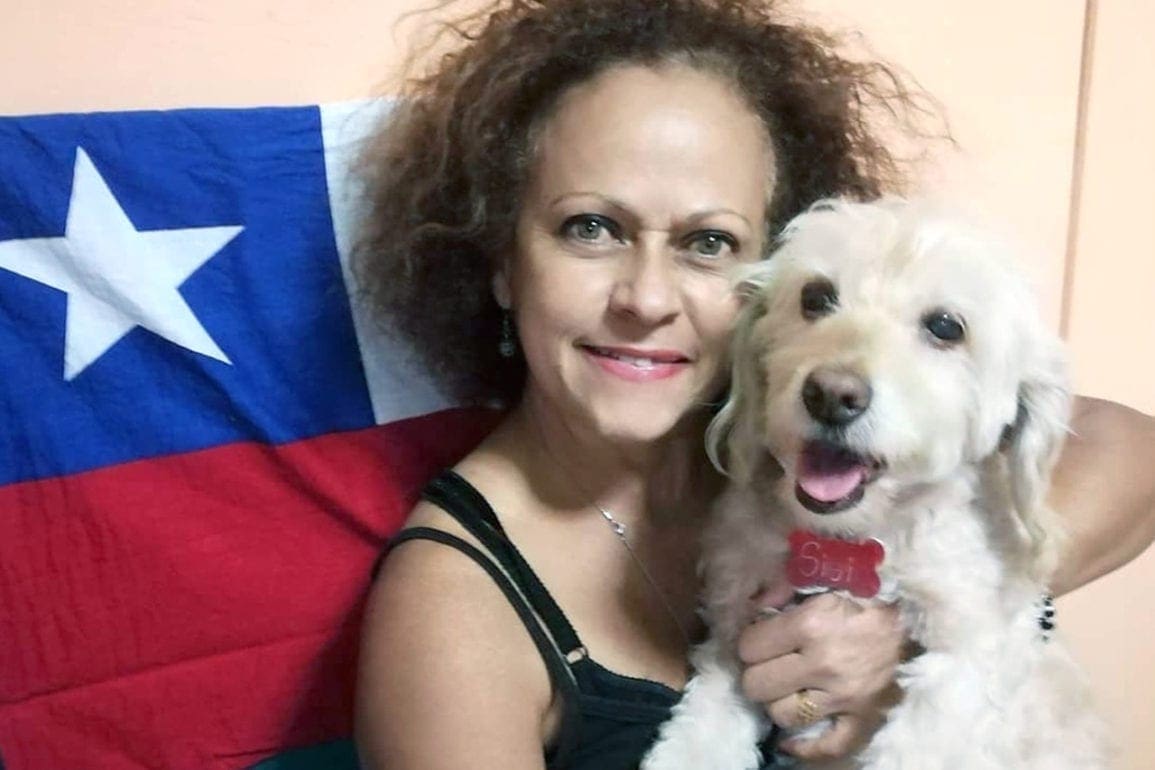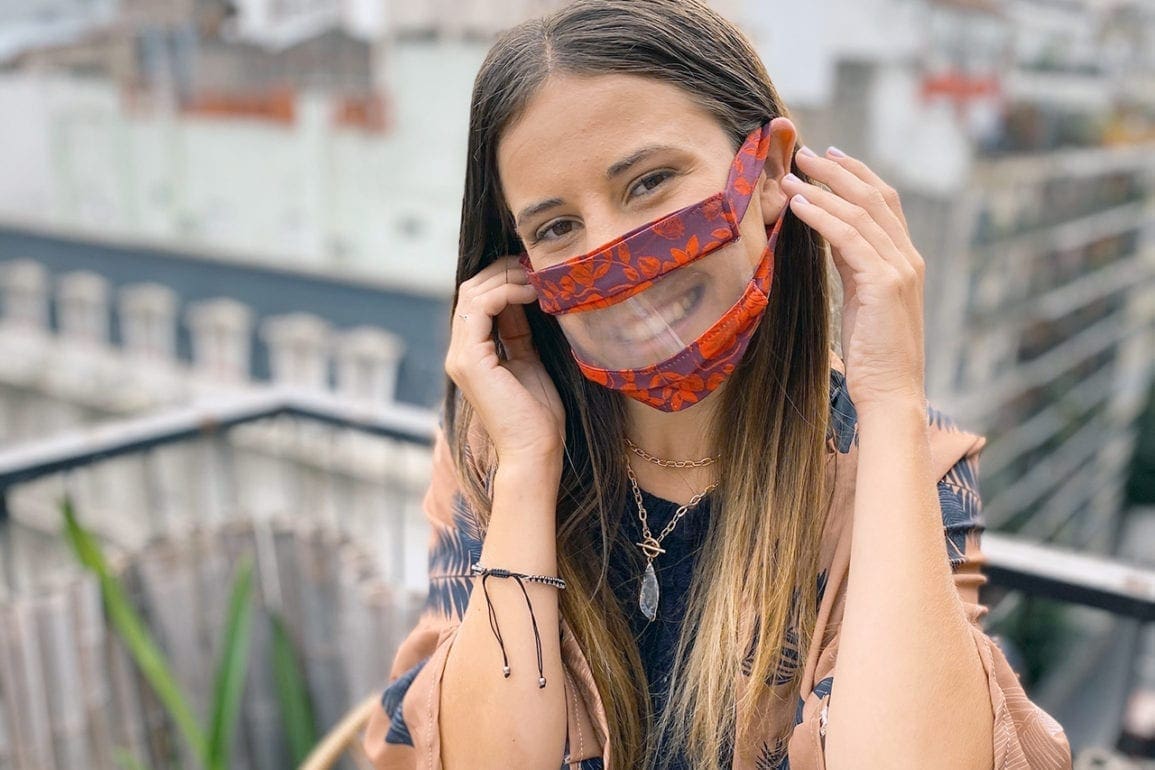Award-winning photographer Boris Eldagsen refused the Sony World Photography Award, talks AI and disruptive technology
When I sent in my entry, I had no expectations. Selecting the open category, out of eight available classifications, I competed broadly. Surely, they had a high volume of images to sift through and I suspect [though they claim differently] the judges did not have the experience to know initially that I generated the image through AI.
- 2 years ago
January 22, 2024
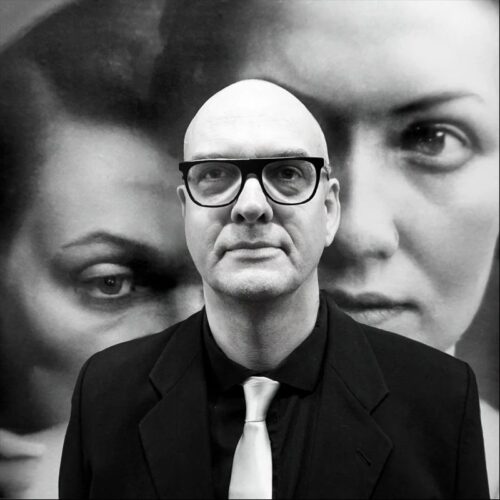
BERLIN, Germany ꟷ After the judges named me the winner of the 2023 Sony World Photography Awards in the Creative Category for my AI (artificial intelligence) generated image, I refused to accept the prize. My winning photograph depicted two women from different generations in black and white. I wanted to find out if competitions like this were prepared for the entry of AI images.
The photography world needs to engage in an open discussion about what we consider photography. “Is the umbrella of photography large enough to include AI images,” I wondered. As the first AI image to win a prestigious international photography competition, I hope to speed up the debate.
Read about the neurosurgeon leading groundbreaking AI-assisted surgeries at Orato World Media.
I suspect the judges lacked the experience to know my image was AI-generated
My love for photography set in motion over 25 years ago. After graduating from the Art Academy of Mainz and the Academy of Fine Arts in Prague, I made my way to India. A tall, fair foreigner in Hyderabad, during the day I felt like the center of attention everywhere I went. With few tourists in the city at that time, I hesitated to take photographs during the day while everyone stared at me. So, I photographed at night. Night photography became my passion and a form of artistic liberation.
As the years passed, I dove into many facets of photography. At one point, I developed a mechanism using 13 text prompts to generate imagery using artificial intelligence. One prompt will result in an image, but I wanted to watch how the machine worked. A simple statement like “a terrorist is hanged,” which includes a subject and an action, produces results, but if you have a complex workflow, knowledge in image making, and an understanding of AI’s capacity, it becomes like a co-pilot in the creation process.
When I began generating the winning image for the Sony World Photography Award, I created a prompt that simply said, “Generate a close-up of two faces from 1940.” For years, I worked with World War II images, and the black and white feeling felt accurate. Everything else I did with the image became a creative process.
When I sent in my entry, I had no expectations. Selecting the open category, out of eight available classifications, I competed broadly. Surely, they had a high volume of images to sift through and I suspect [though they claim differently] the judges did not have the experience to know initially that I generated the image through AI.
AI-generated images should not be competing with traditional photography
[When Boris Eldagsen refused to accept the prize from the Sony World Photography Awards, news of his decision spread globally through major media outlets.]
I watched eagerly as people responded in an overwhelmingly positive way to my decision. My social media followers, which include people who are in part traditional photographers, reached out. More surprisingly, many AI artists began following me. They said my decision became an important step for them to appreciate that AI should be in a class of its own.
What we do with AI – straying from 200 years of history with traditional photography – requires creating a separate category. This can be a democratic process, engaging healthy debate, because AI has the capacity to change the entire creative industry. Unlike the invention of electricity or the internet, it remains a disruptive technological revolution. As a result, my refusal of the award became bigger news than I hoped for.
To date, the organizers of the Sony World Photography Awards refuse to speak to me. I sent many emails, but received no response. When I sent an email refusing to accept the award, they remained silent. Organized by an event agency that plans several other award programs, it remains a commercial entity. At events, I bumped into German representatives from Sony, but they had no tie to the organization side. I believe they underestimated the importance of the topic.
I stand firm, AI-generated images and photography should not compete with traditional photography in ceremonies like this. AI is not photography. Because I refused to accept the award, I suggested the organizers donate the money to a photo festival in Odesa, Ukraine.
Despite my call for a debate on AI-generated images, I embrace the technology
Intense debates have erupted around the use and implications of AI with some professionals issuing apocalyptic warnings. They say technology will irreversibly damage the human experience. Most people, however, fail to recognize generating AI imagery requires three distinct steps.
When I work on an AI image, I come up with a prompt to tell the AI the type of picture I want. Second, the machine calculates the math and retrieves the data. Finaly, the human being with experience determines if the output works or if it needs something more.
I then prompt the AI again and repeat the steps multiple times to change the workflow and the final look. In other words, to generate my award-winning AI image, it required a human being with dedicated experience. In my award-winning image, I worked out-painting, where I added multiple pixels outside the AI. Most people who criticize AI fail to see the complexity it requires.
For over a year now, I have taught students AI in the classroom. I say AI becomes a knowledge amplifier; like discovering a new continent. It moves fast and can feel overwhelming. Despite my call for a debate on AI versus traditional photography, every week, I feel excited for new possibilities. Some professionals, however, feel scared because AI allows the gap between amateurs and professionals to shrink.




